So here’s a list of what LWR received last week alone, bringing the total intakes thus far for JUNE only to 65 (at about 150 for the year, I think)—an all-time high for a single month: 5 nestling mockers, 3 nestling barn swallows, adult cardinal, fledgling downy woodpecker, pre-fledgling brown thrasher, 1st-year red tailed hawk; adult Mississippi kite, downy screech owl, 2 unrelated fledgling mockers, downy Mississippi kite, 3 red bellied woodpecker nestlings, 5 nestling chimney swifts, another fledgling mocker, 3 unidentified hatchlings, and a nestling mocker.
Good Lord, I’m exhausted just typing that. Okay, that’s this week’s update. Gonna go nap between stuffing gaping beaks…
Seriously, it really was a killer week.
Okay, let’s start with releases: all four red bellies flew the coop, and as luck would have it, I was in the flight when the last one to leave took advantage of the escape hatch, so we have a very short video clip of that to augment the release pix.
The mourning dove is still not growing back the feathers ripped out by the cat attack several months ago now, so I’m beginning to lose hope she’ll be releasable.
The great crested flycatcher also has some lingering issues from her probable spinal injury. Her balance is off, making perching an iffy proposition for her on small branches, and she’s managed to ruin her tail feathers spending so much time on the ground in the flight. Still, she’s a sweet bird and as long as she’s eating I’ll give her a while longer to see how things develop.
Early last week a nest of hatchling mockers came in. The rescuers had been enjoying watching the parents feed the babies, and then suddenly both parents disappeared. The hatchlings did very well the first two days and then began a steep decline. As I mentioned last week, birds hatch with sterile guts and their parents’ saliva as they feed them insects provides the gut flora they need to be healthy. My guess is these babies didn’t get enough of that gut flora; they didn’t make it.
Hot on his heels came a downy Mississippi kite. The rescuer had been watching the nest and found it destroyed on the ground after a severe storm in her area. This little darling’s sib was killed in the fall.
In case you’ve never seen the inside of a barn swallow nest, here are a couple of photos, one with the babies still in place and one after they’d been moved to an easier-to-clean nest. Pretty neat how they use the feathers from larger birds to line their nests, huh? My parents’ barn swallows use cattle egret feathers; some of the ones on this nest look like mallard breast feathers!
They’re in with the two swifts who came in as 5g hatchlings, so now I have seven swifts. One of the drowned swifts has a bad case of wry neck—his neck twists at an unnatural angle, which makes perching difficult for him and will make flight impossible. I suspect this is a “nest injury”, but he’s got another few days before I call it, as I want to make sure it’s not just a jammed nerve from the fall.
Unfortunately, all three died overnight…And yeah, it sucks when that happens, especially before you even have a chance to know what they are…Although I’m thinking possibly chickadees…

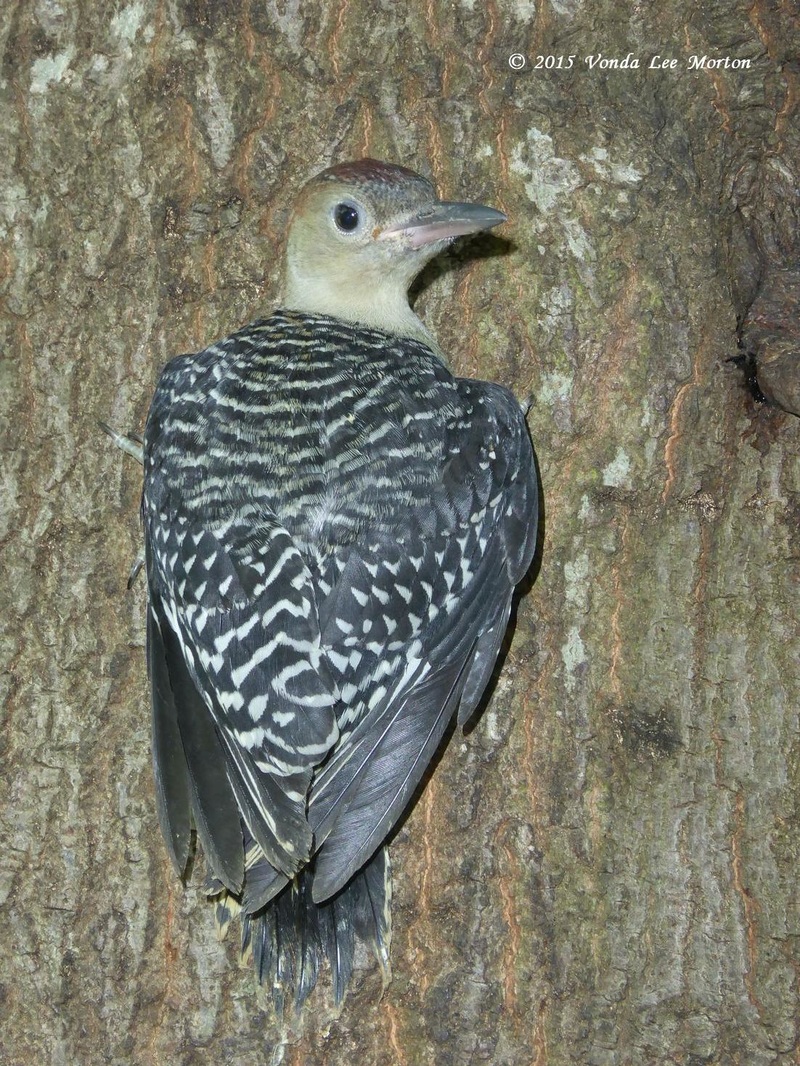
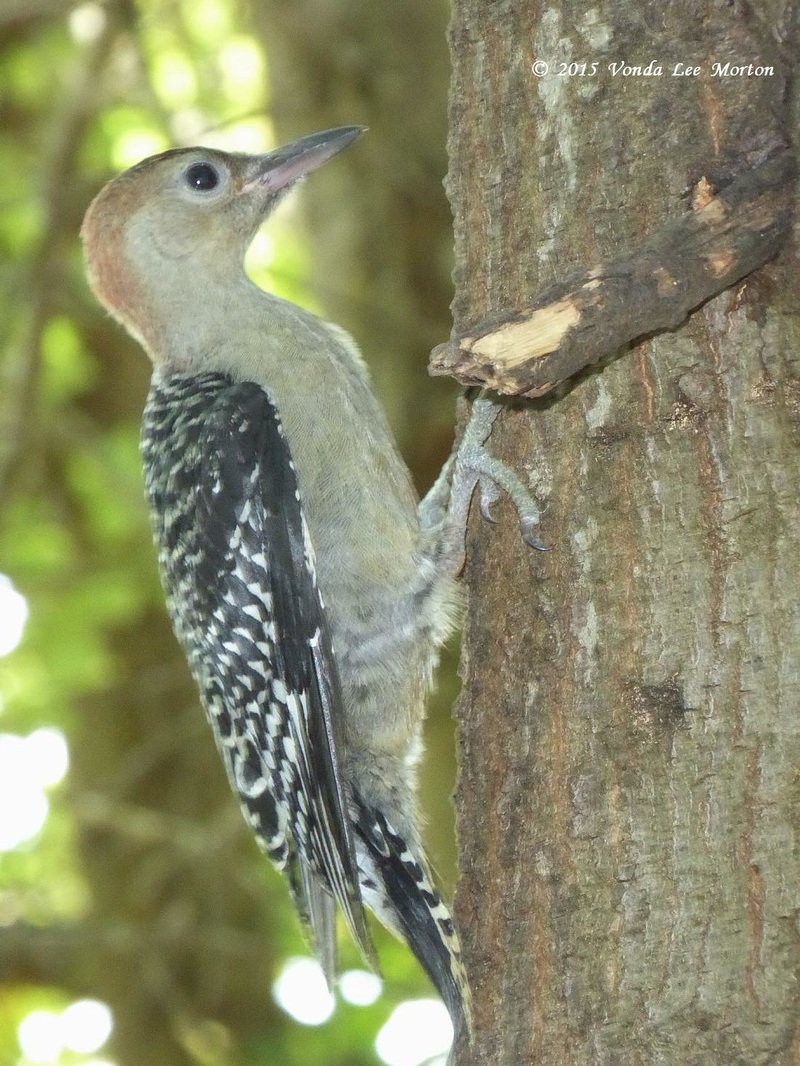
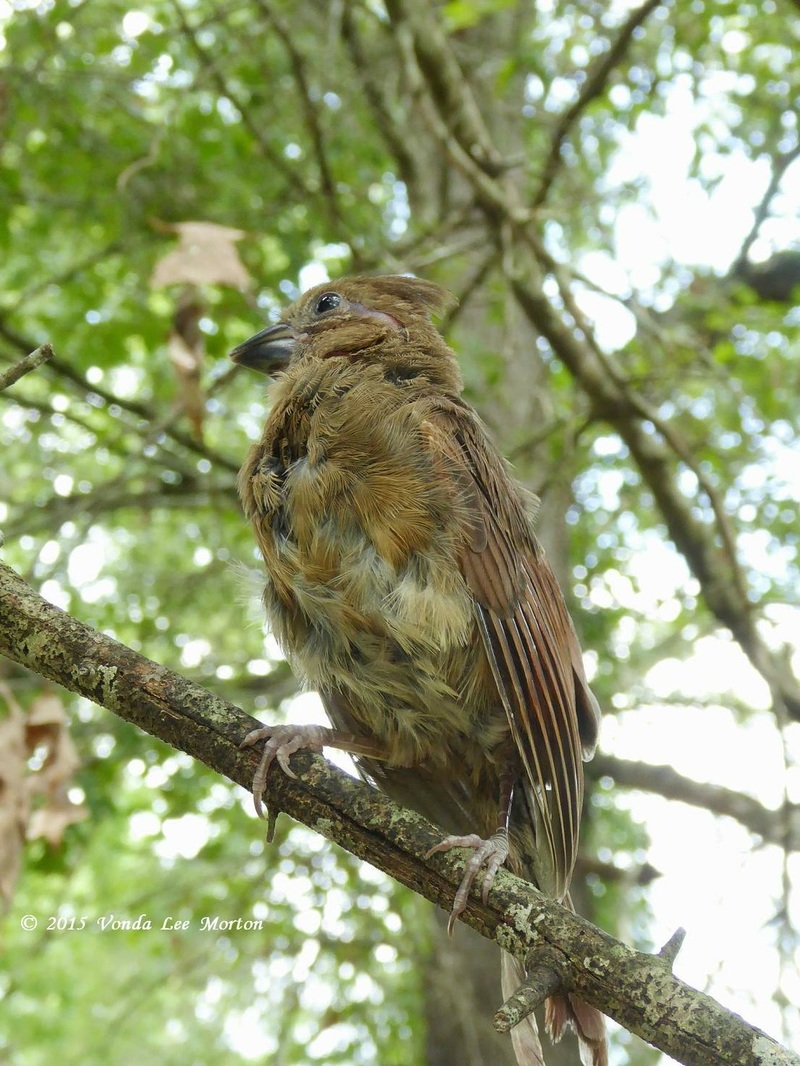
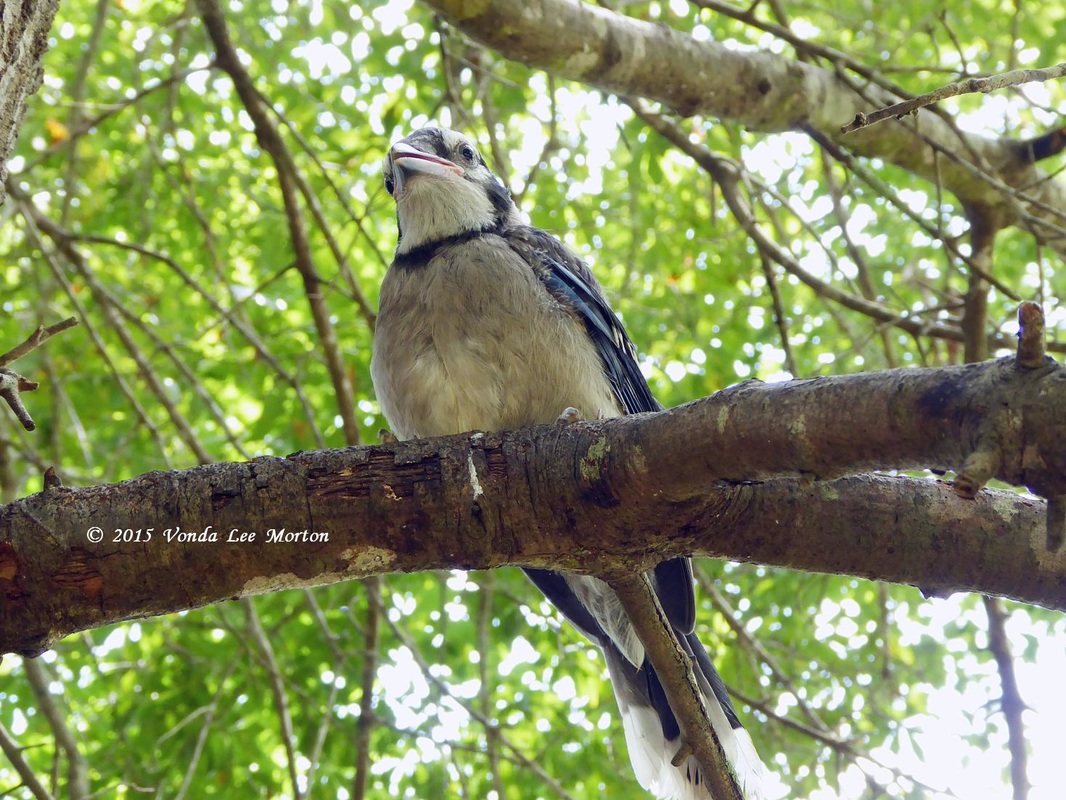

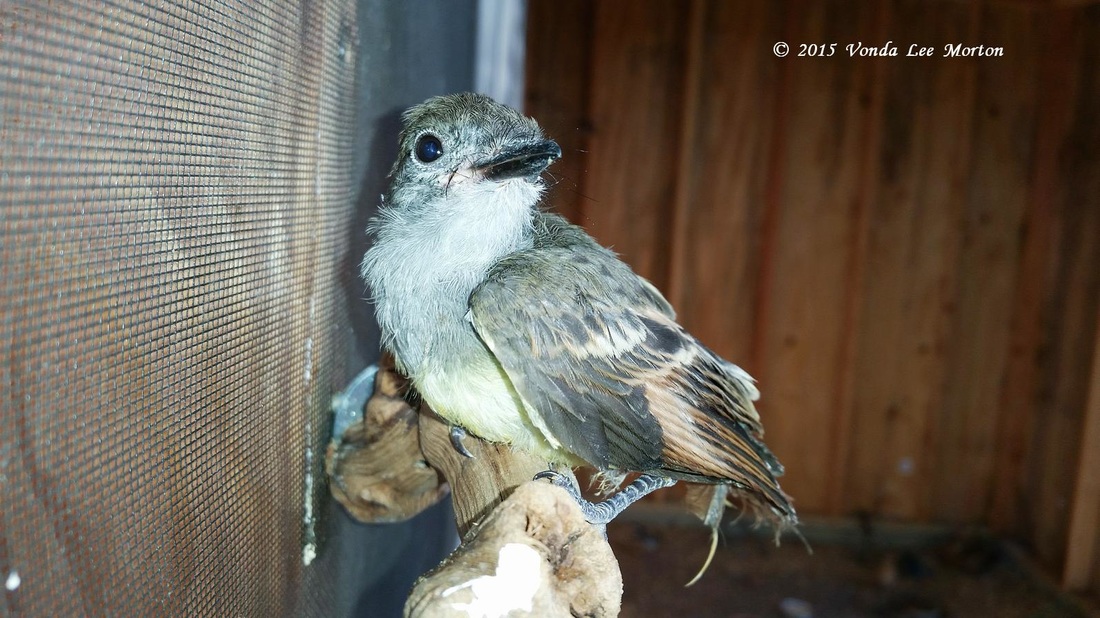
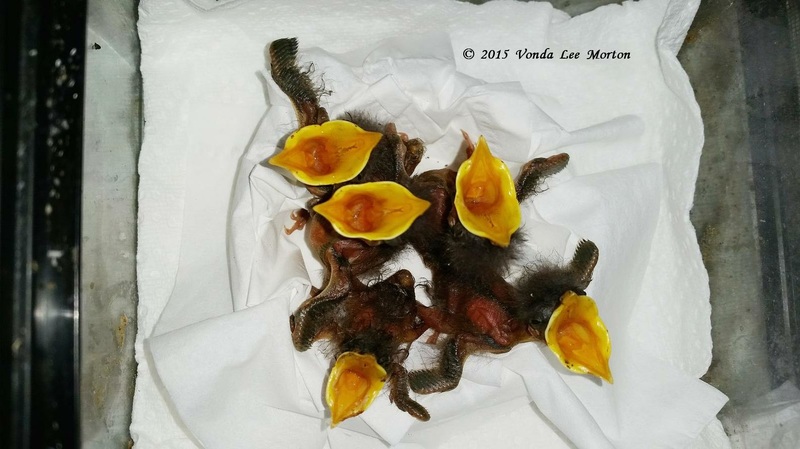
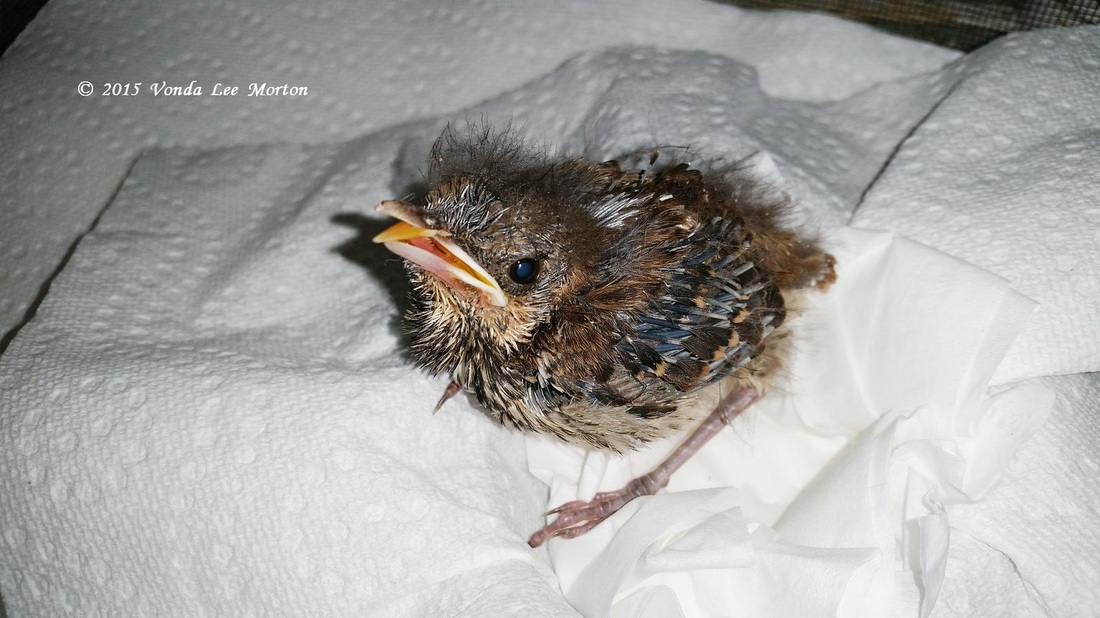
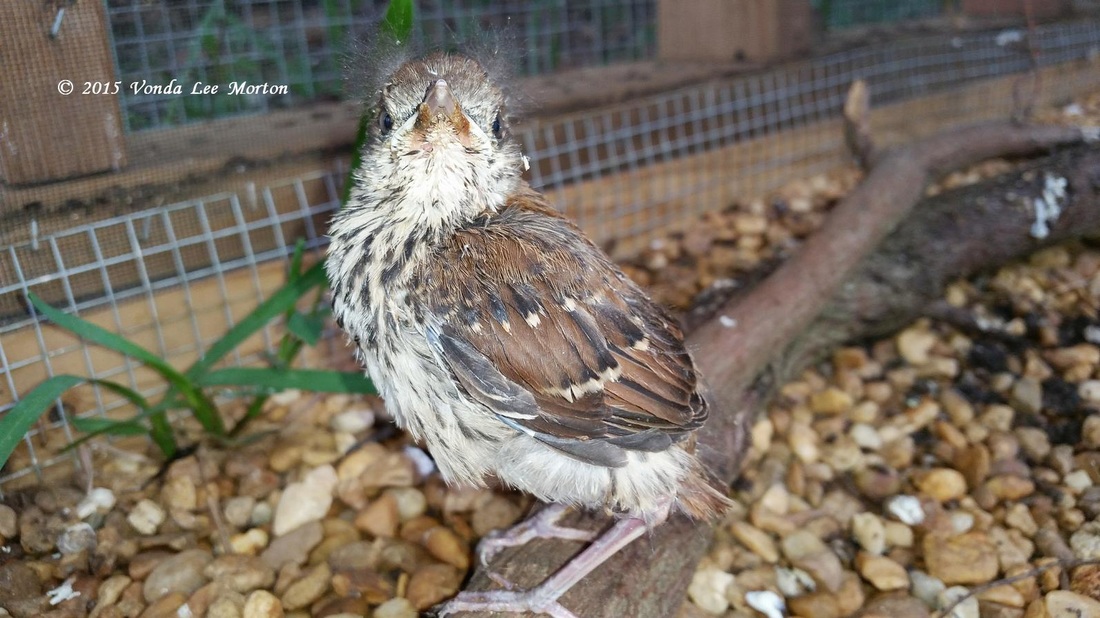
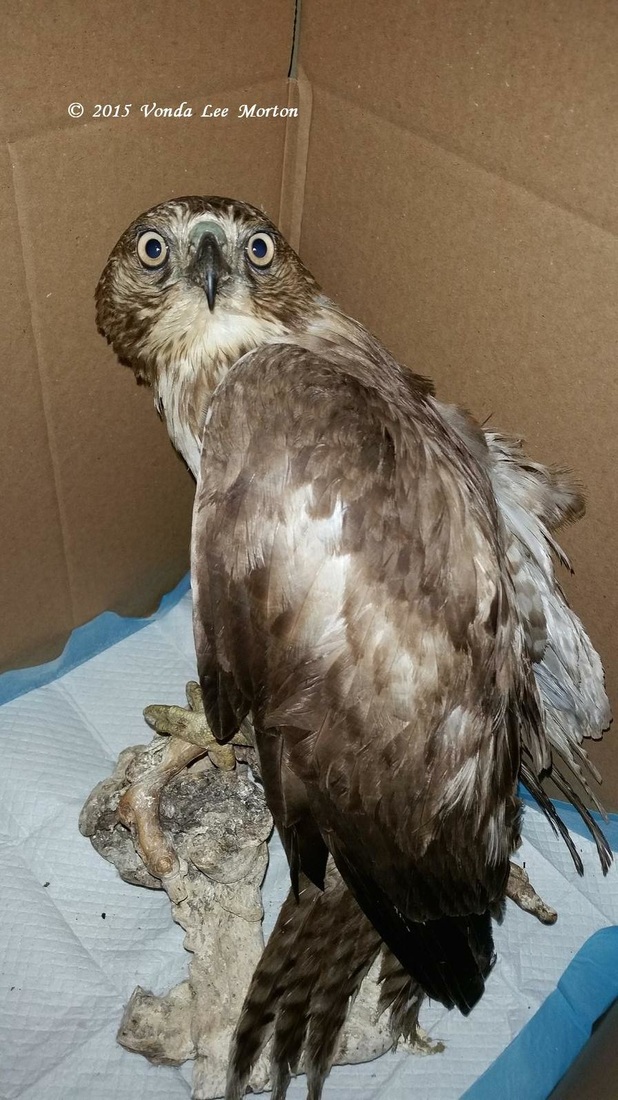
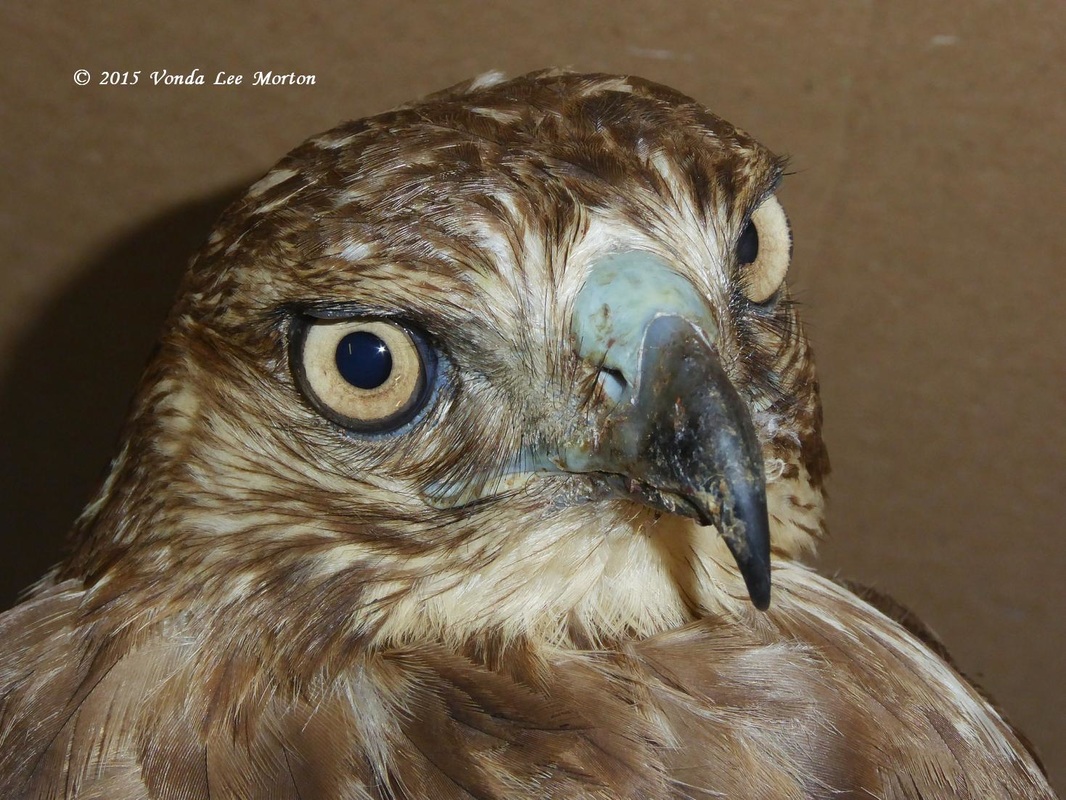
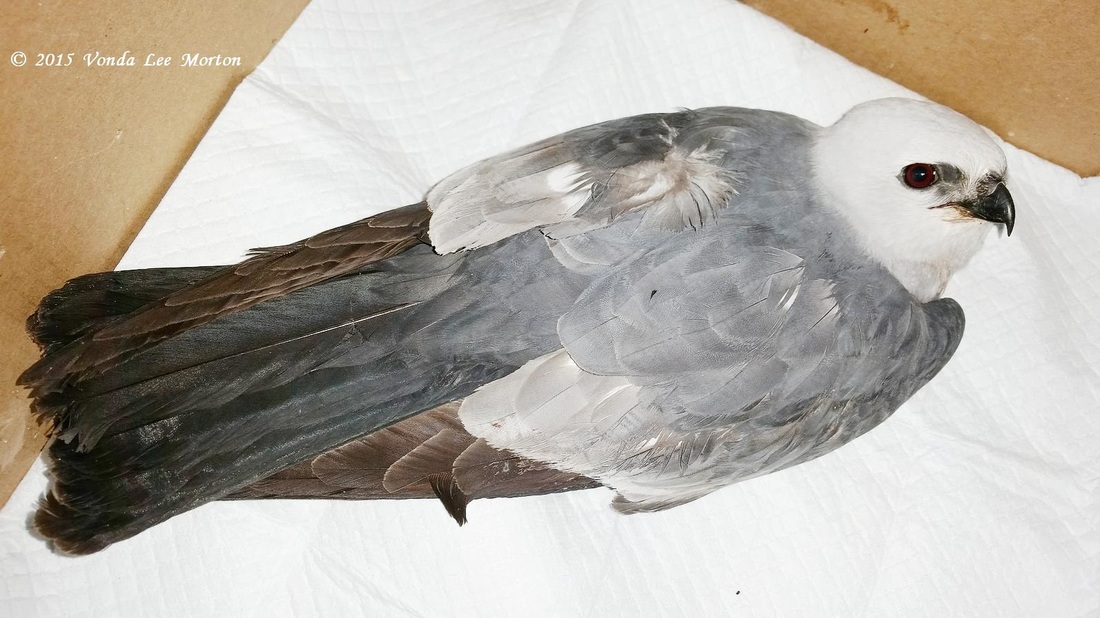
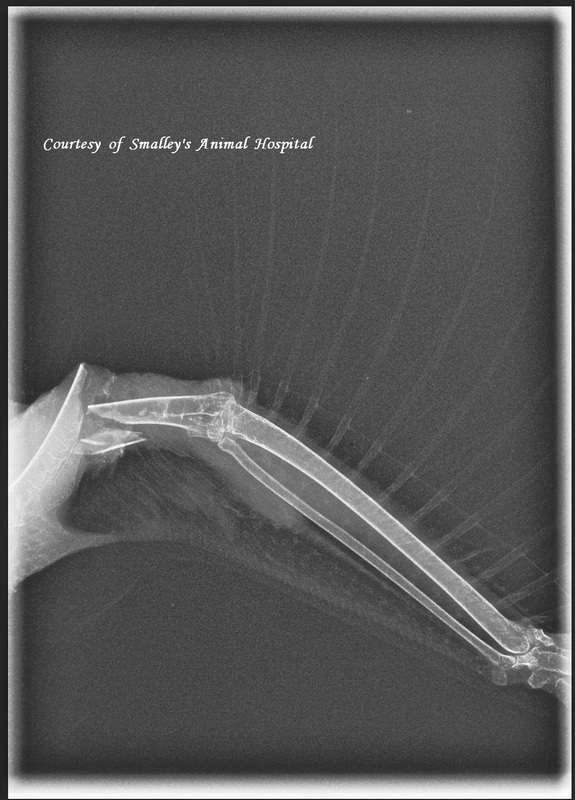
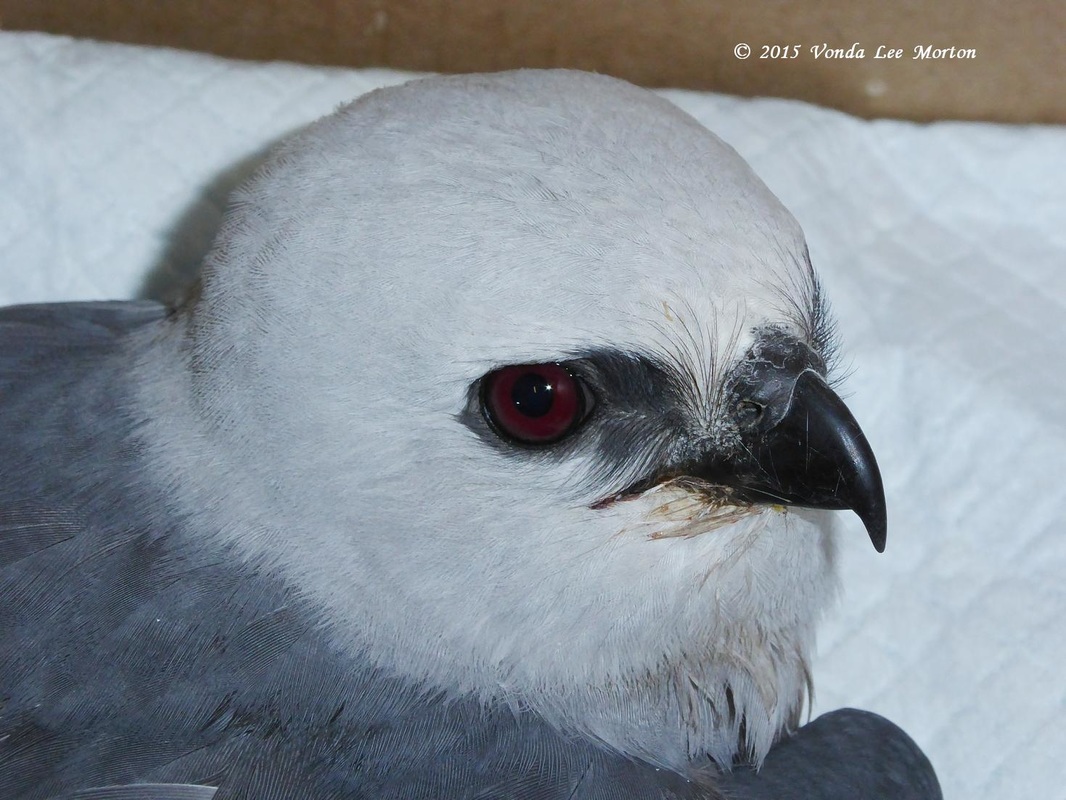
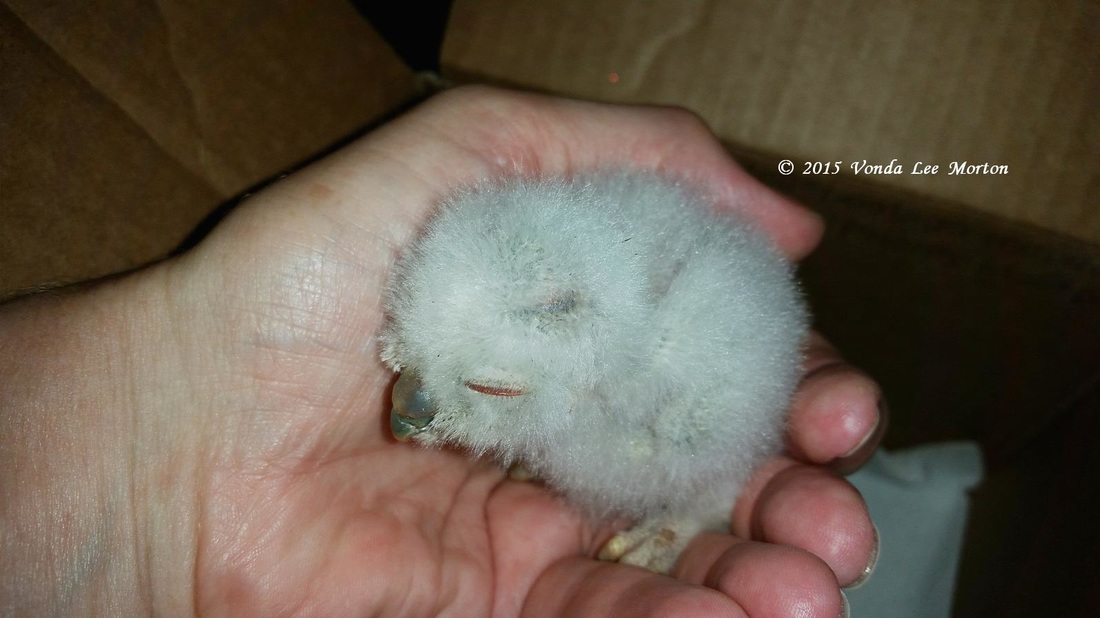
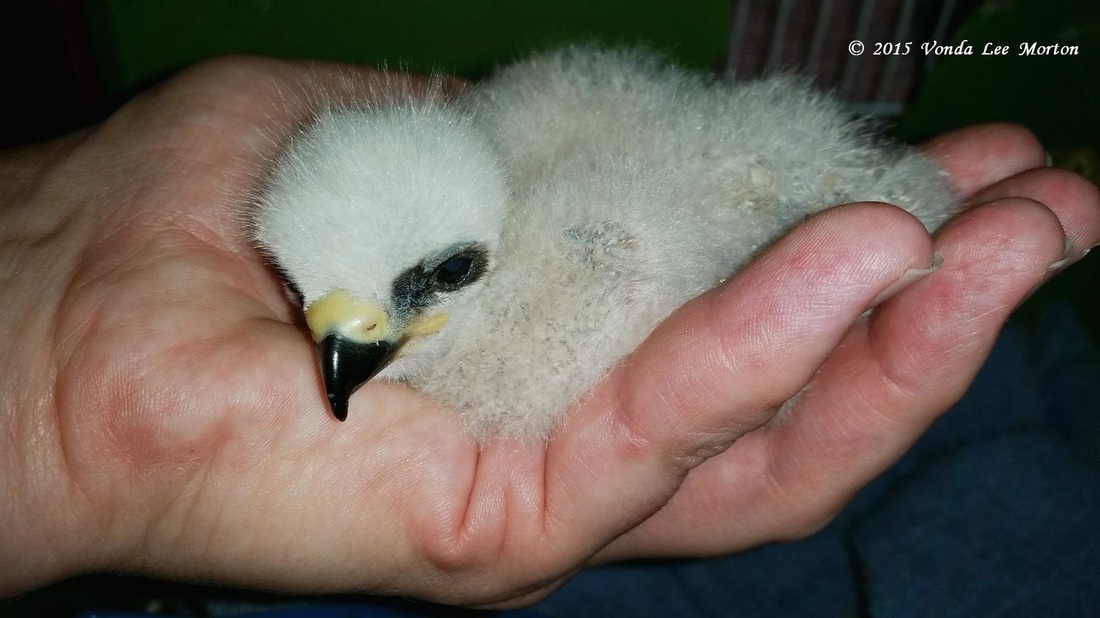
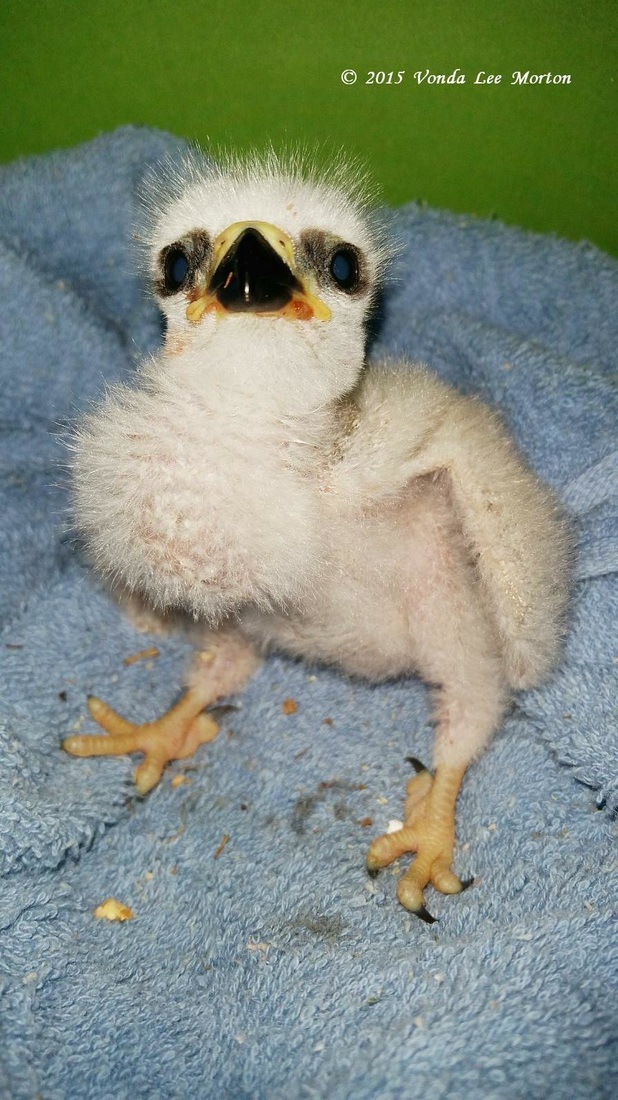
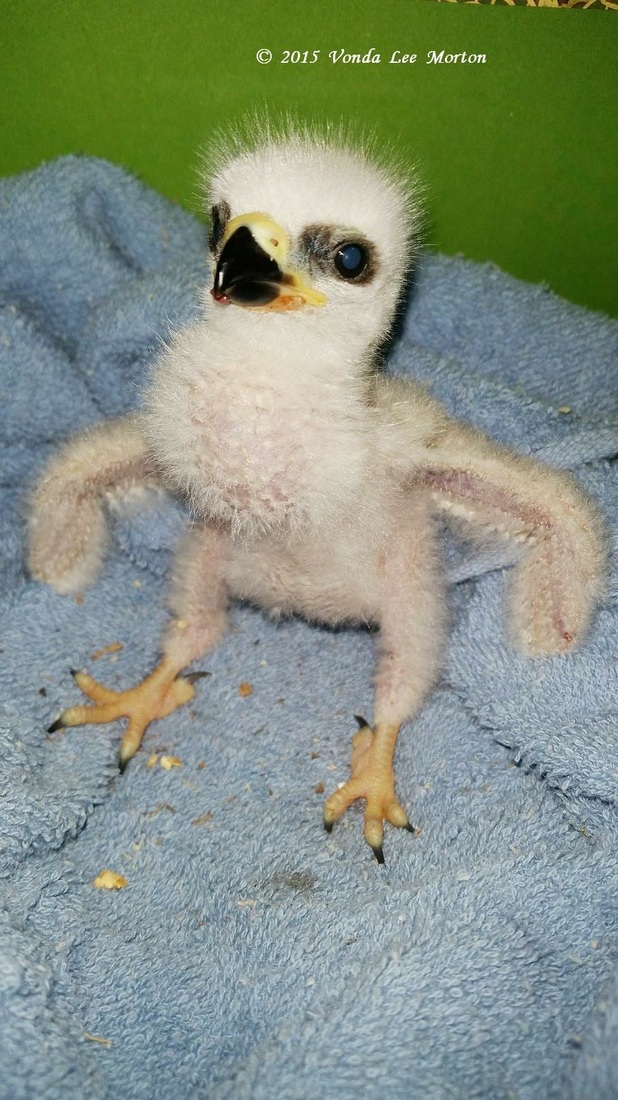
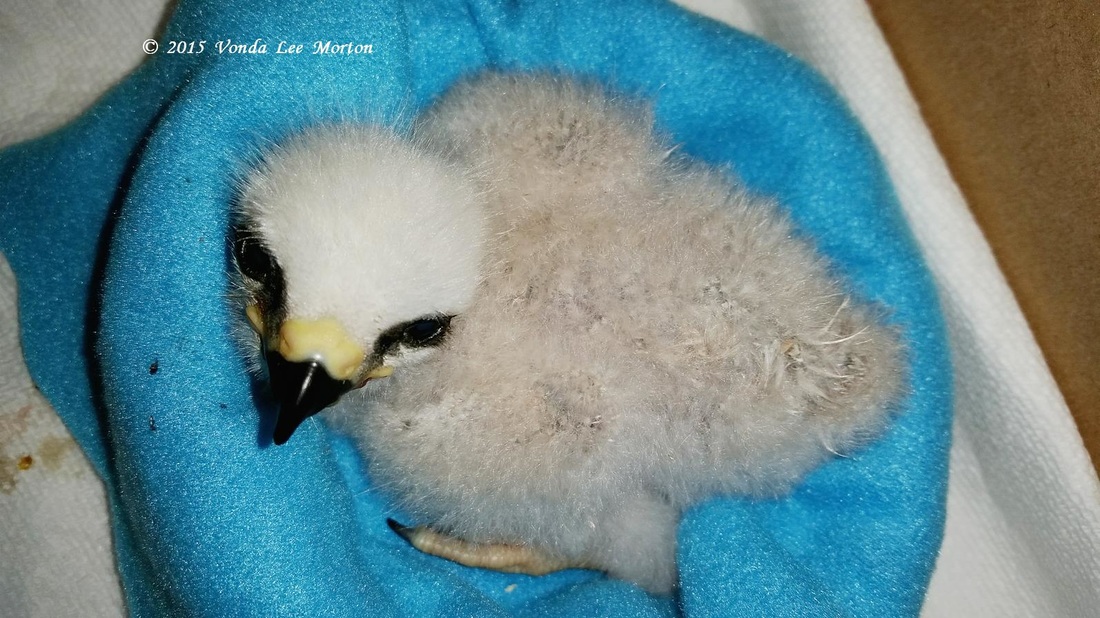
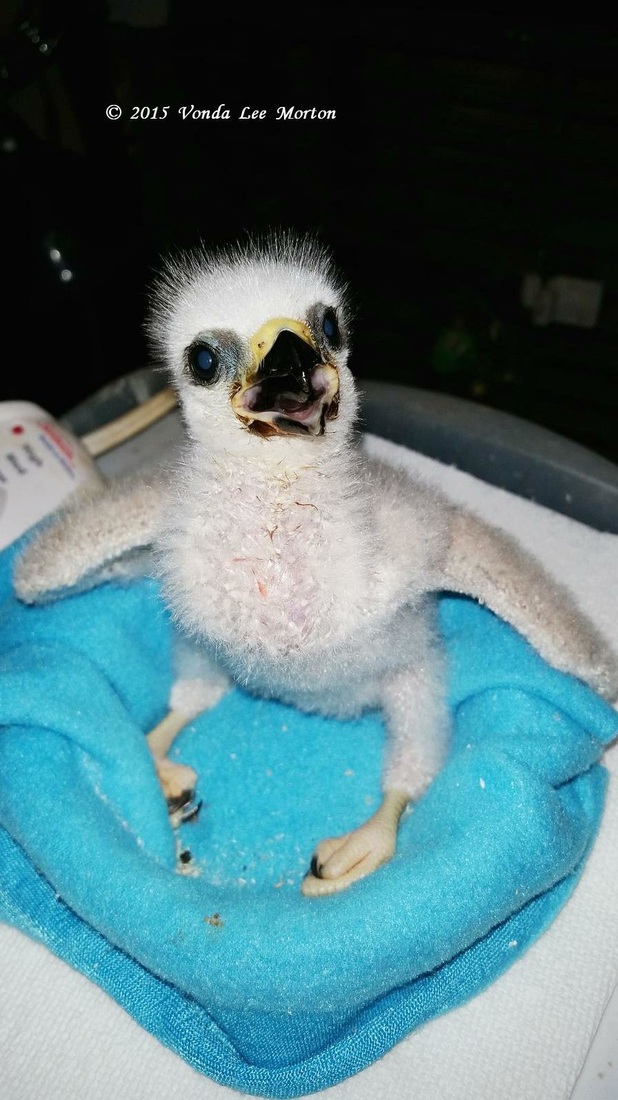
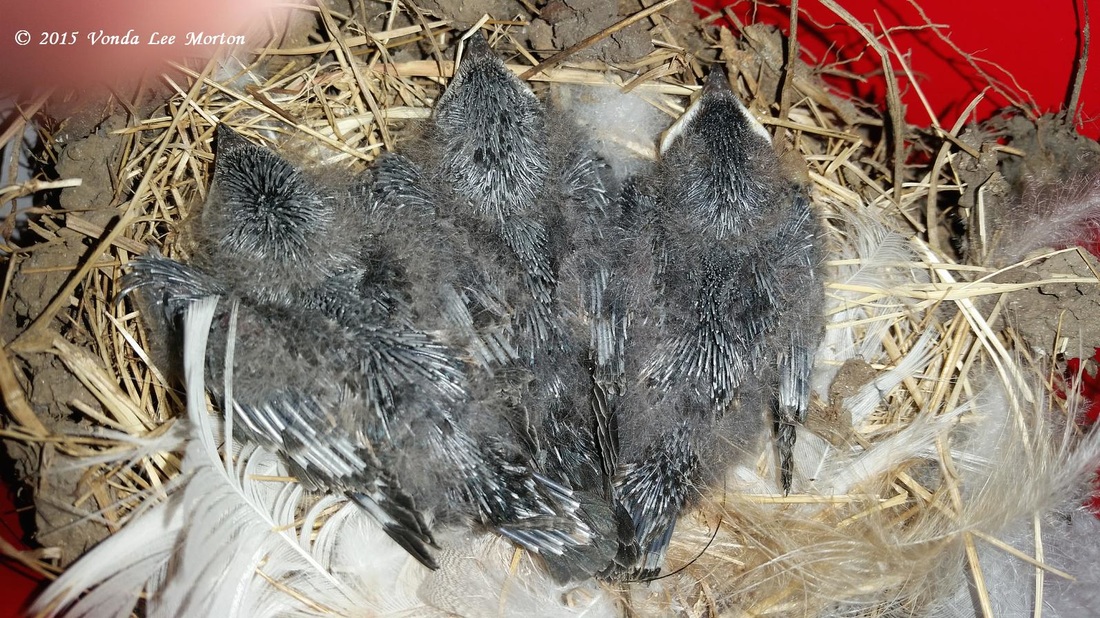
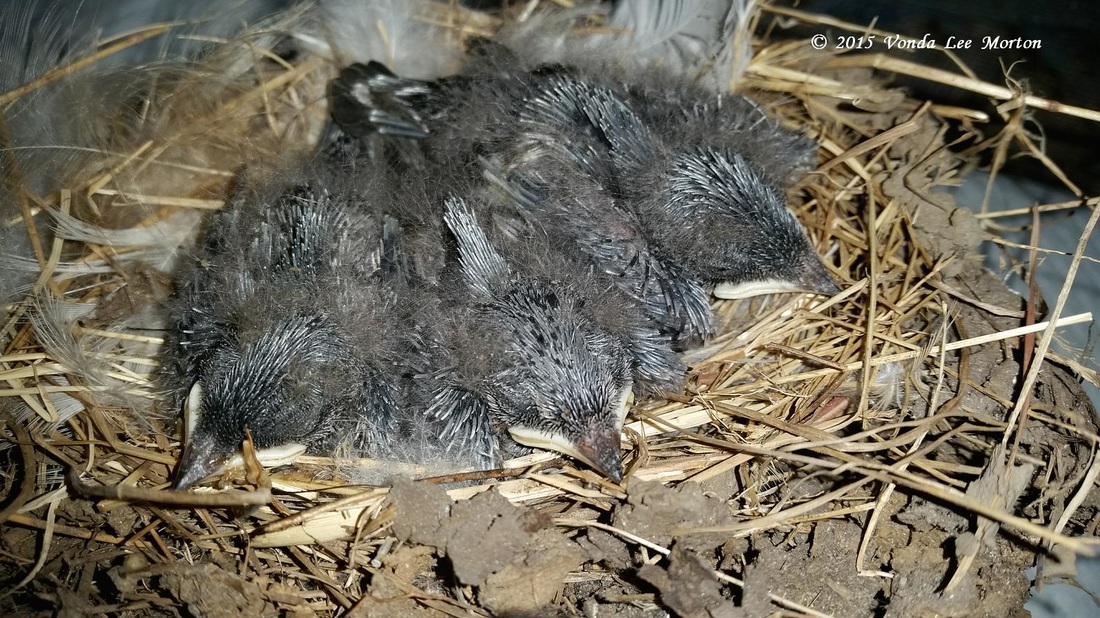
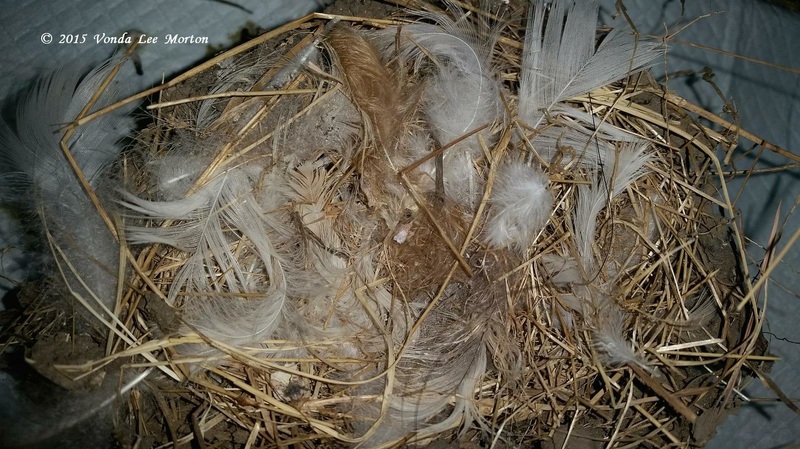
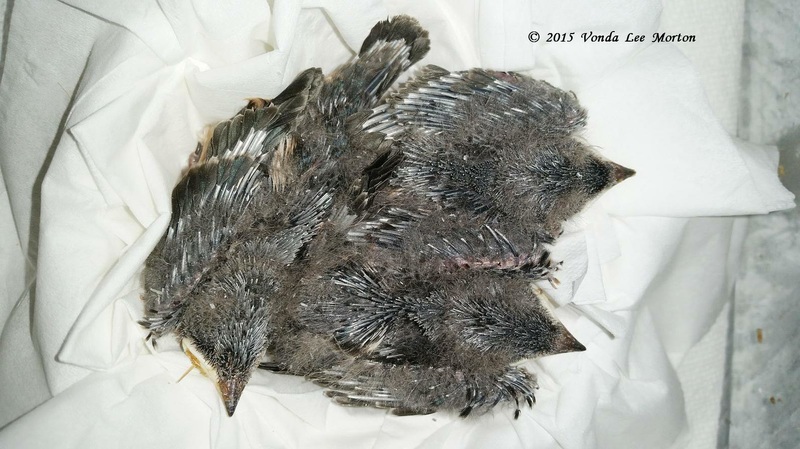
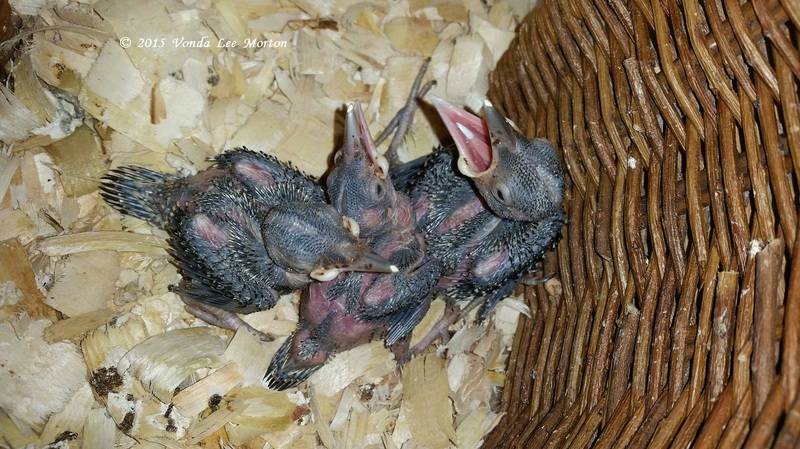
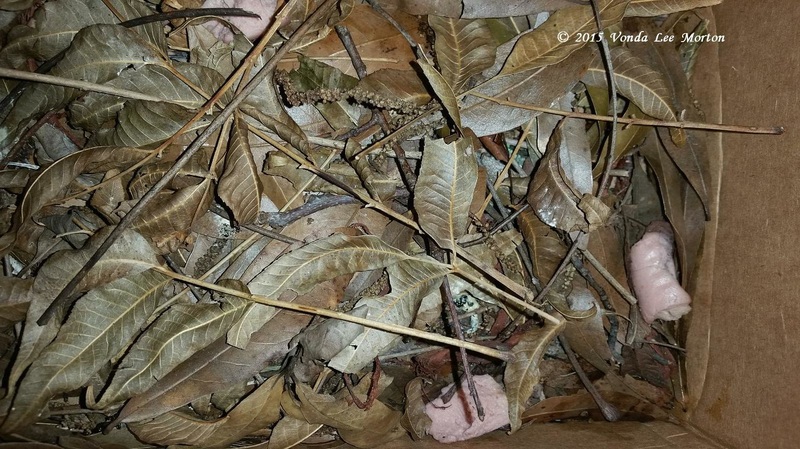
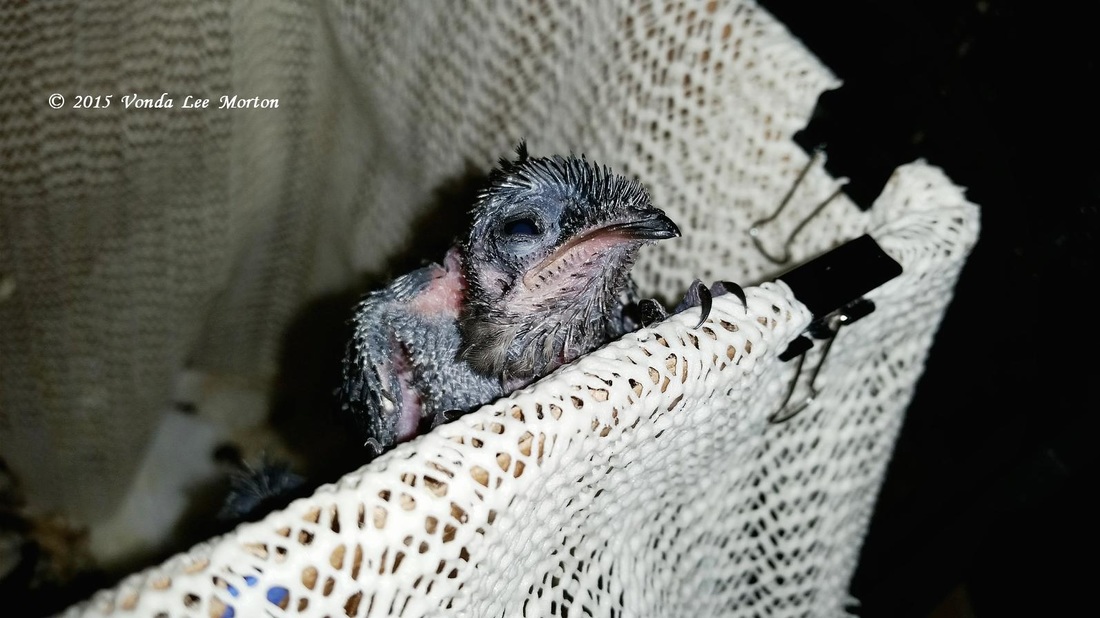
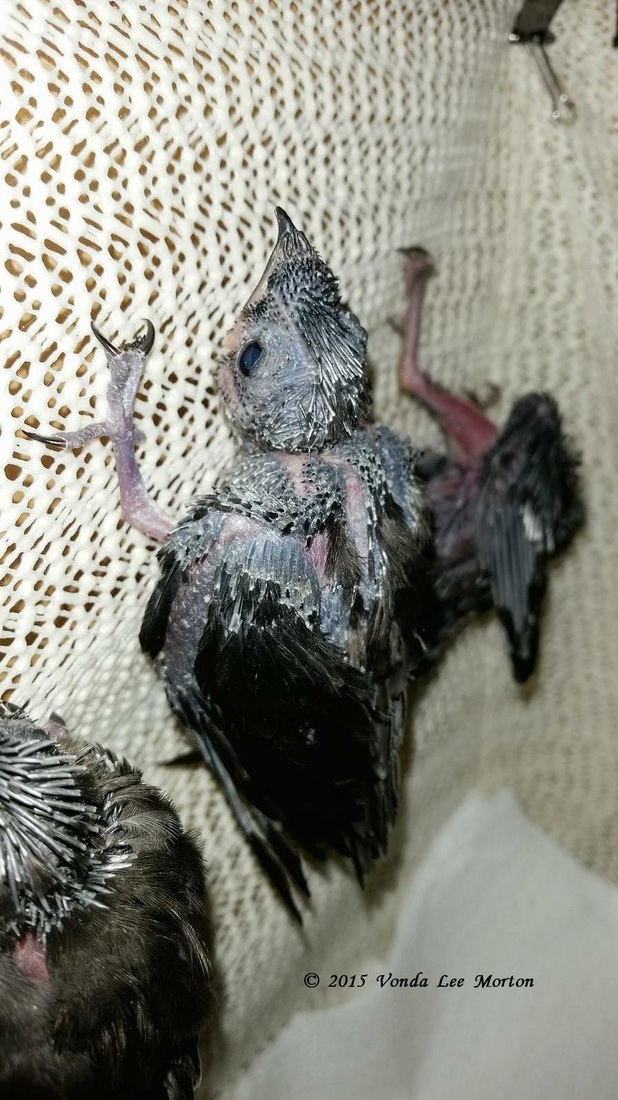
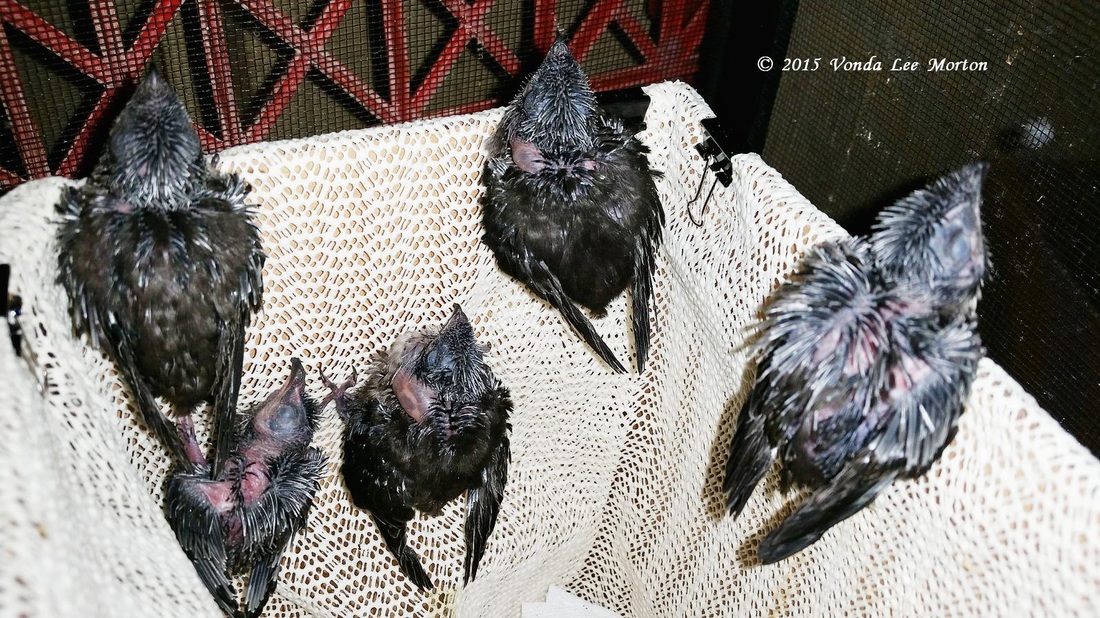
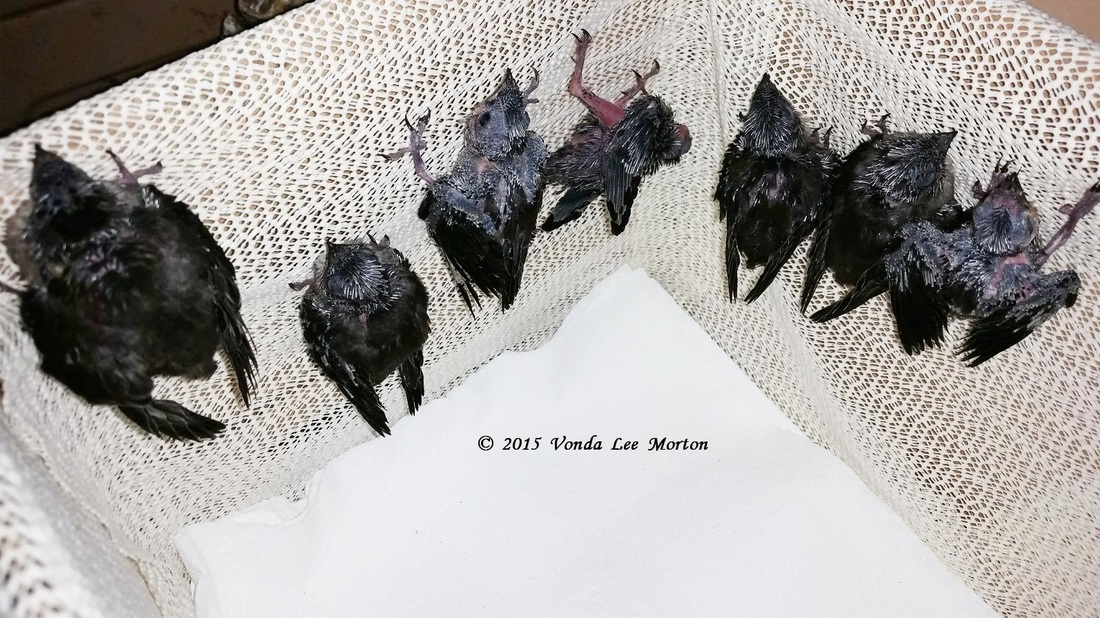
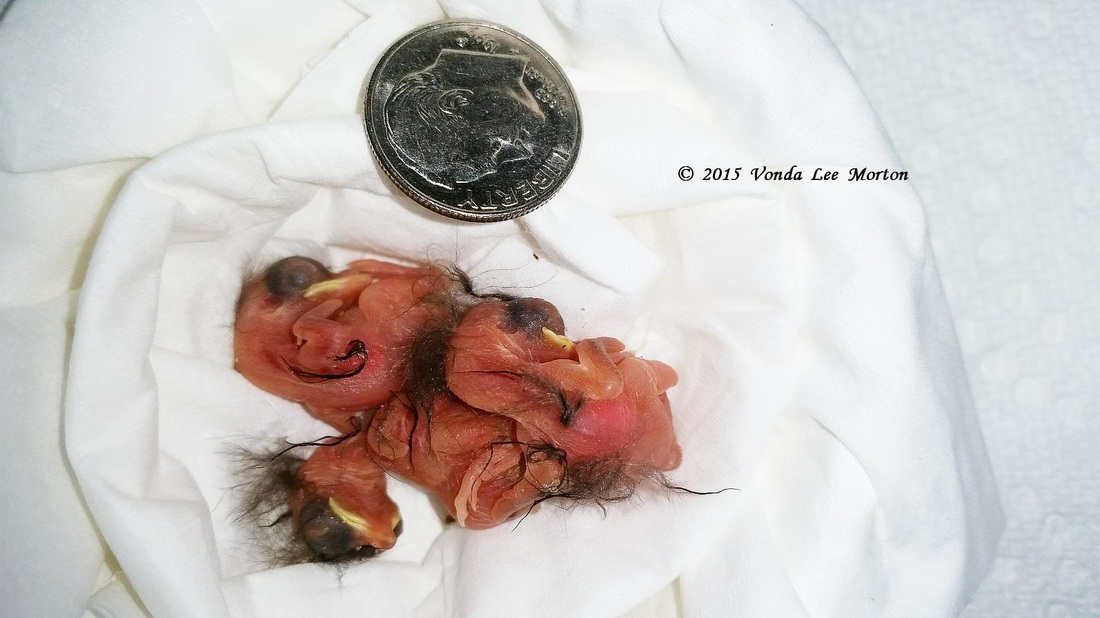
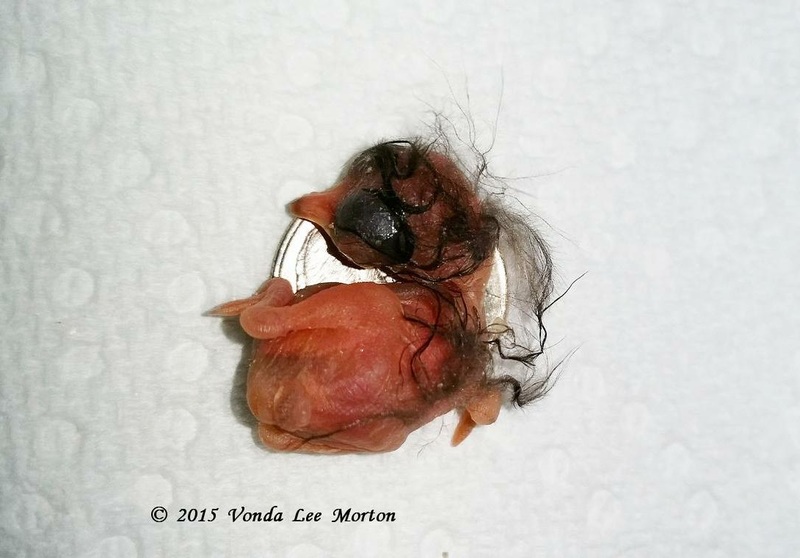
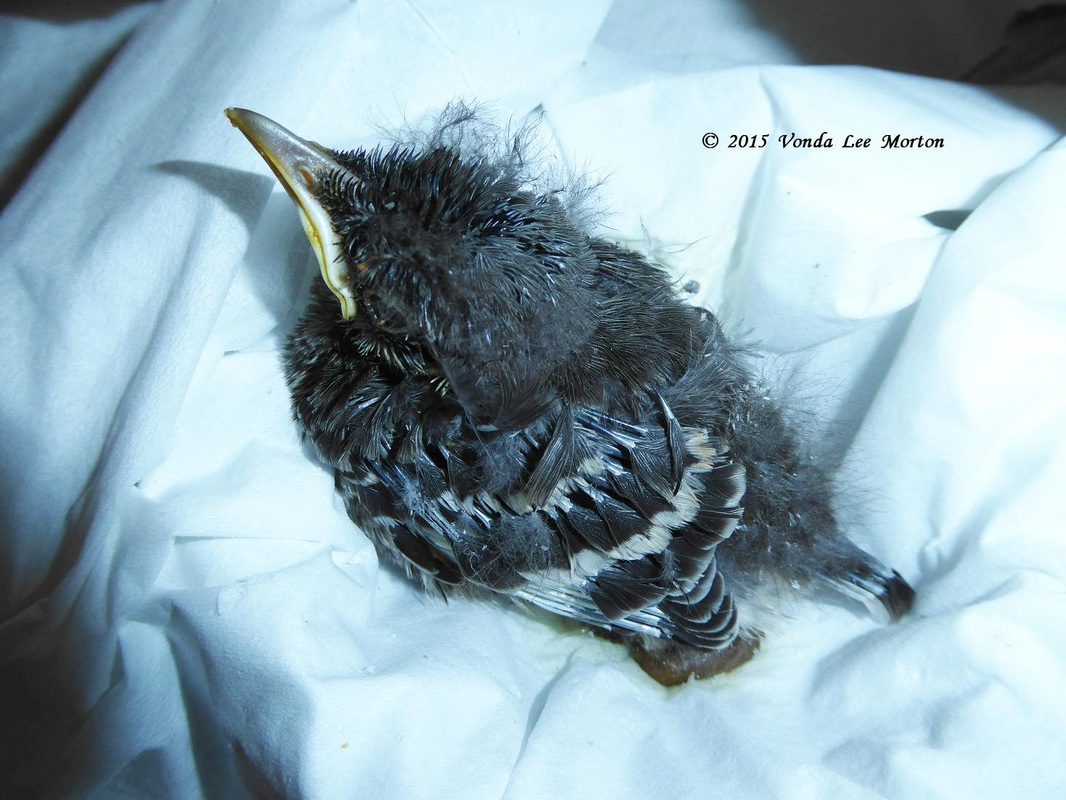
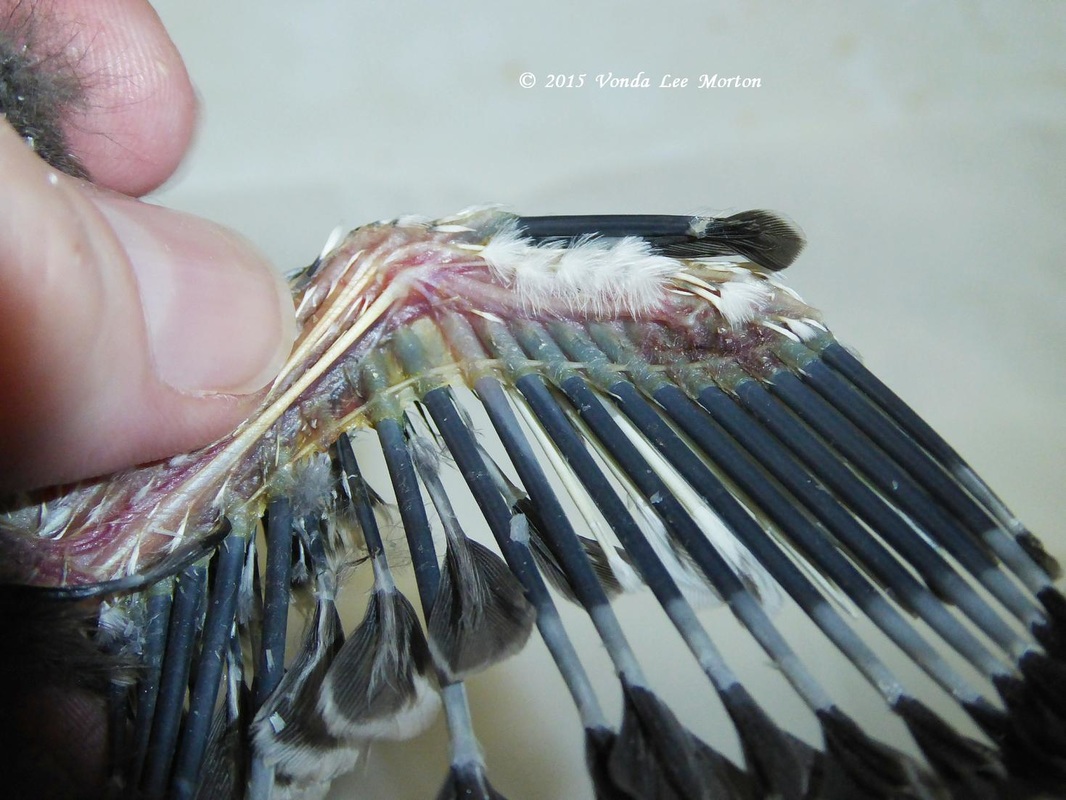
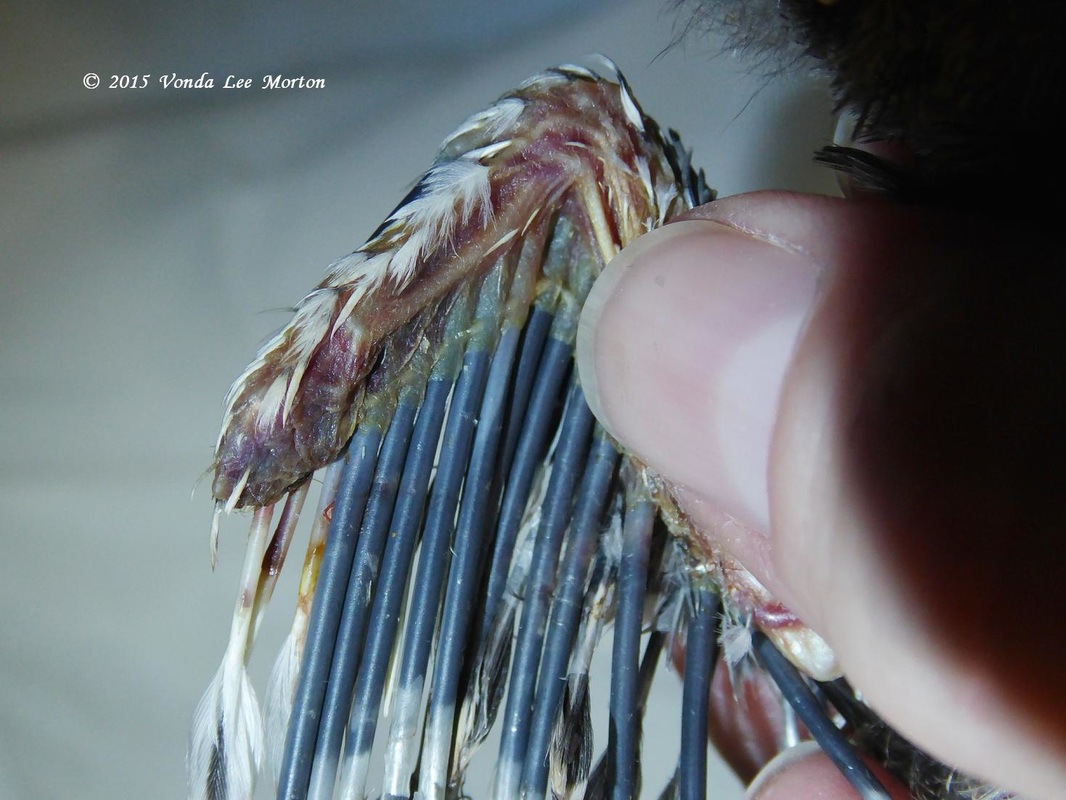
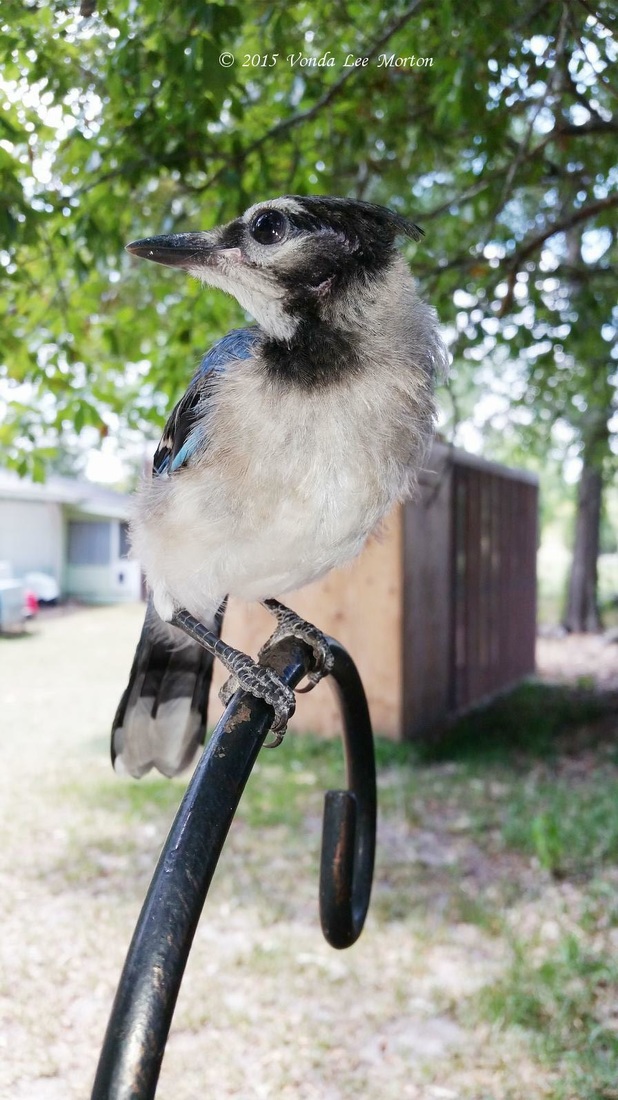
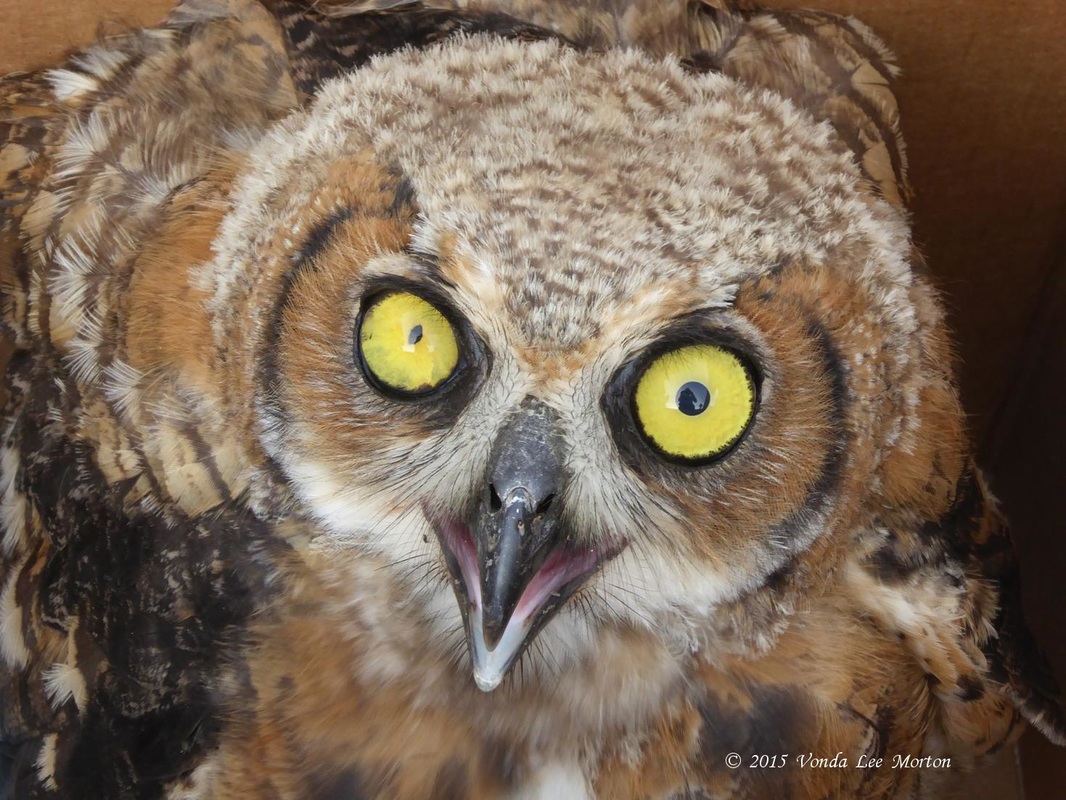
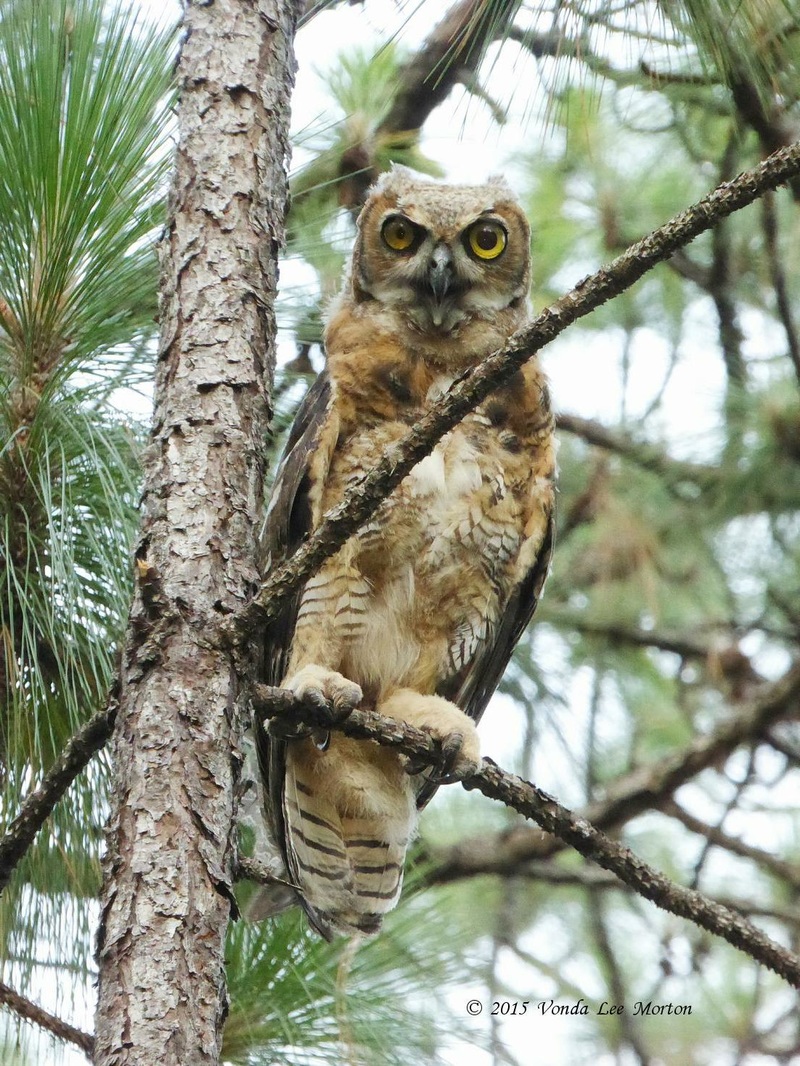
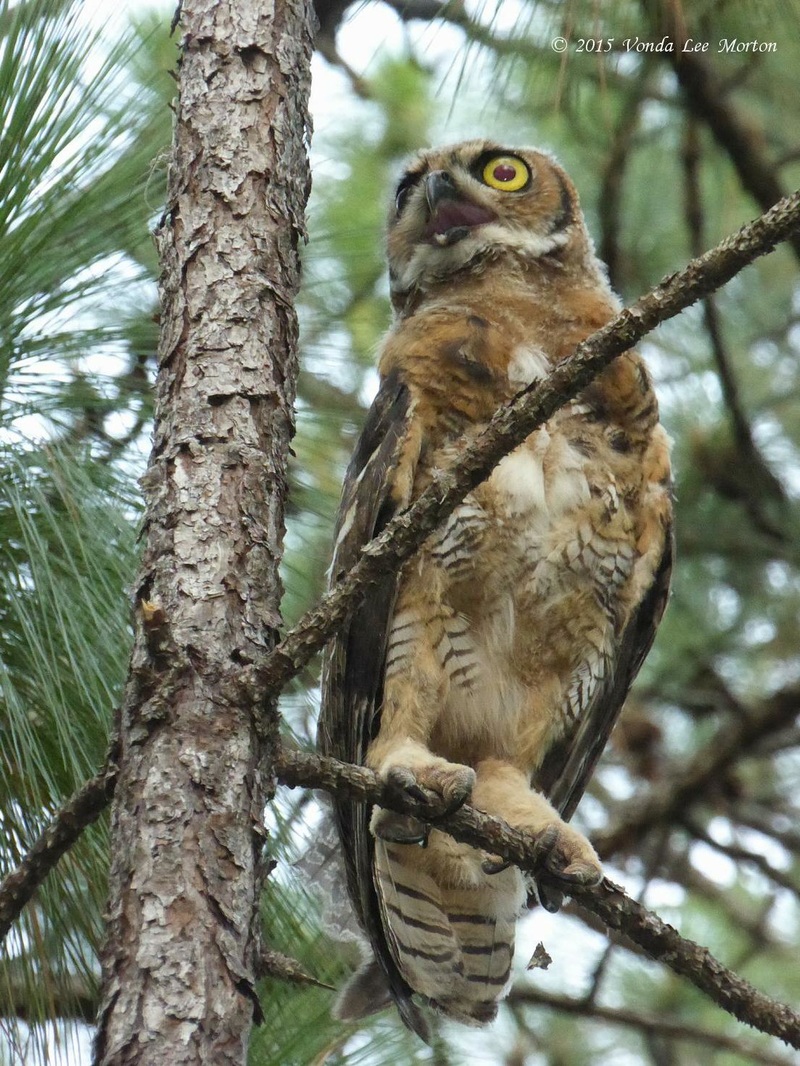
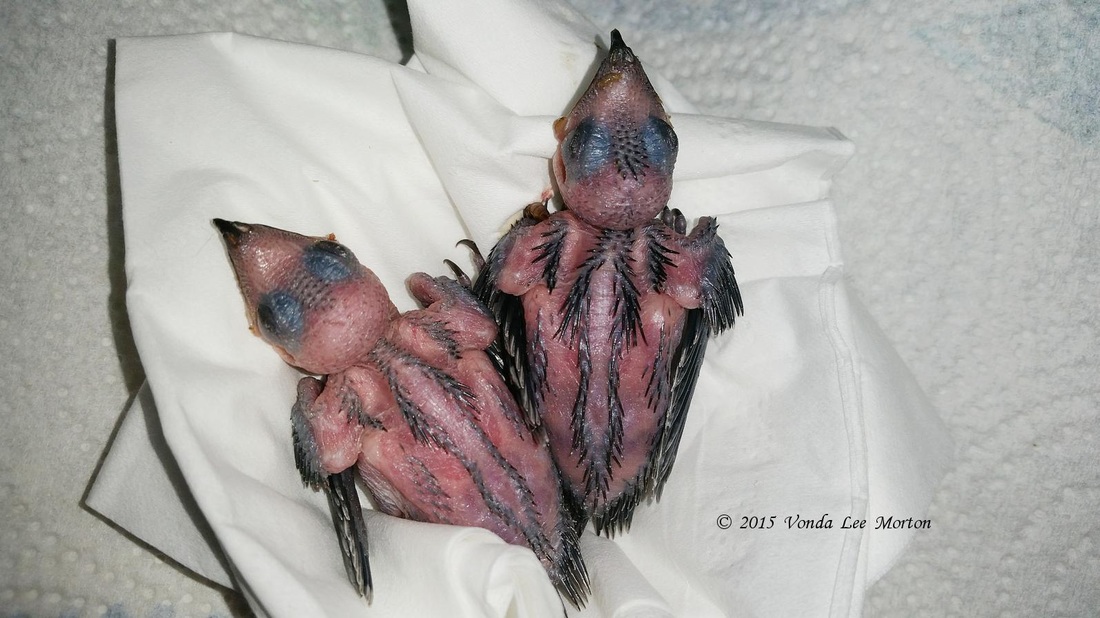
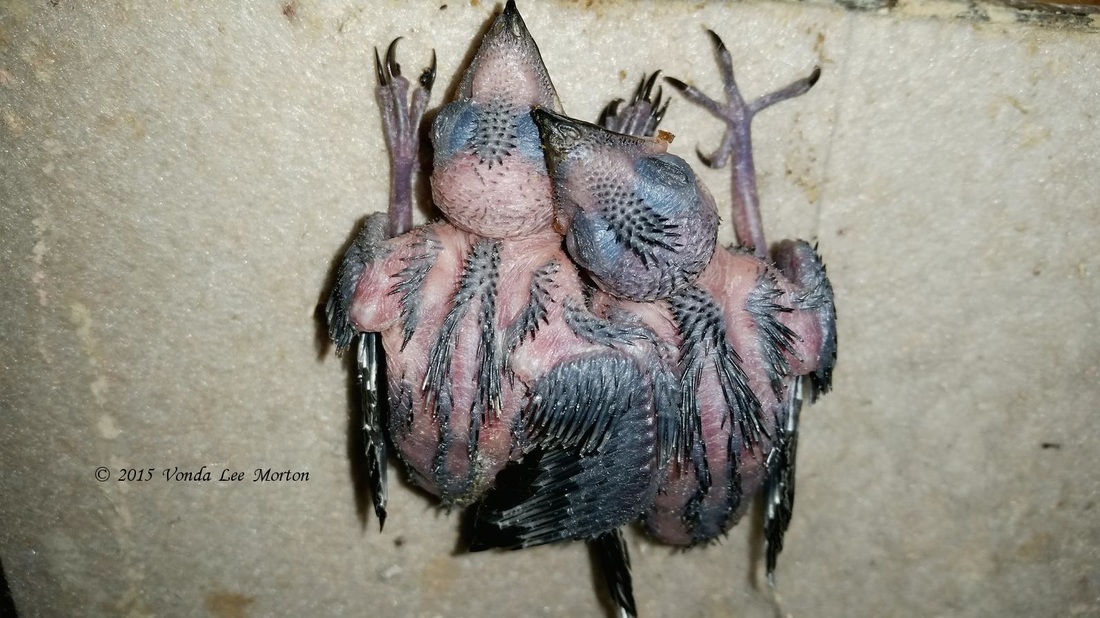

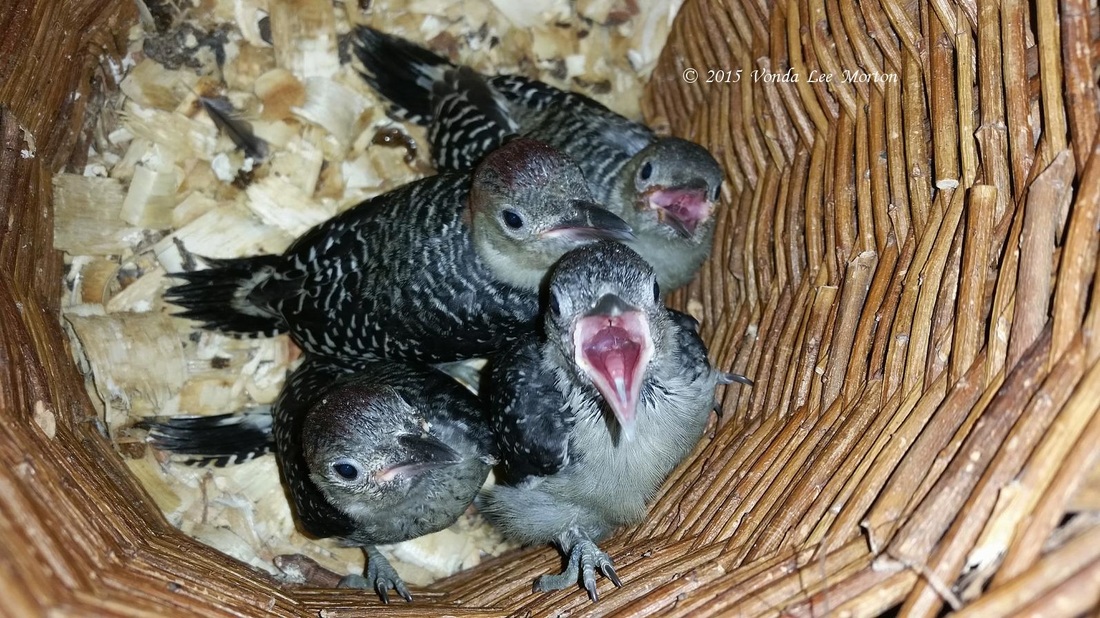
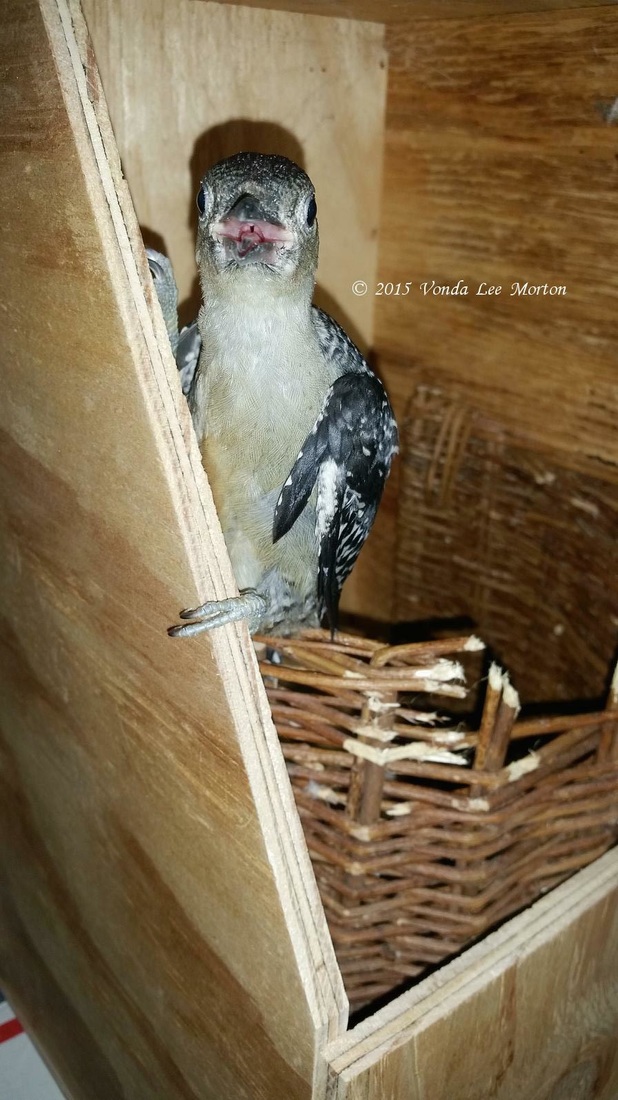
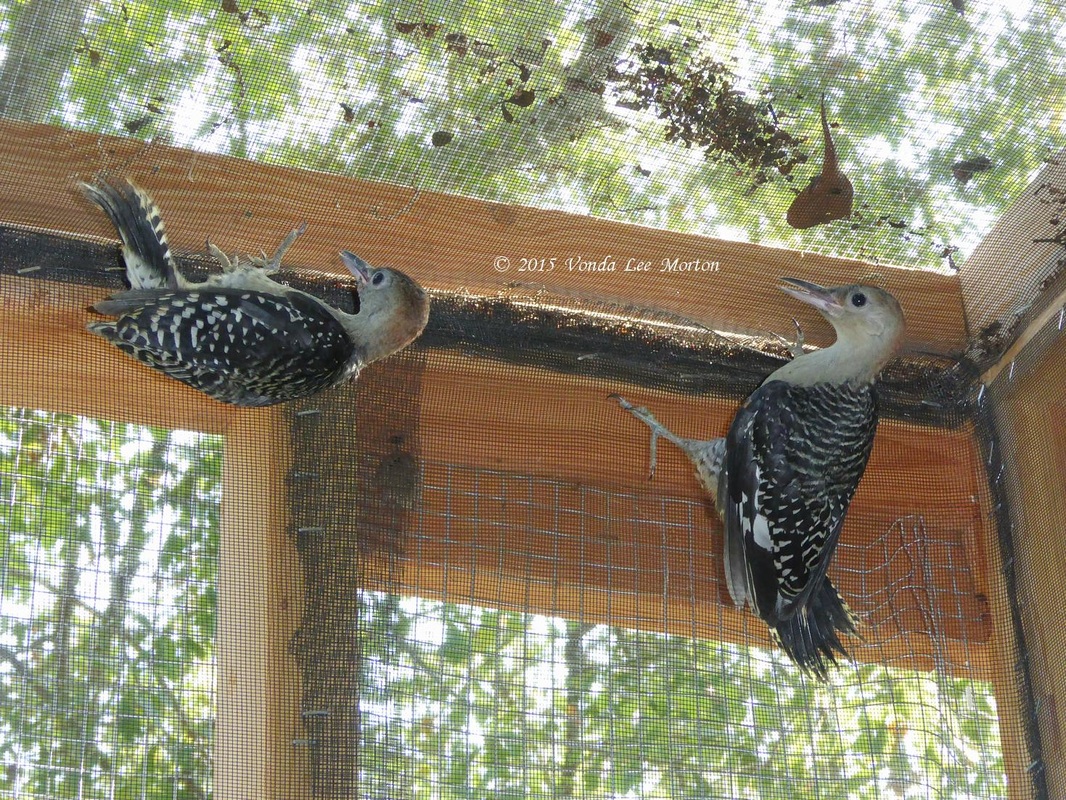
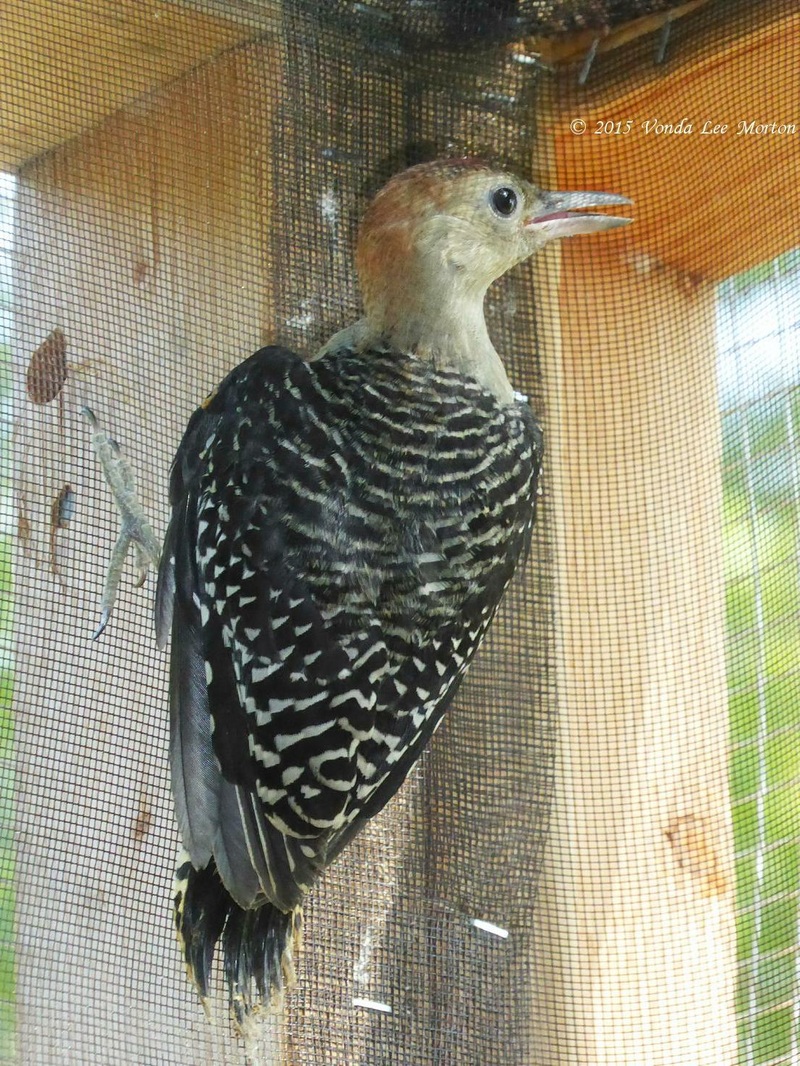
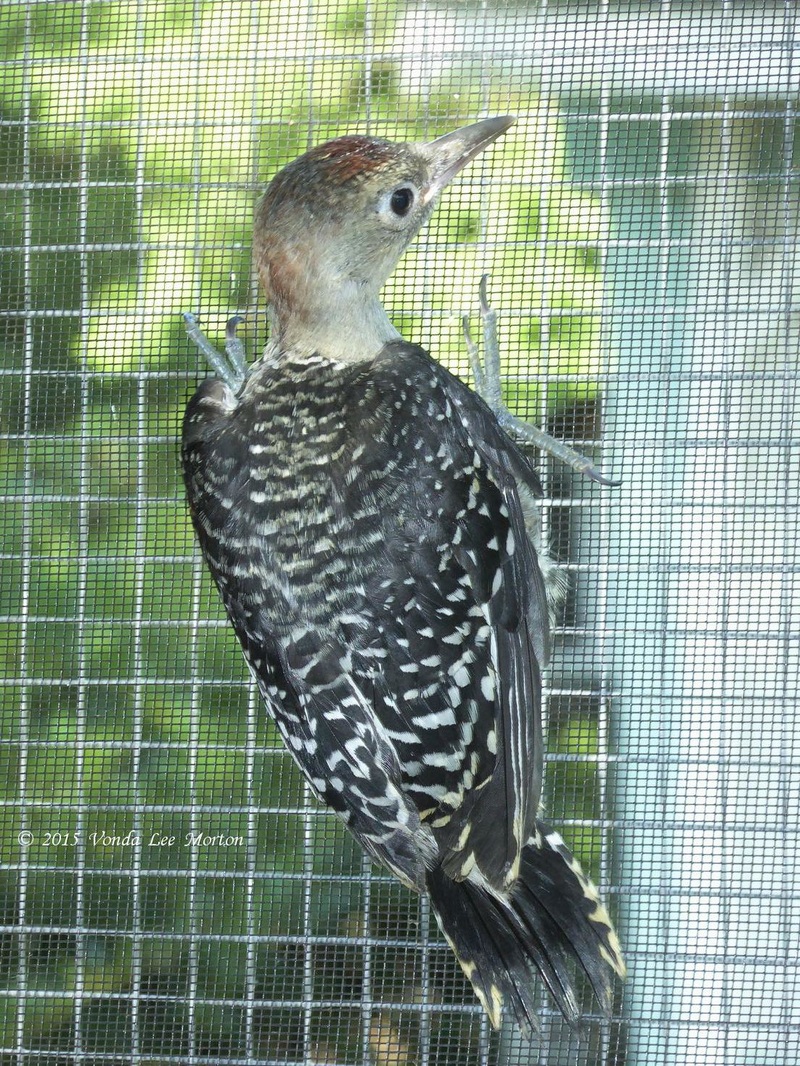
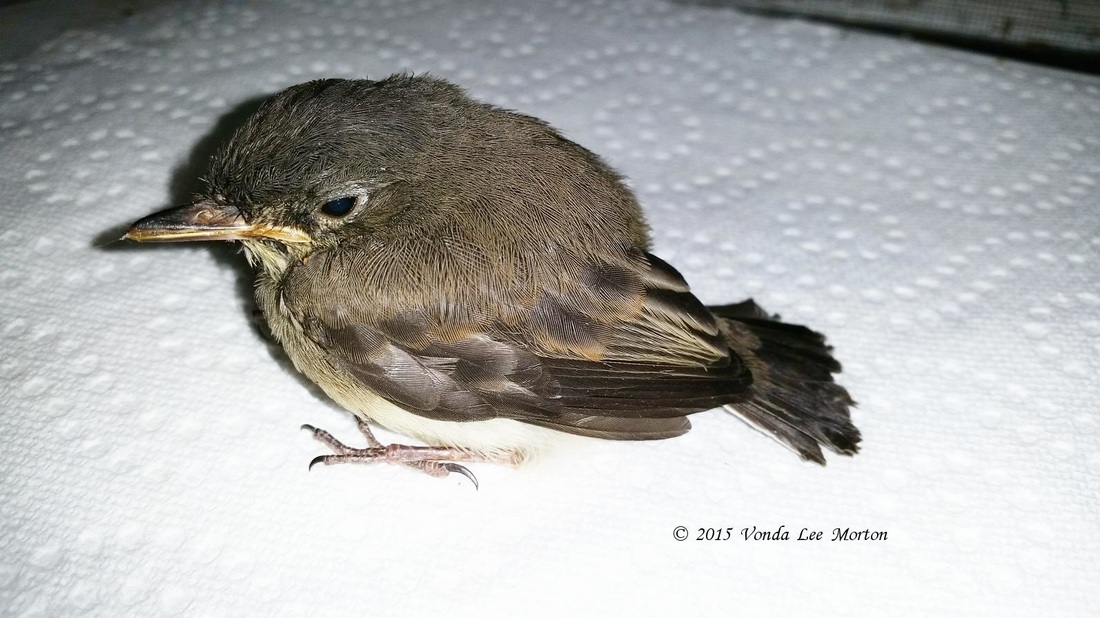
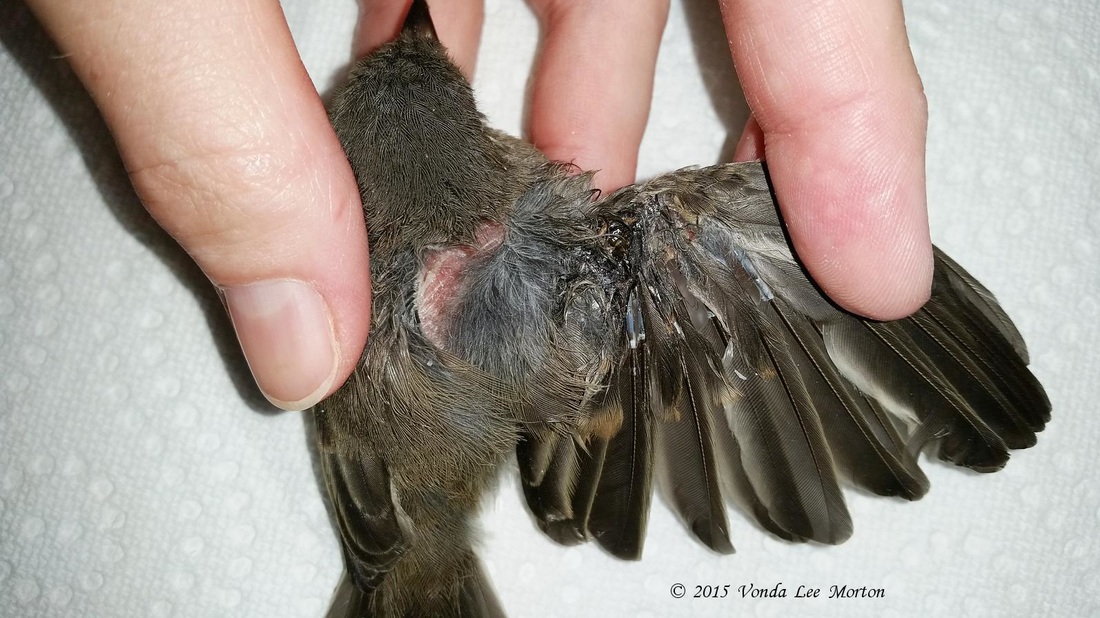
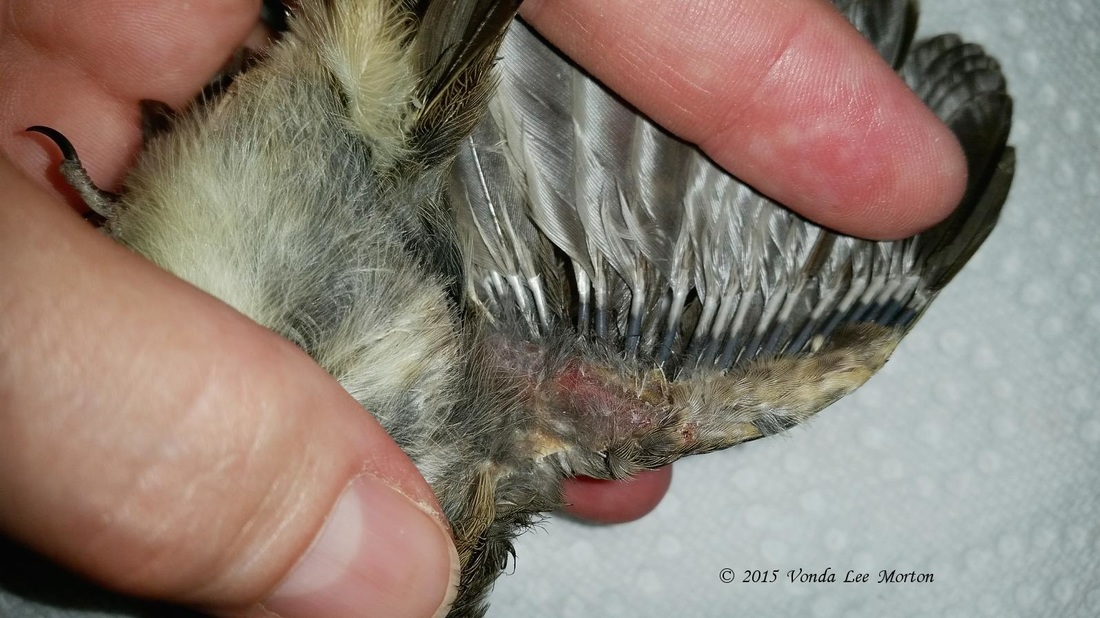

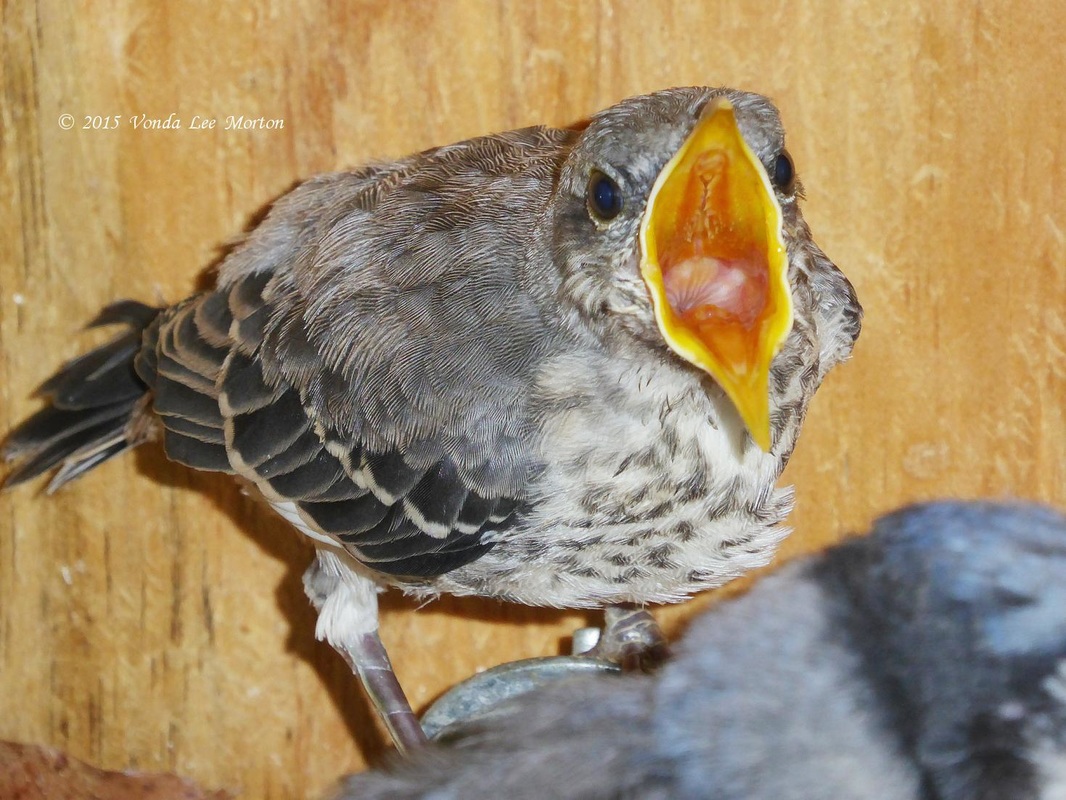
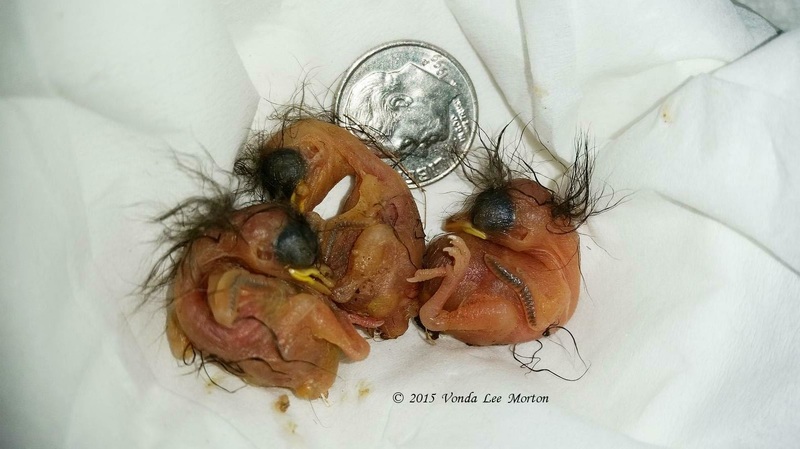
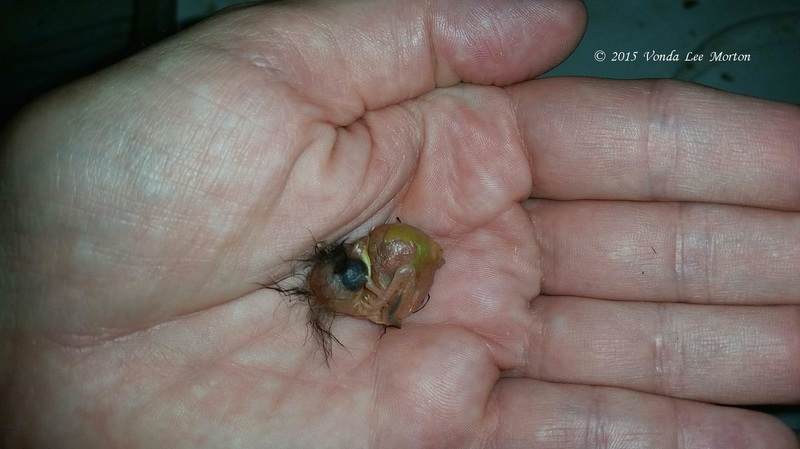
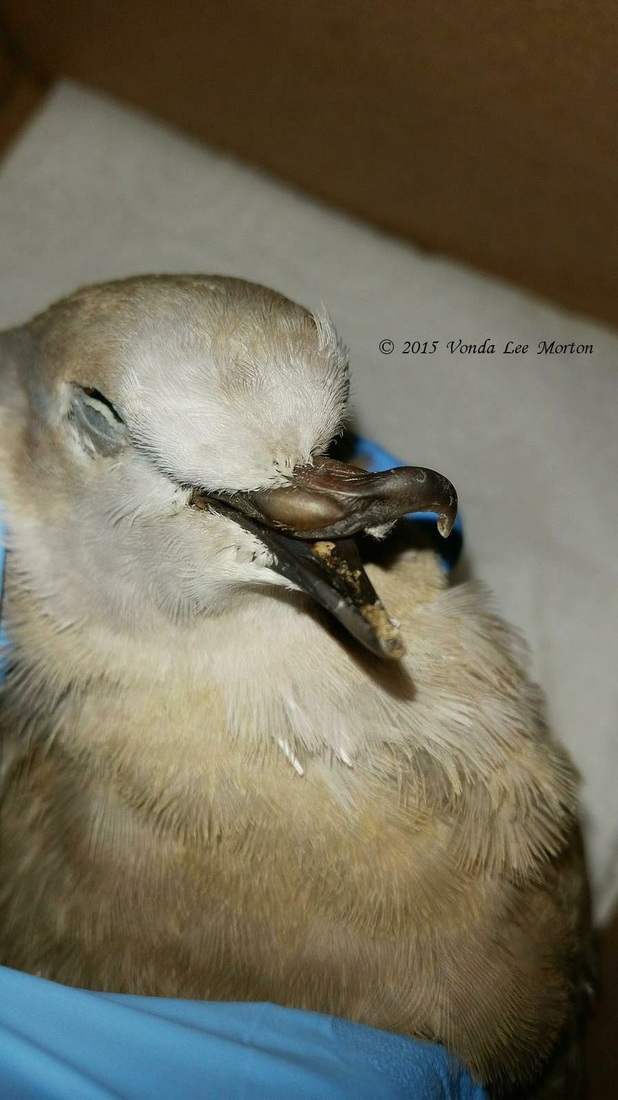
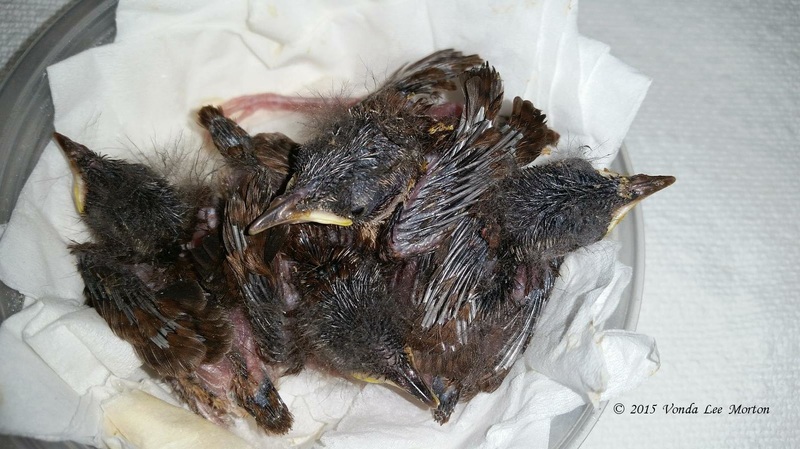
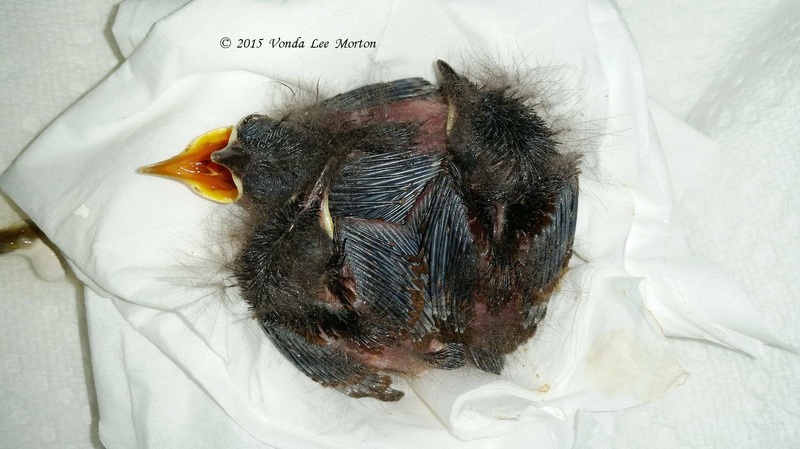
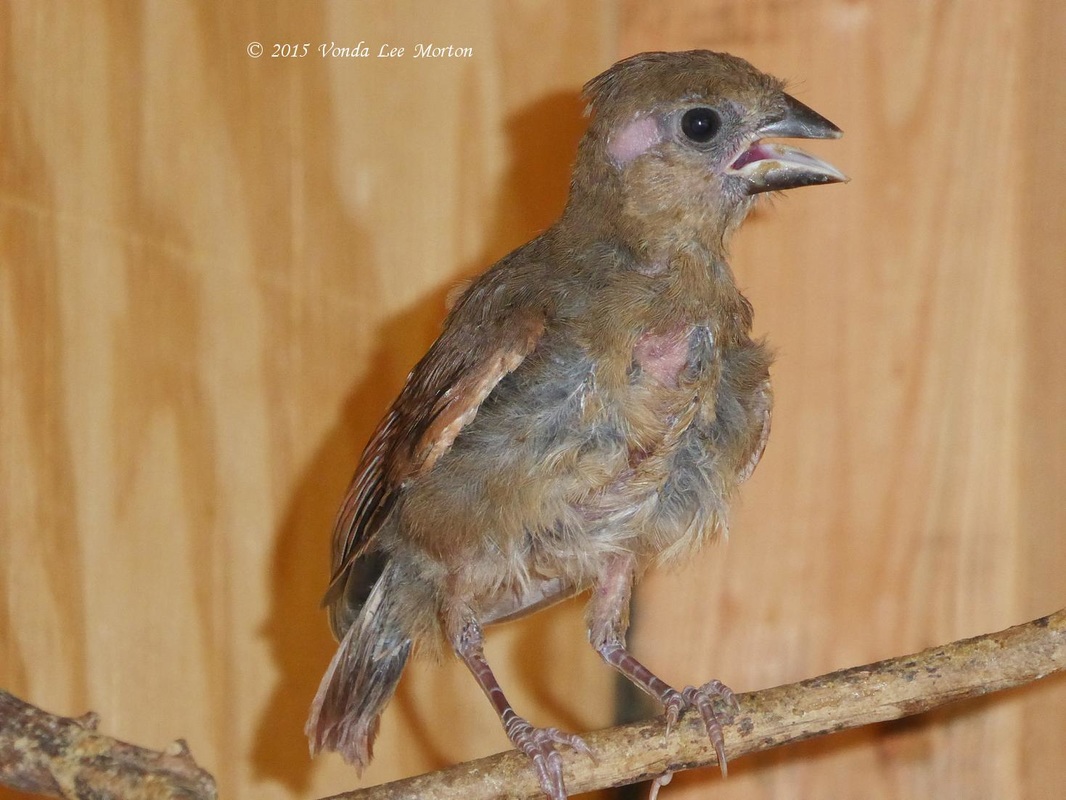
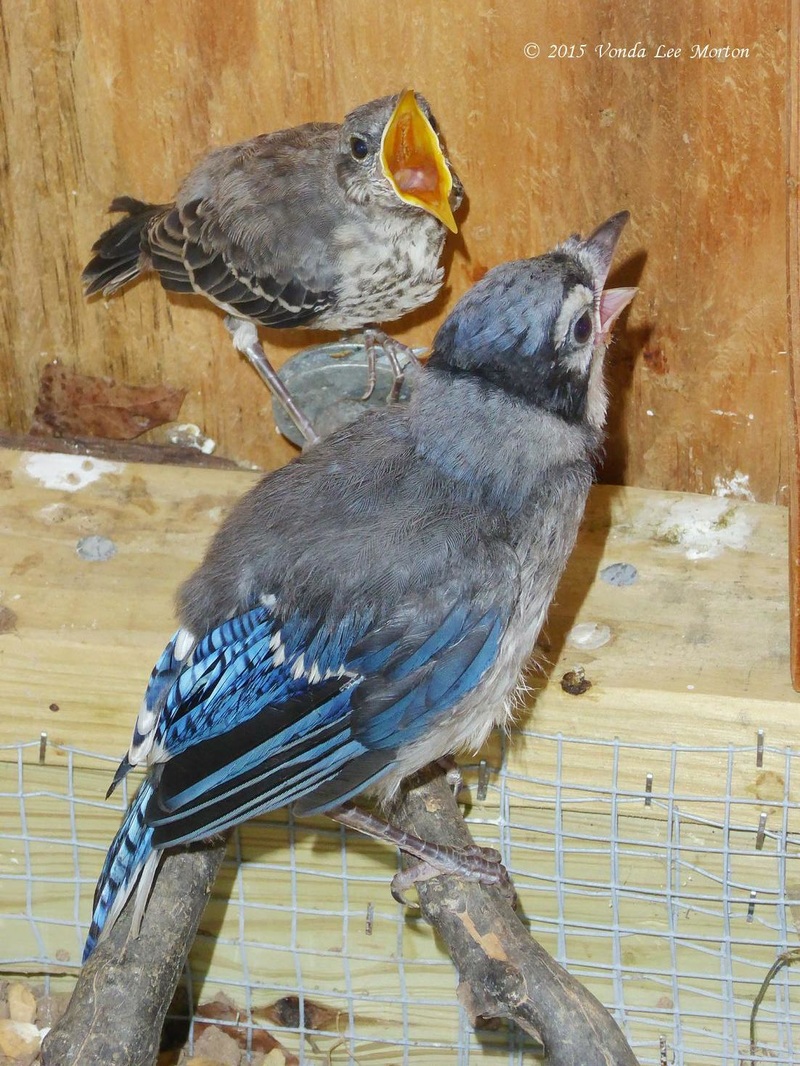
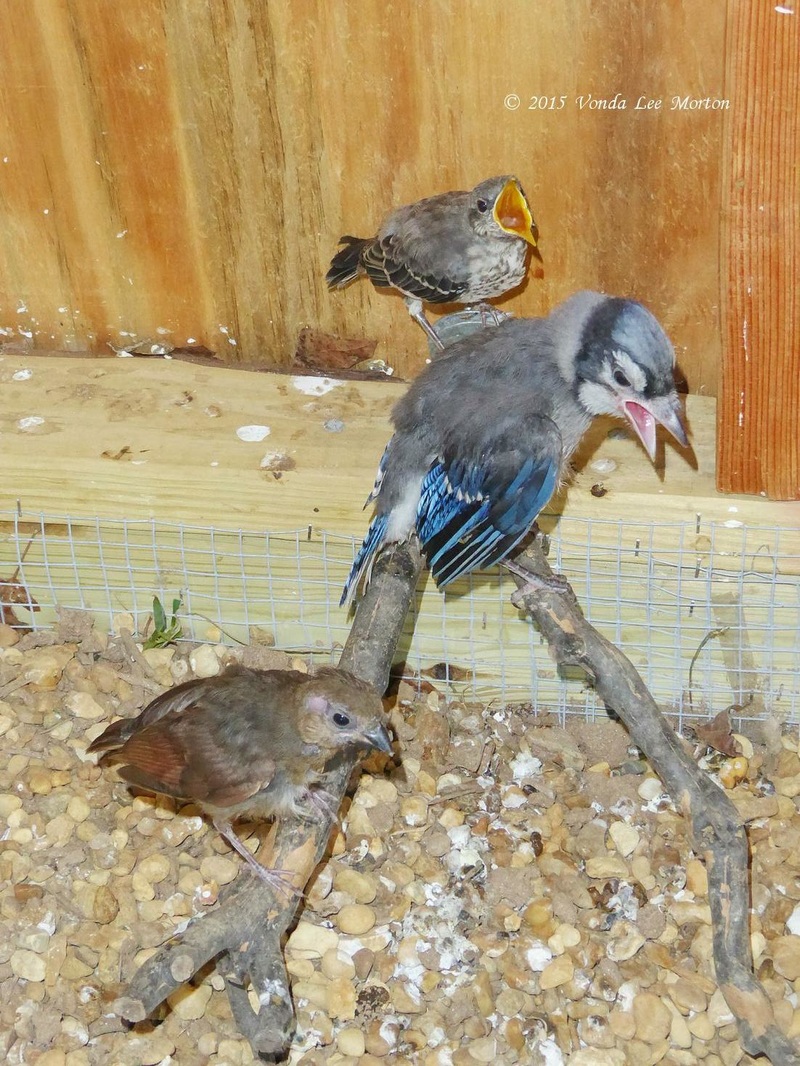
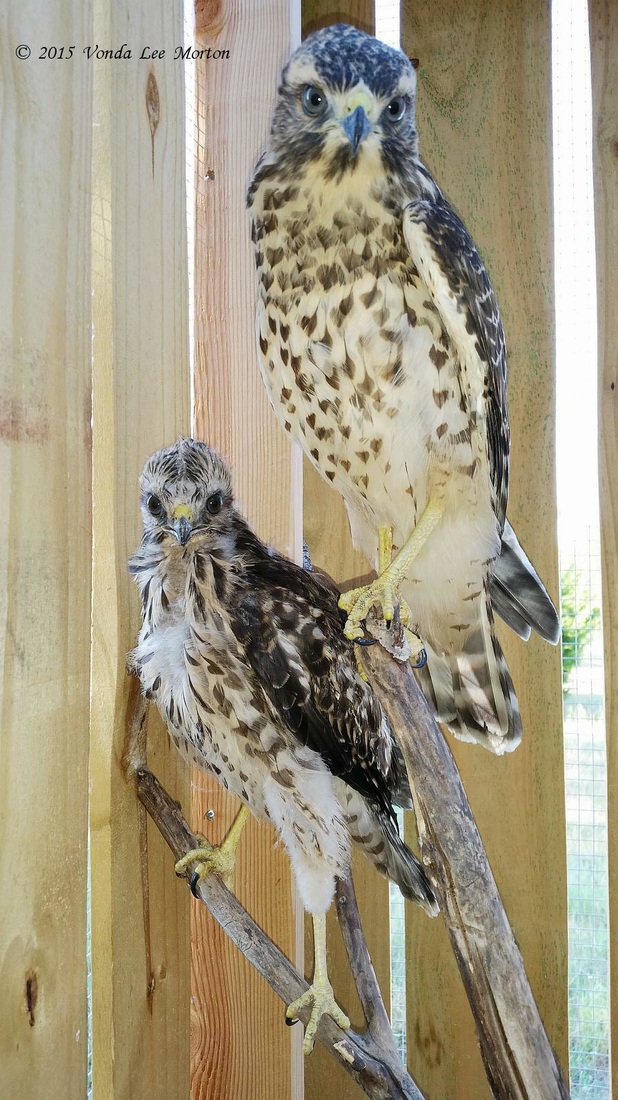
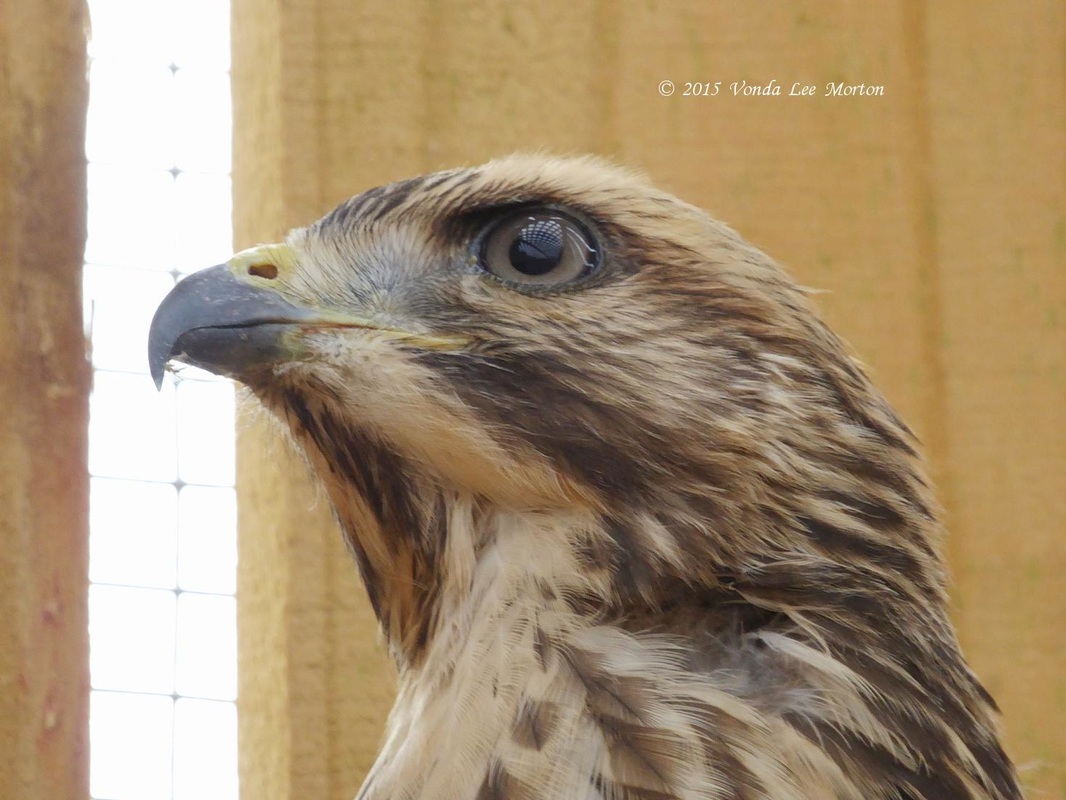
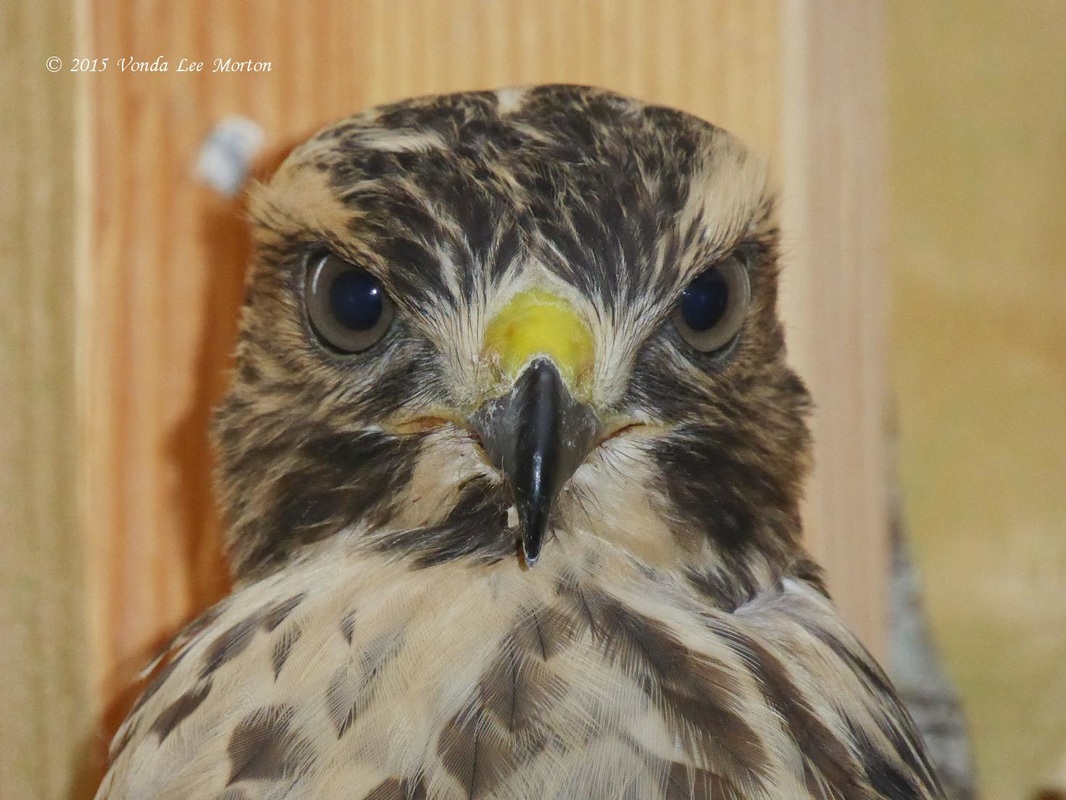
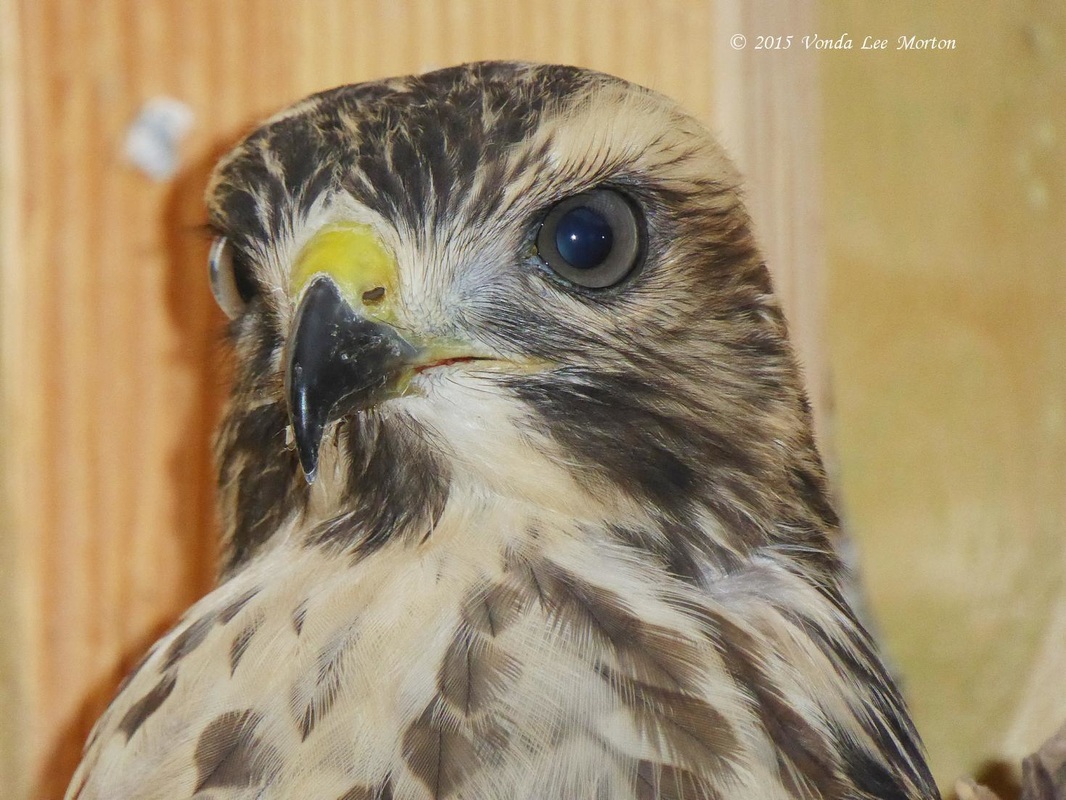
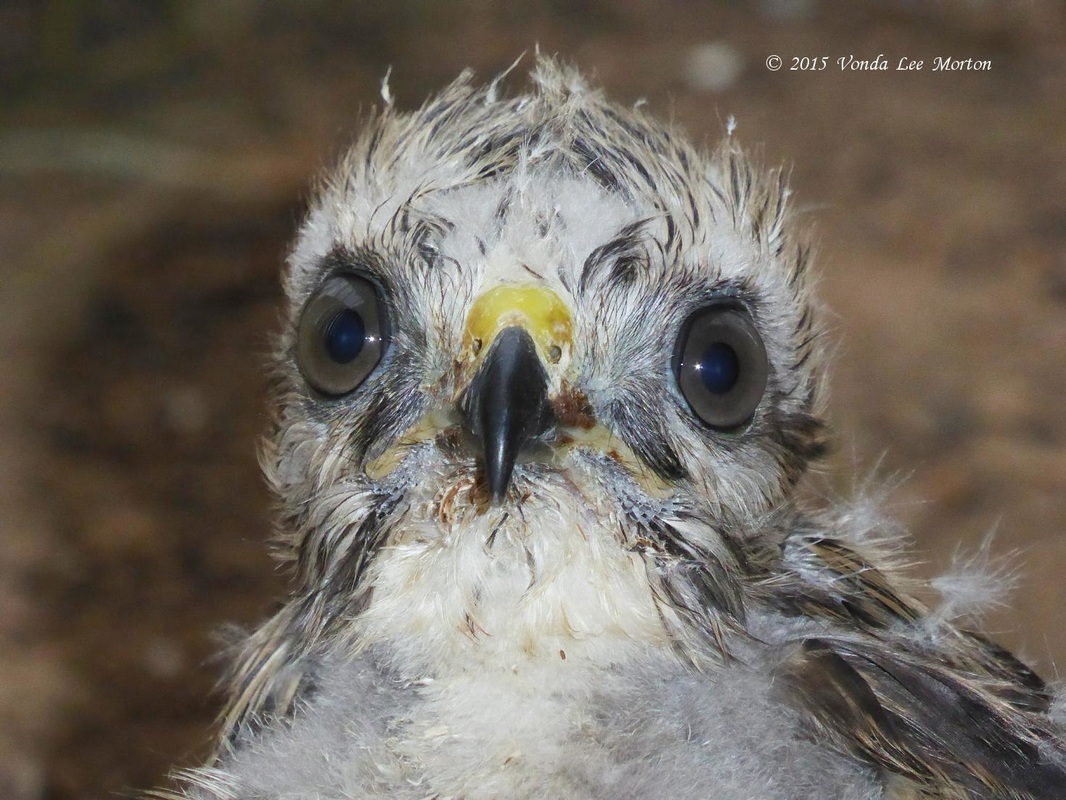
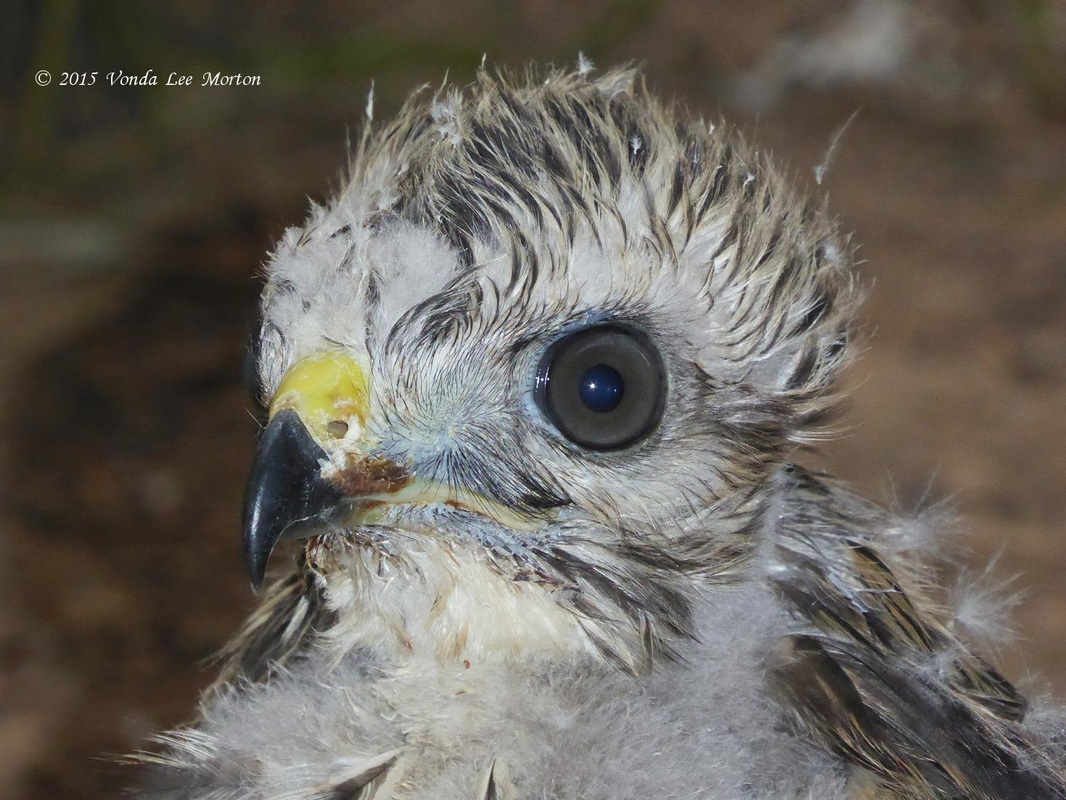
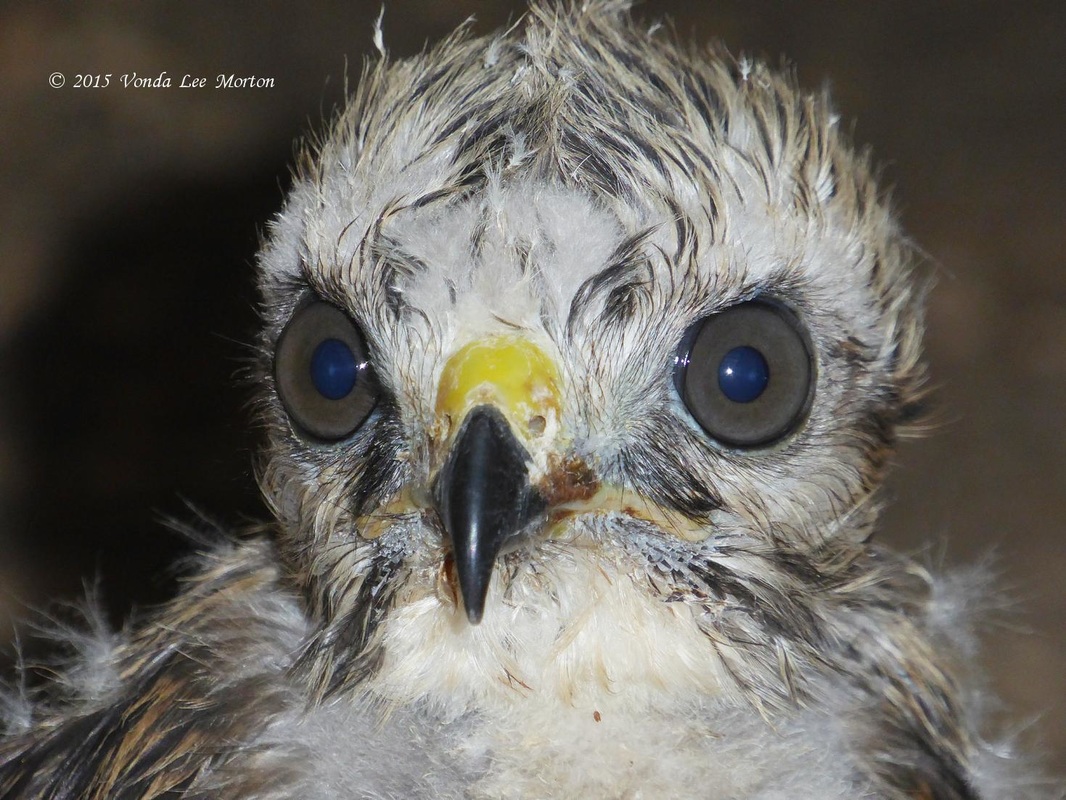
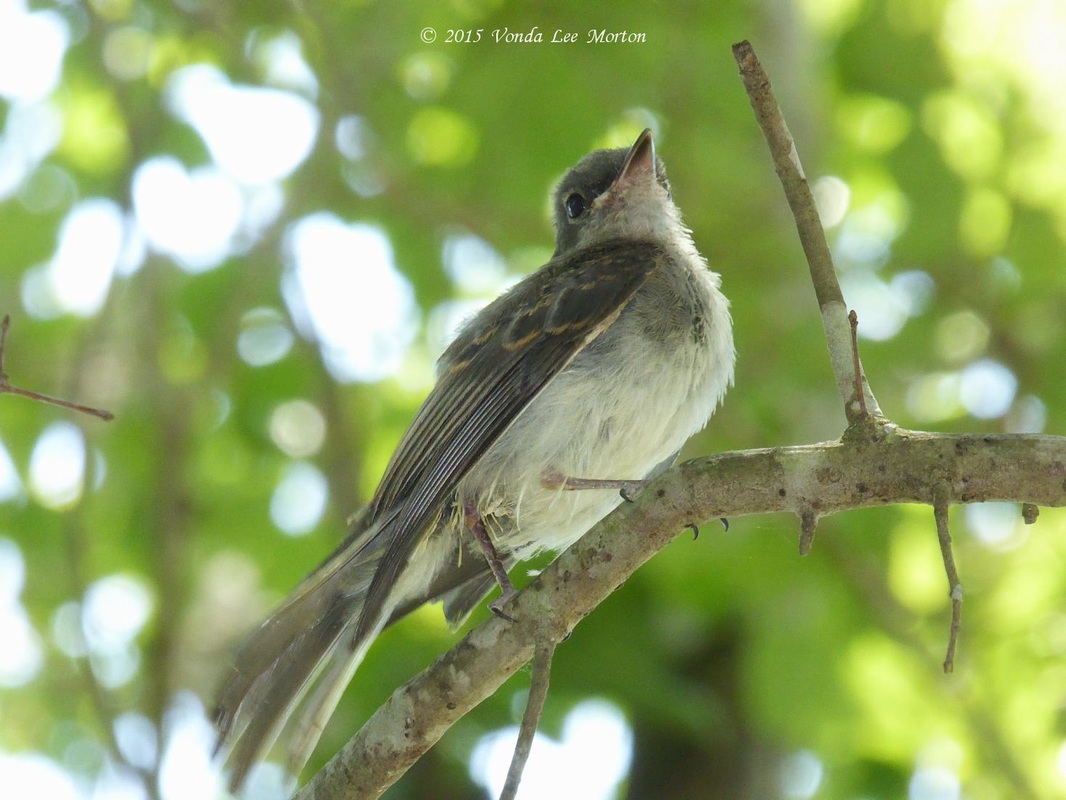
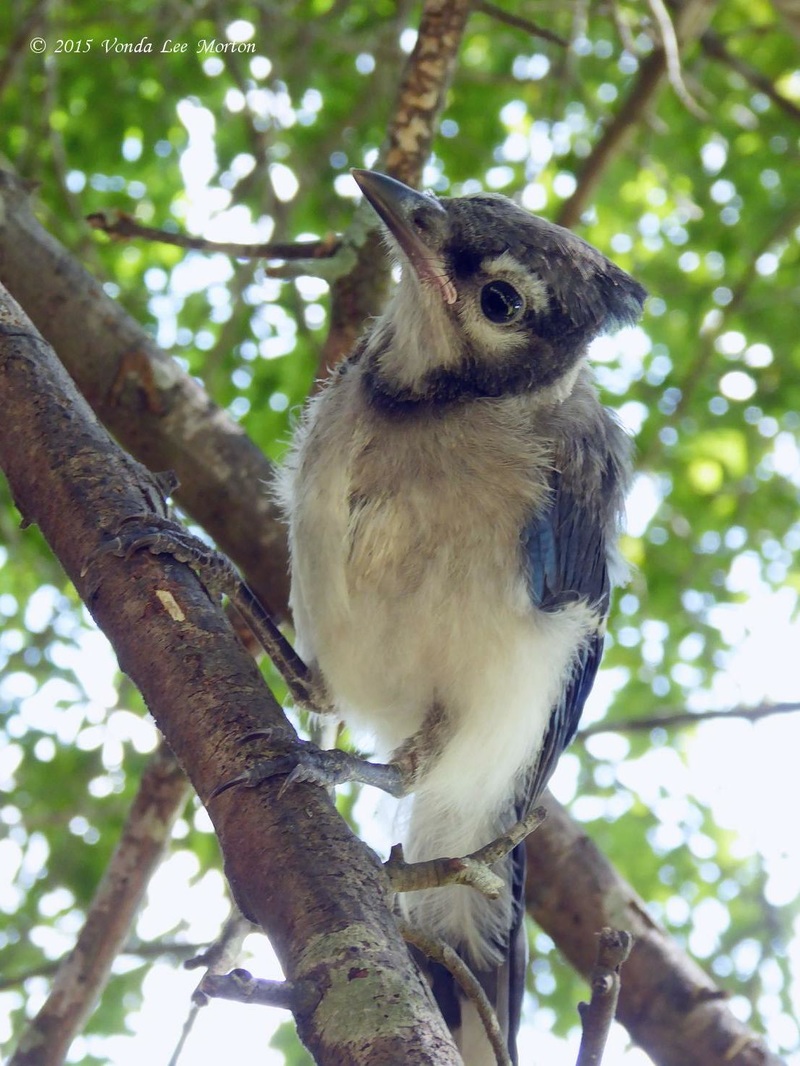
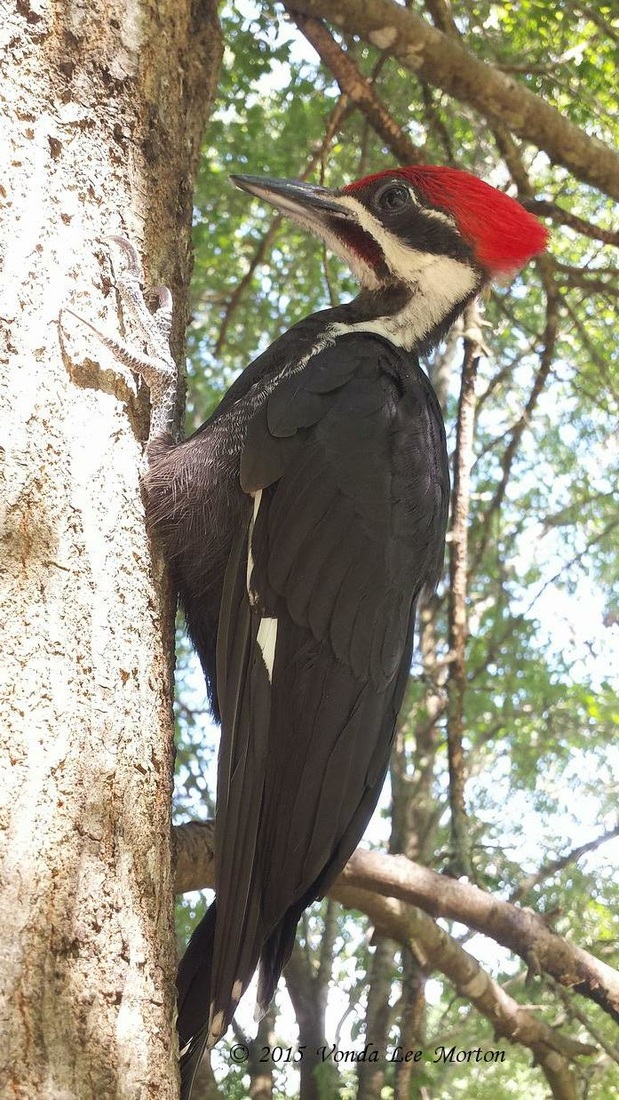
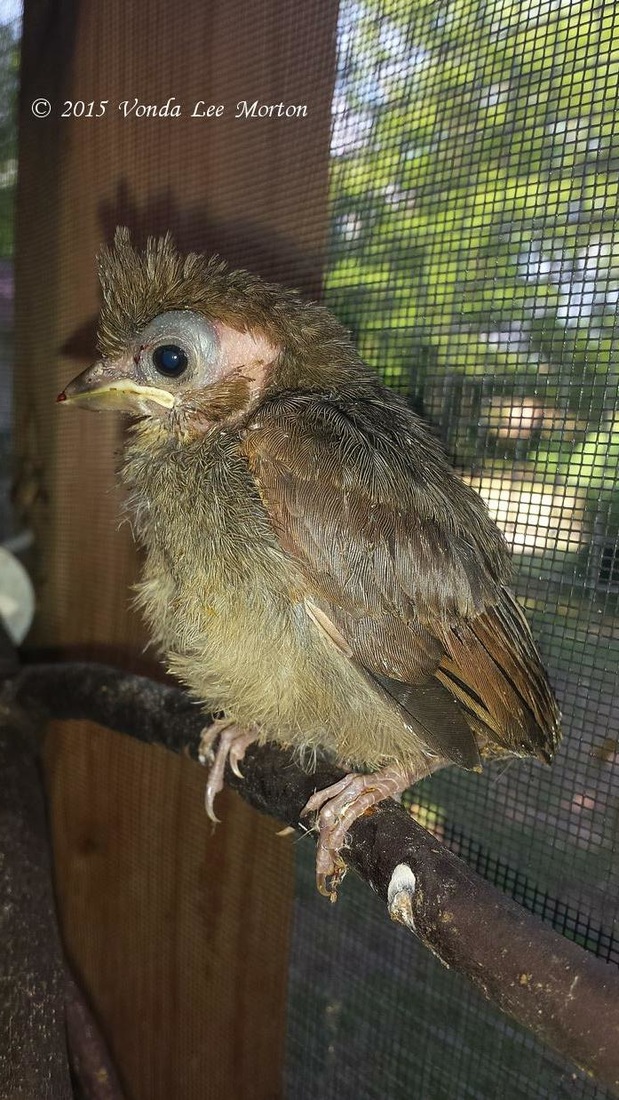
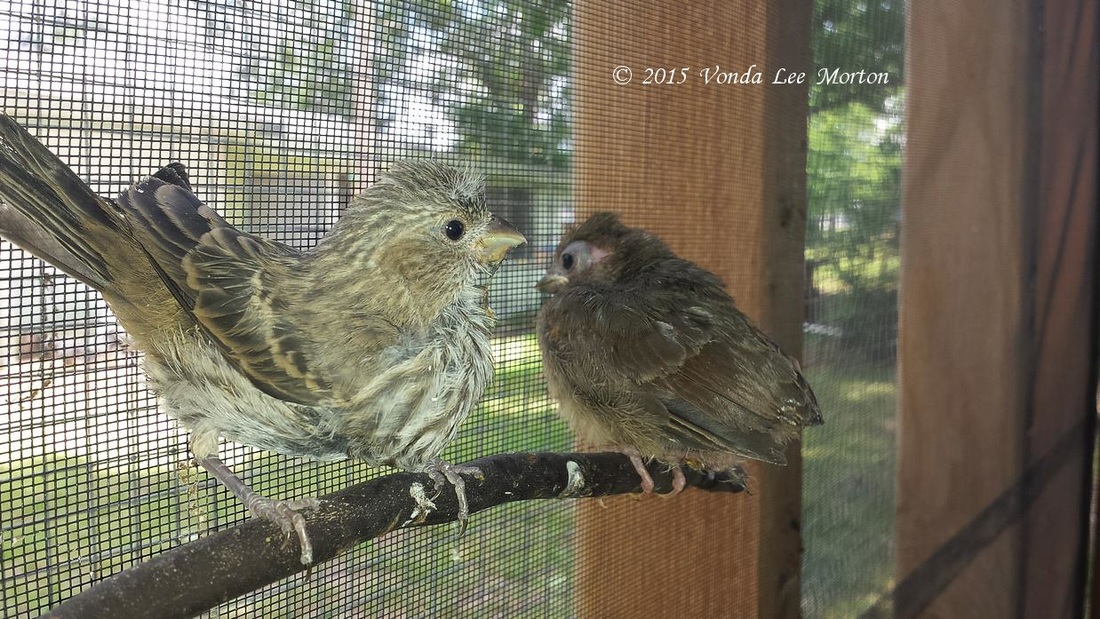
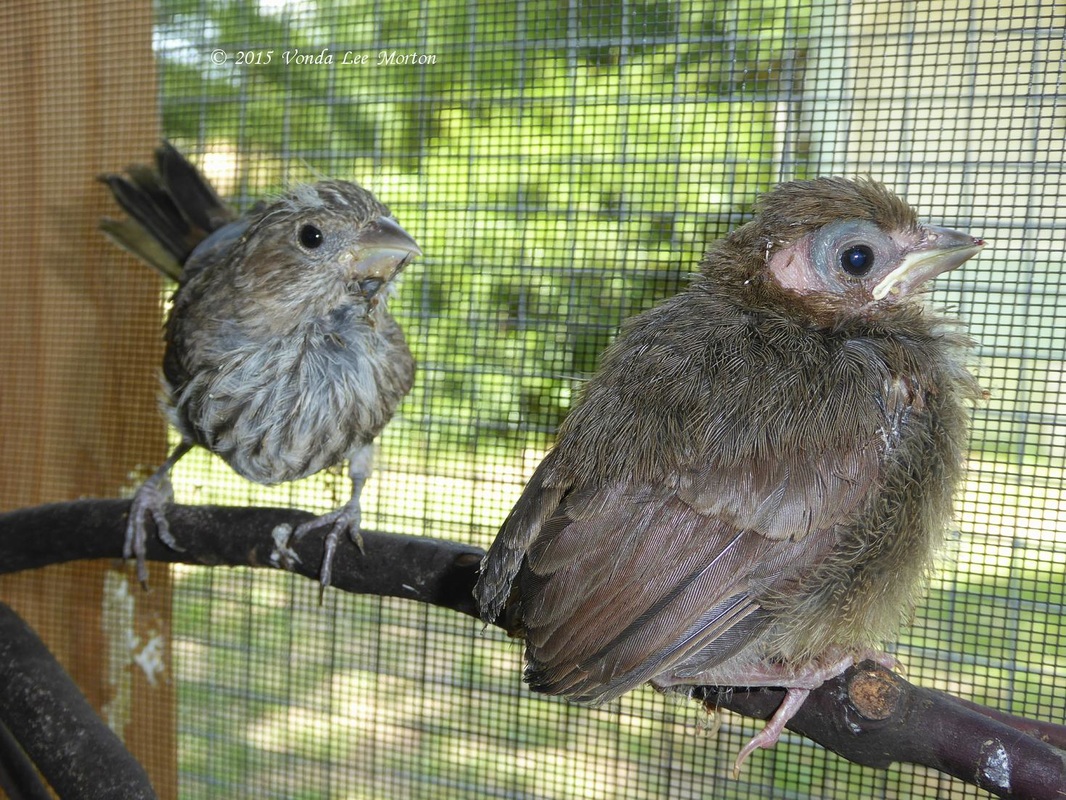
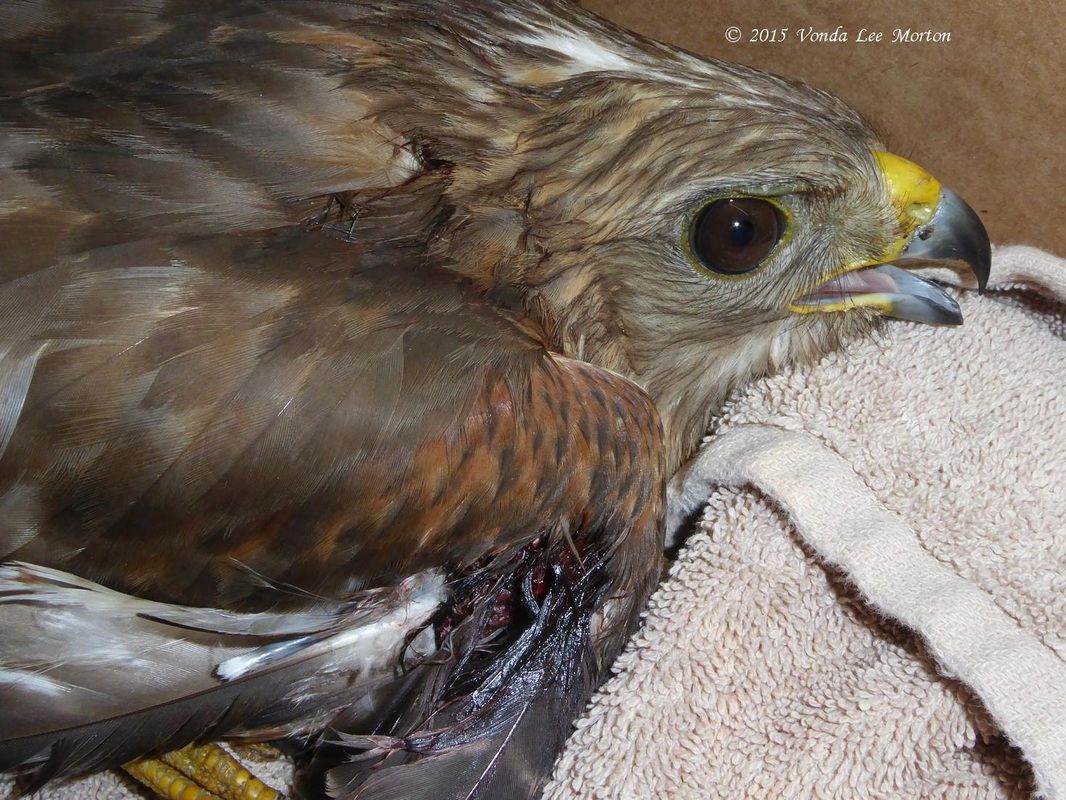
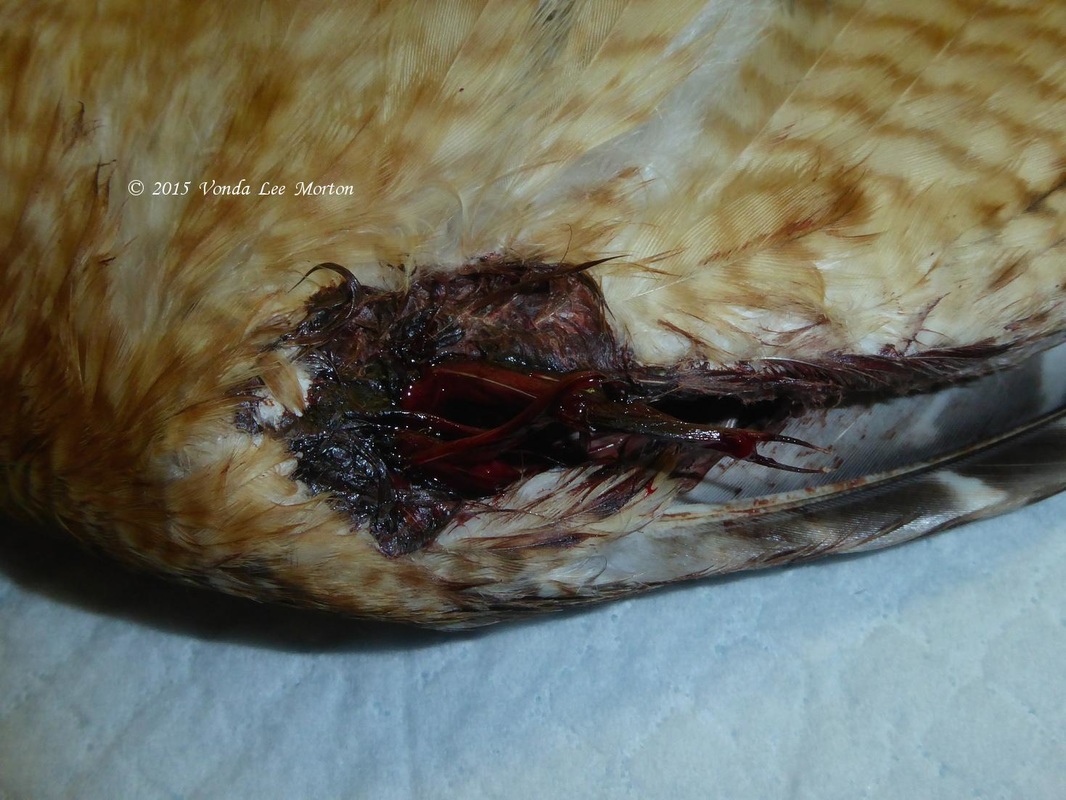
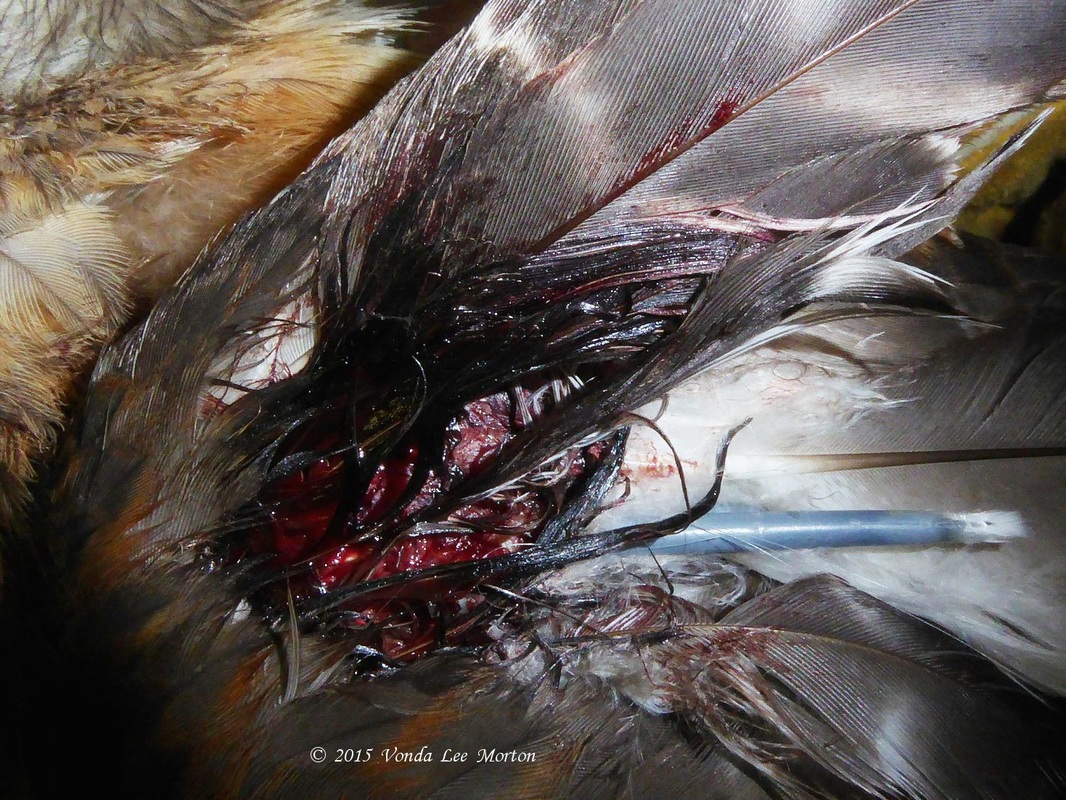
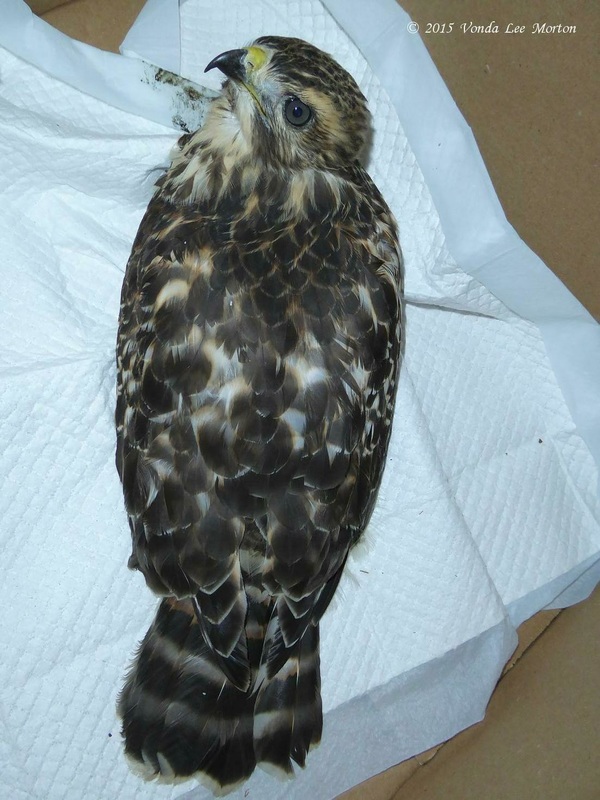


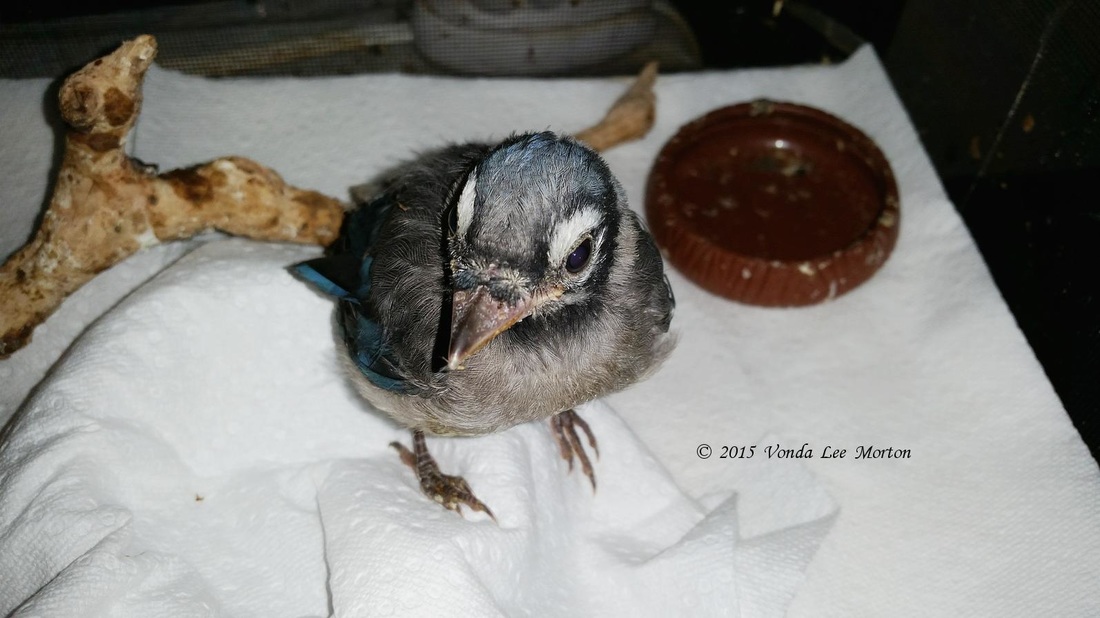
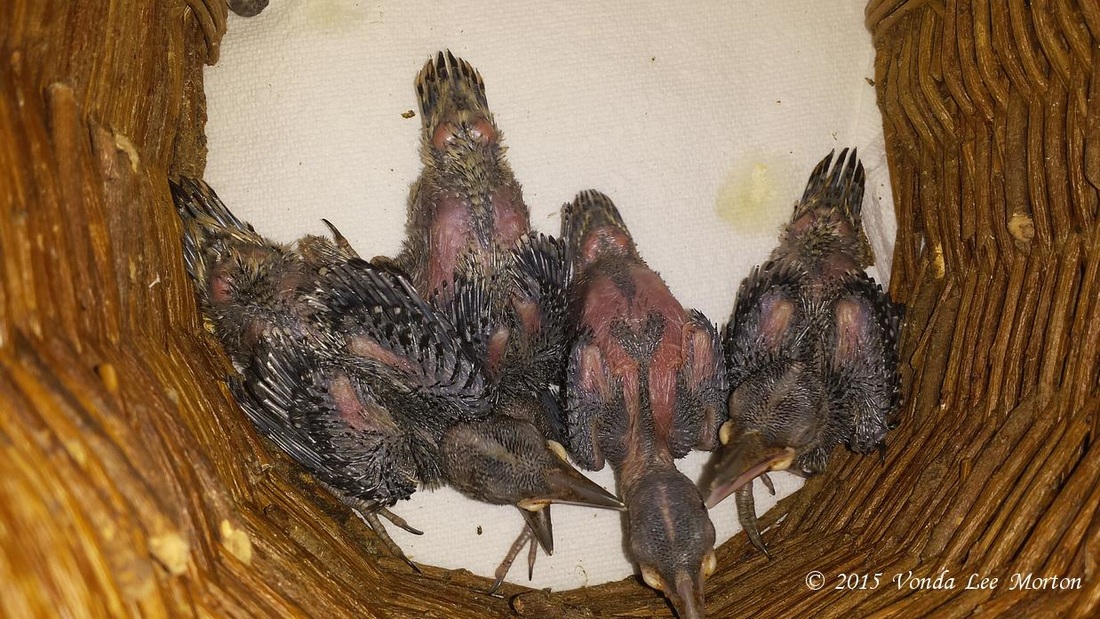
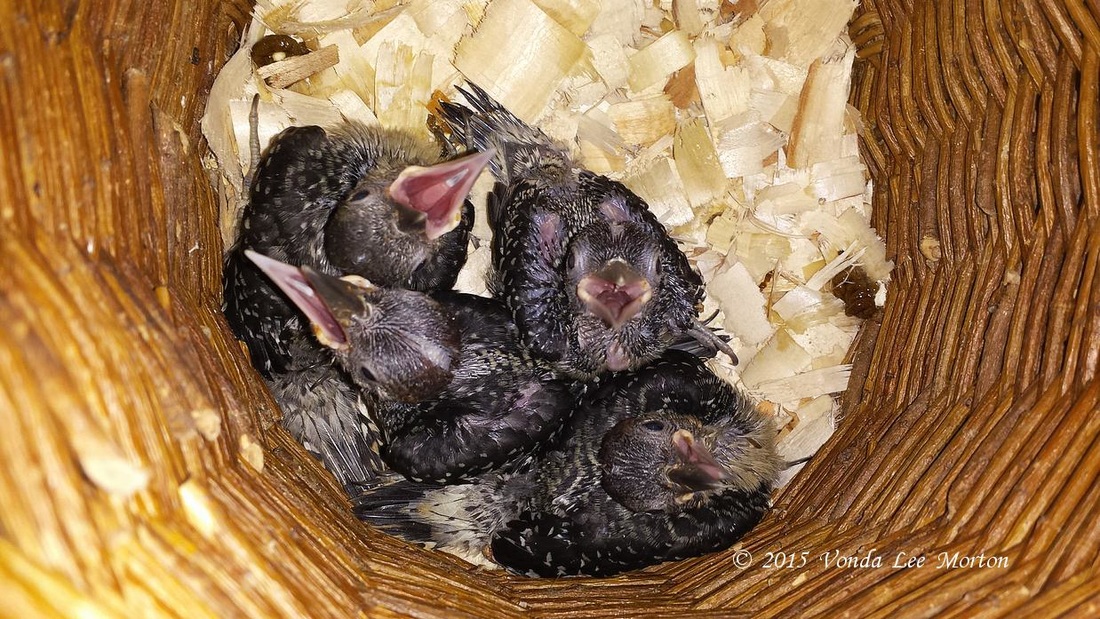

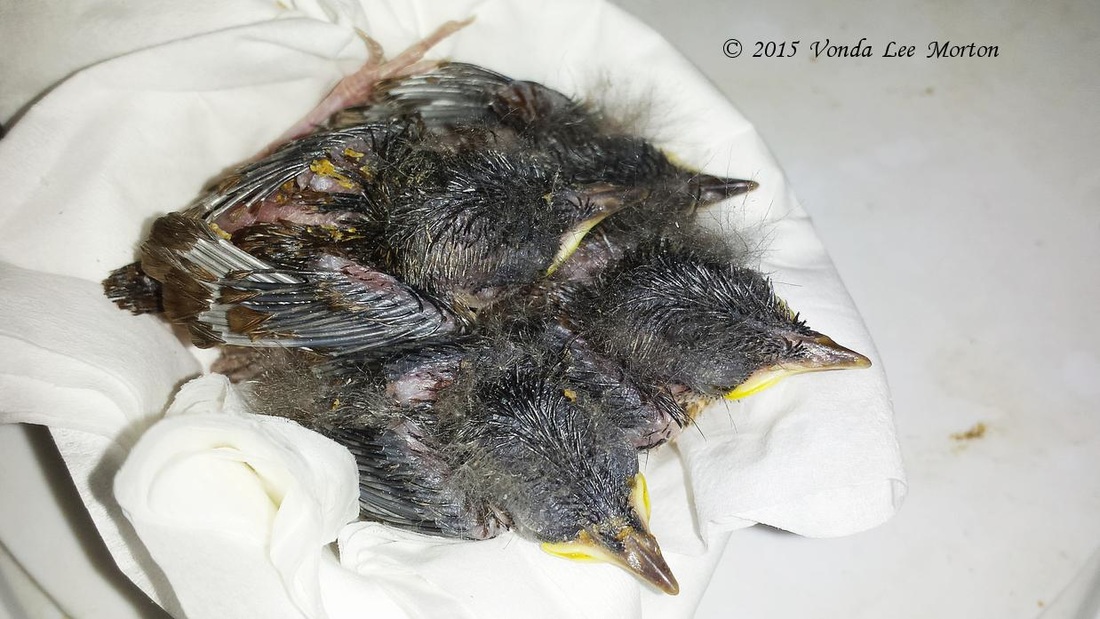

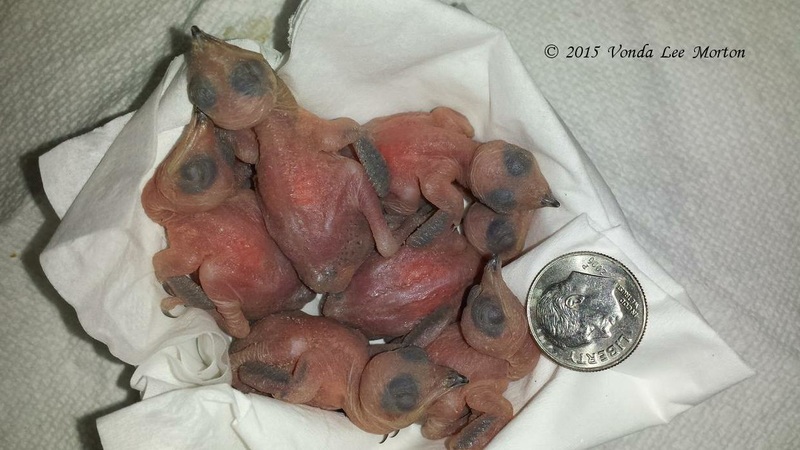
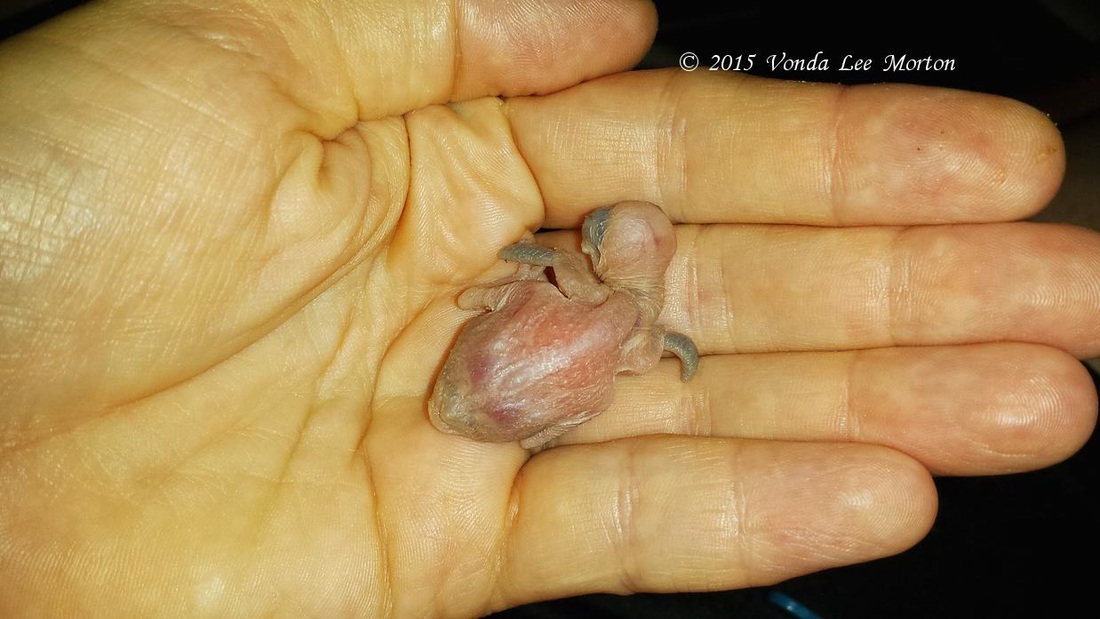
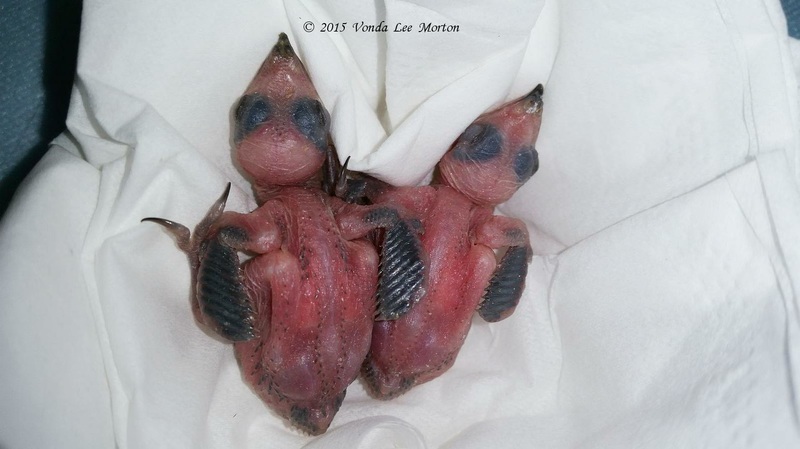
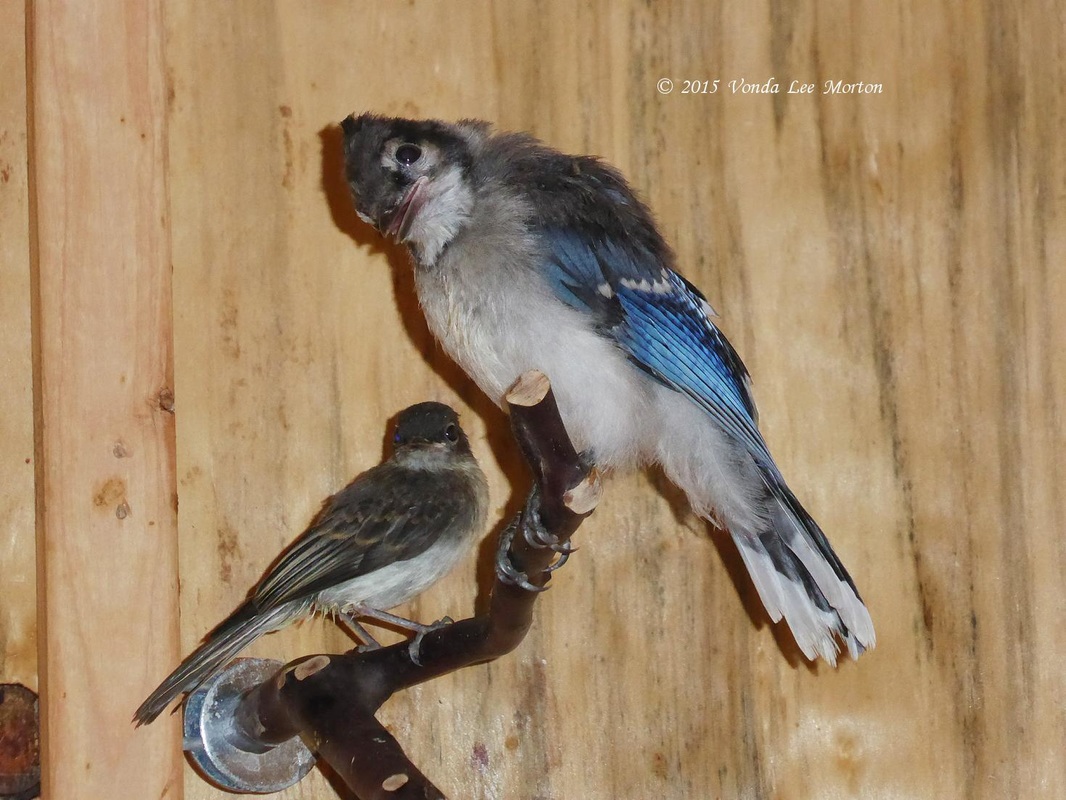
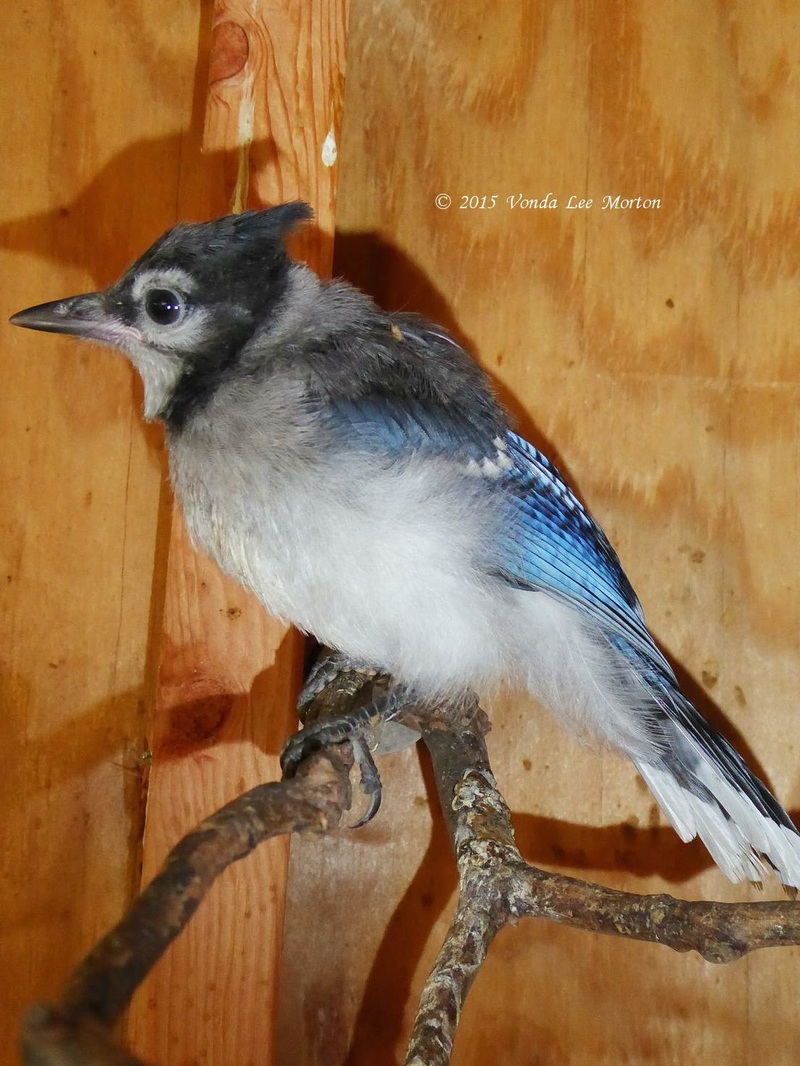
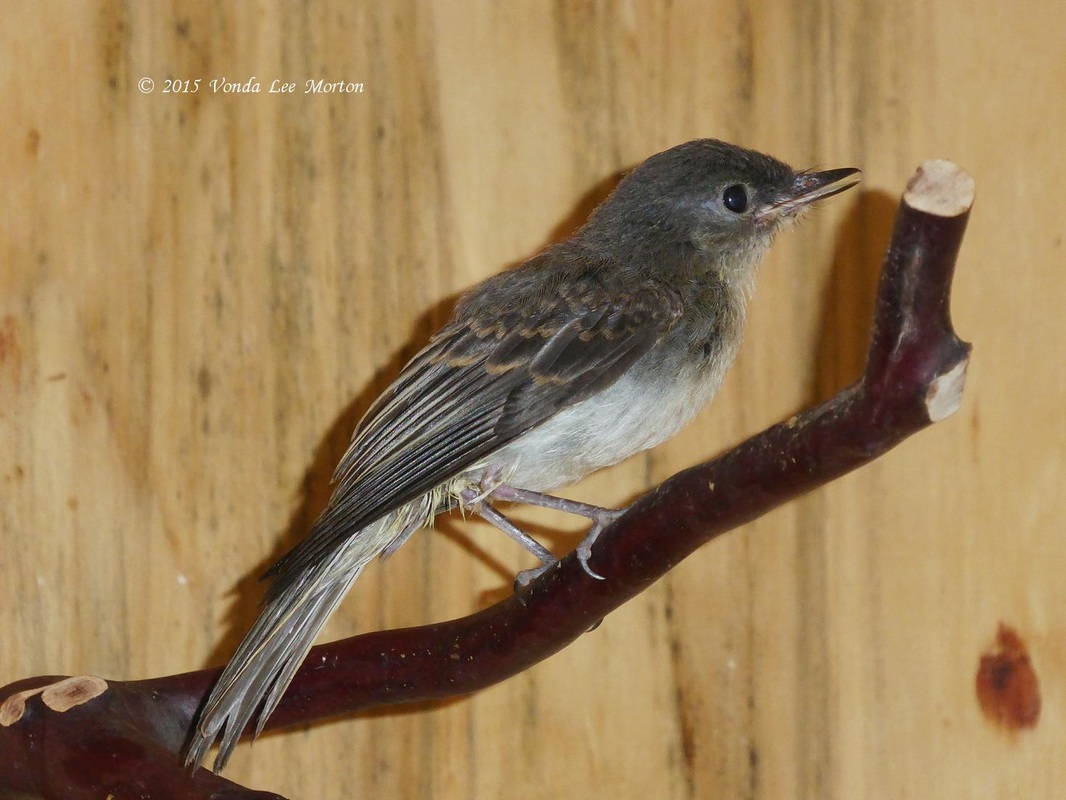
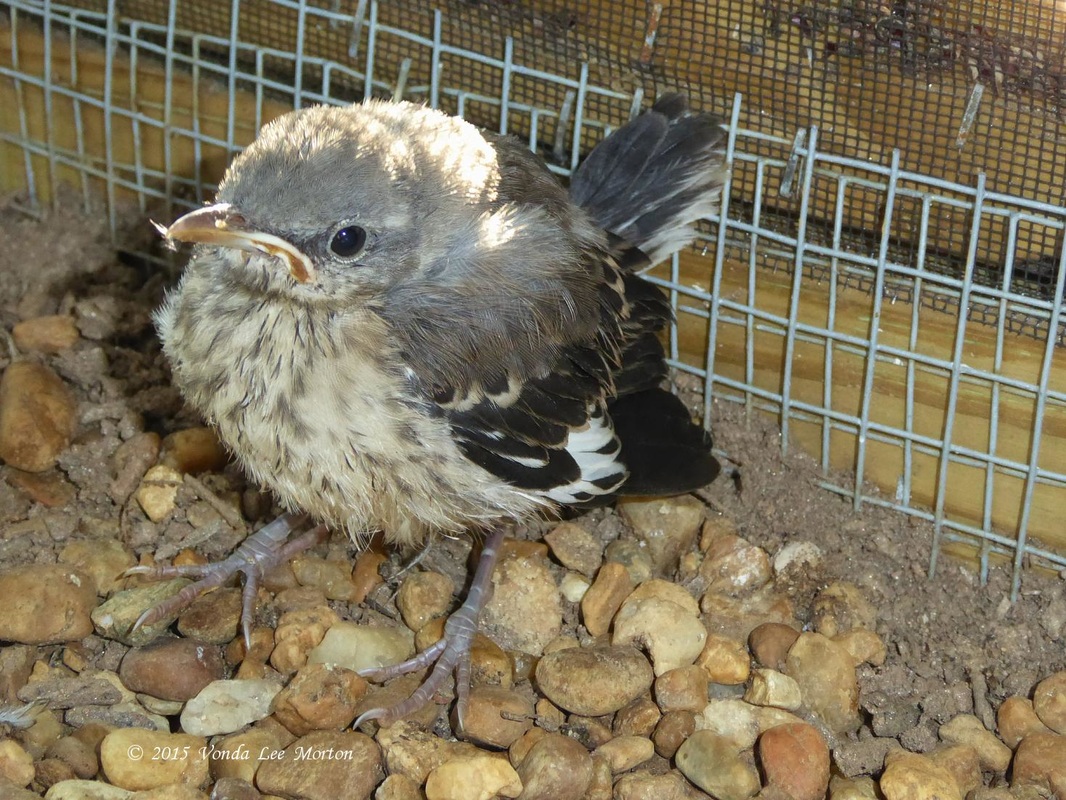
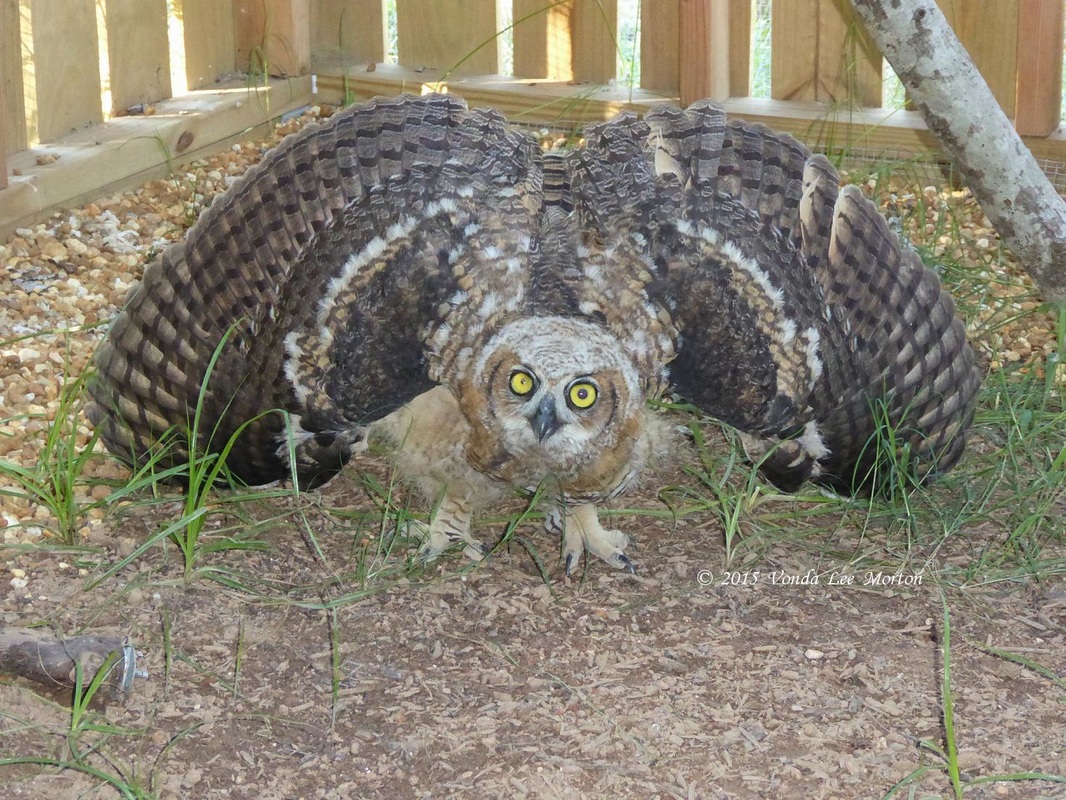
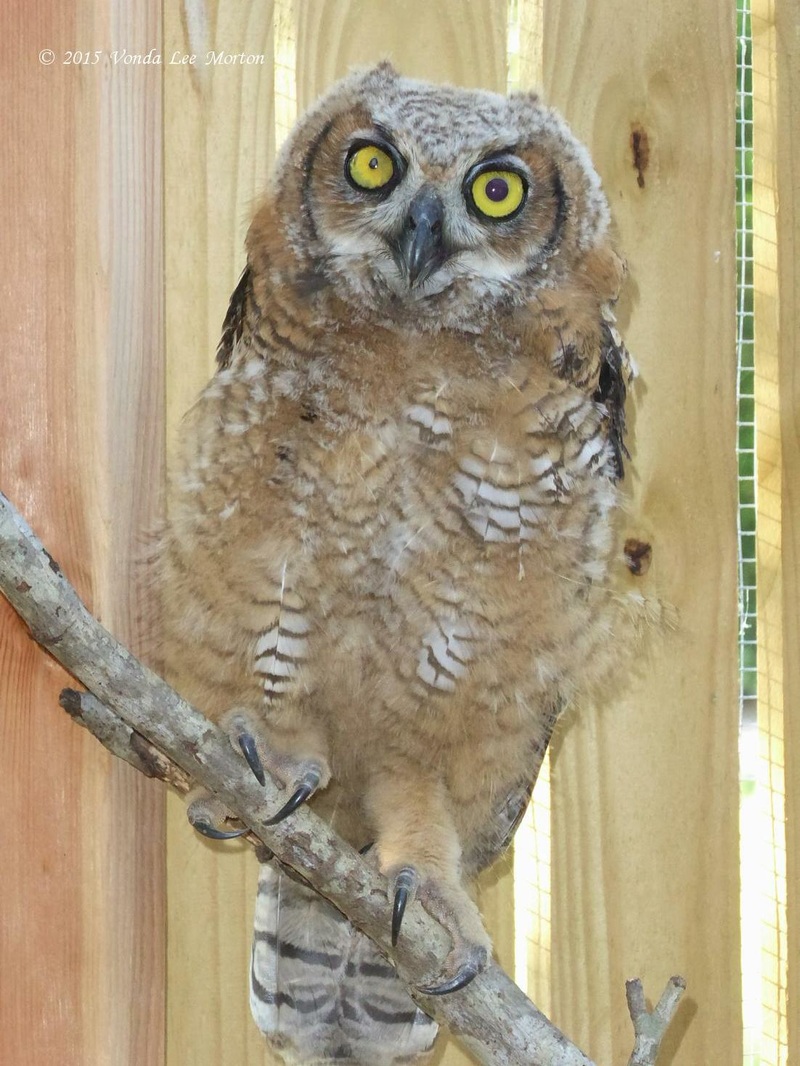
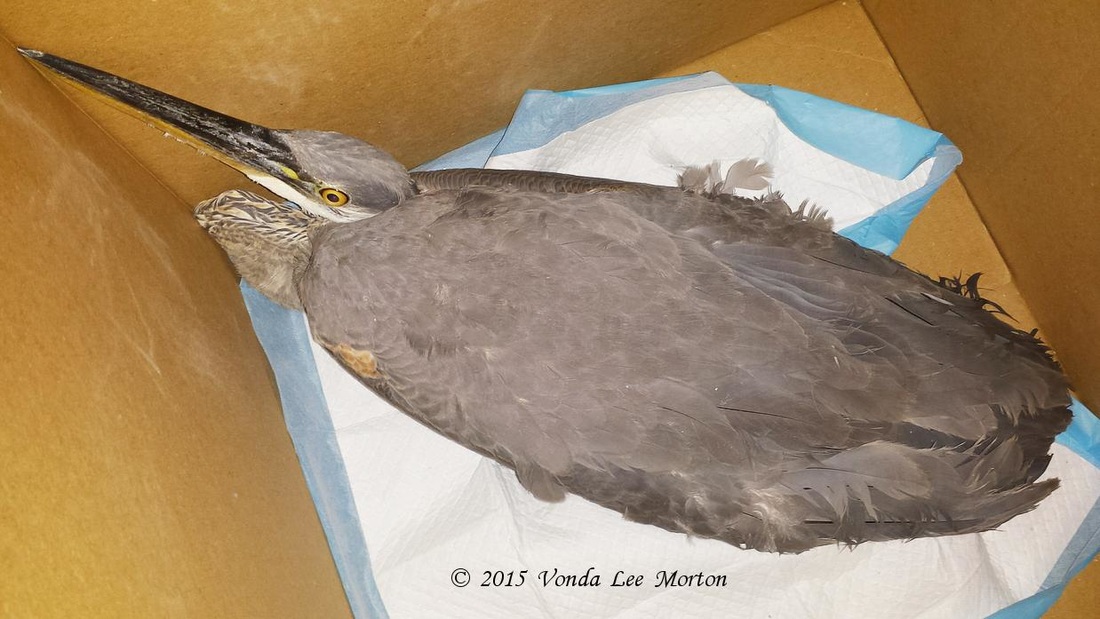

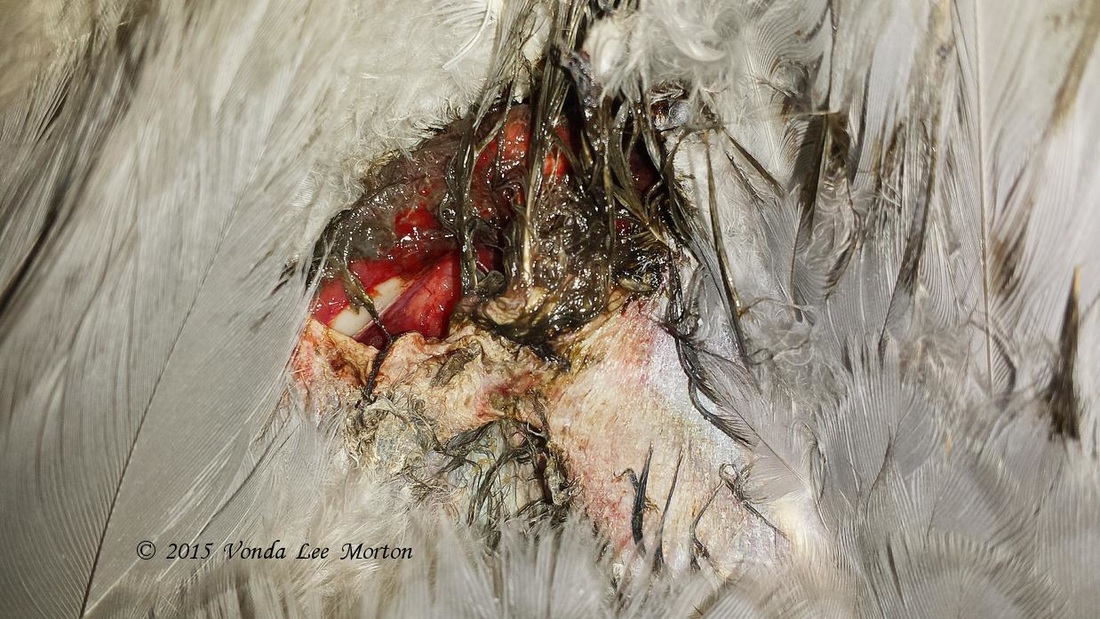
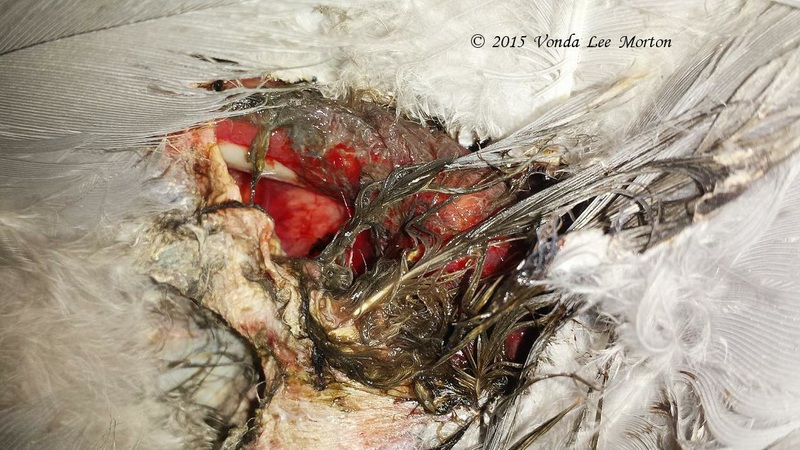
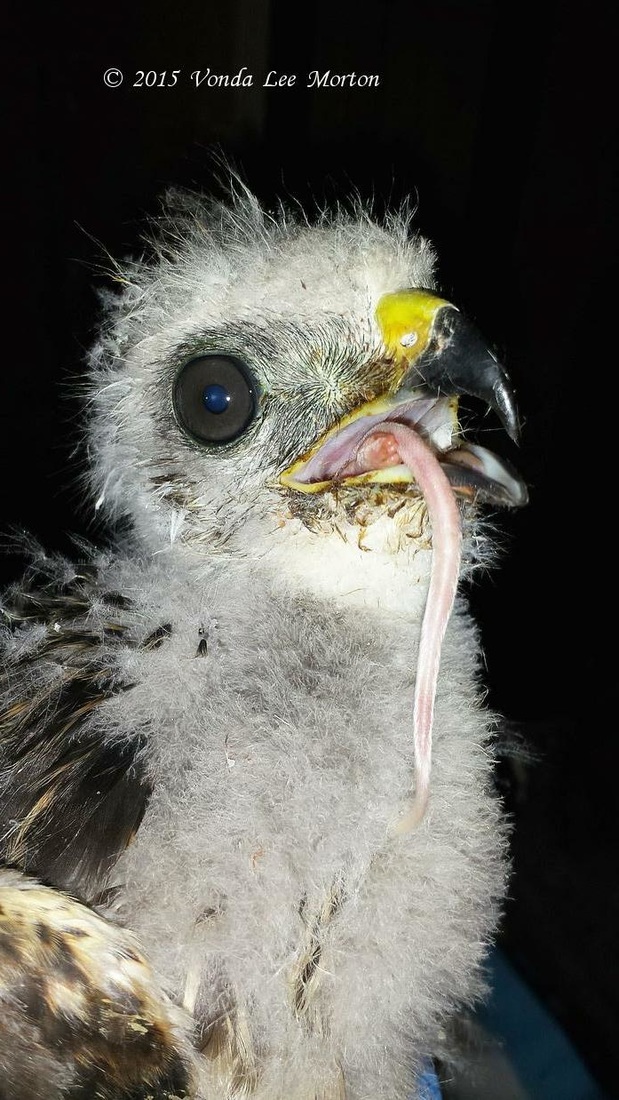
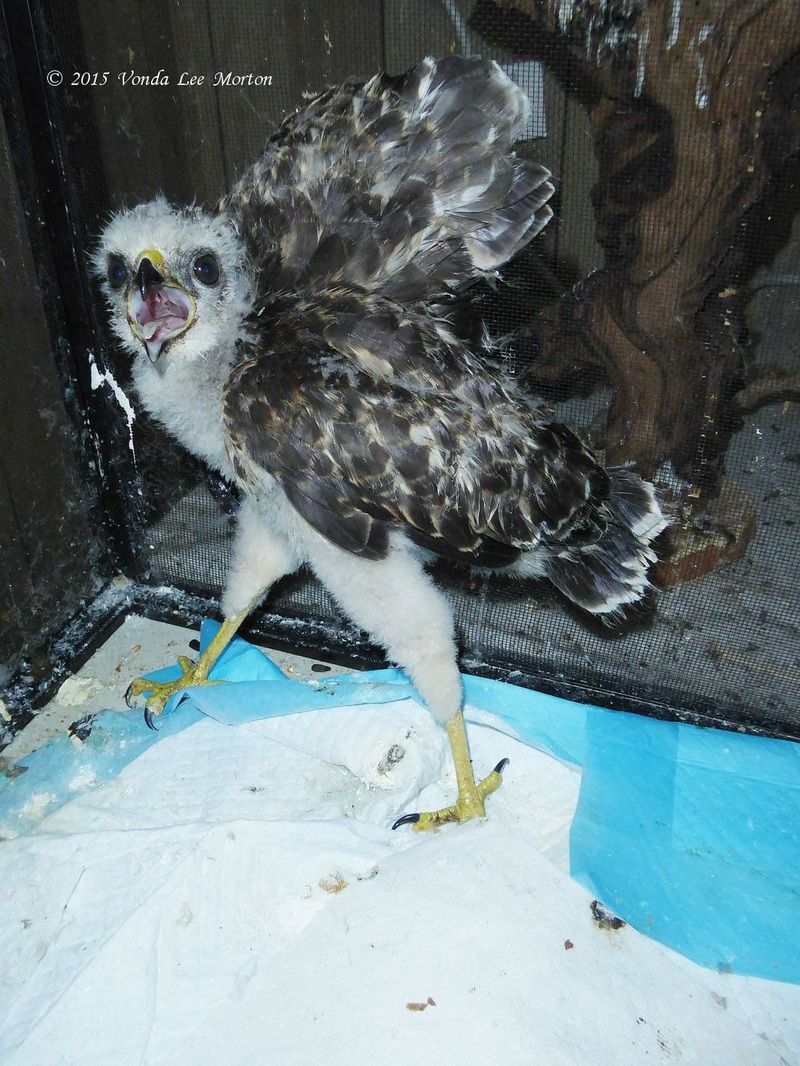
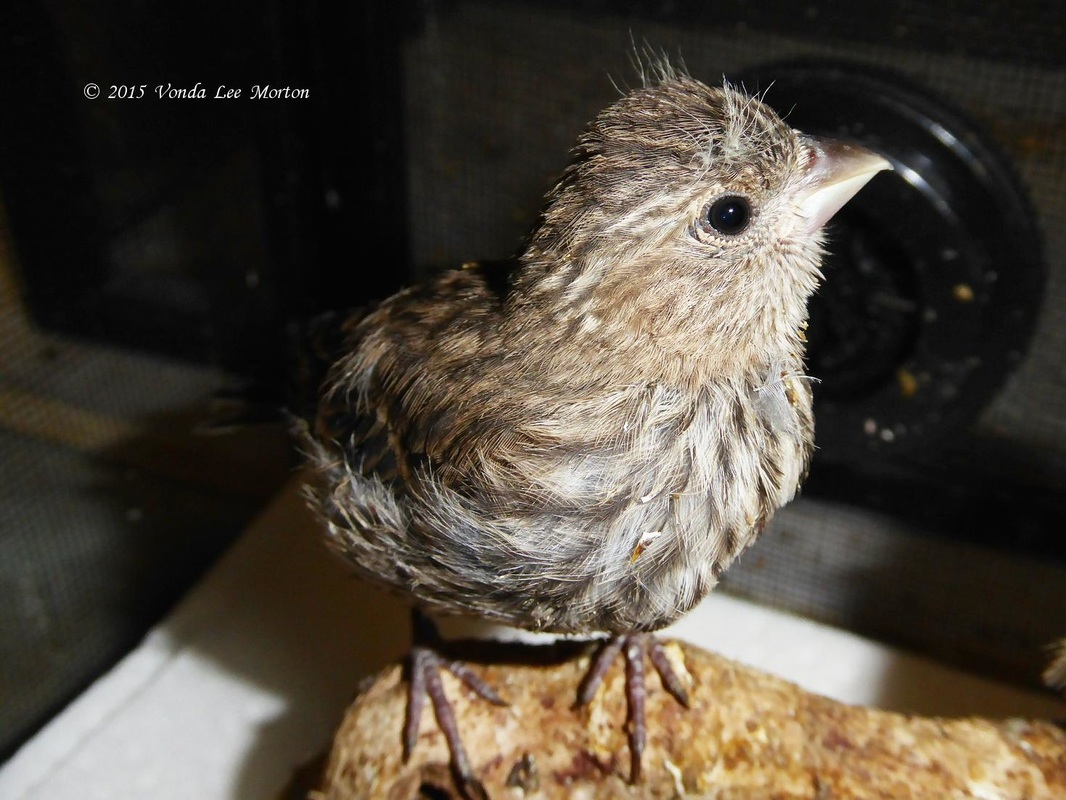
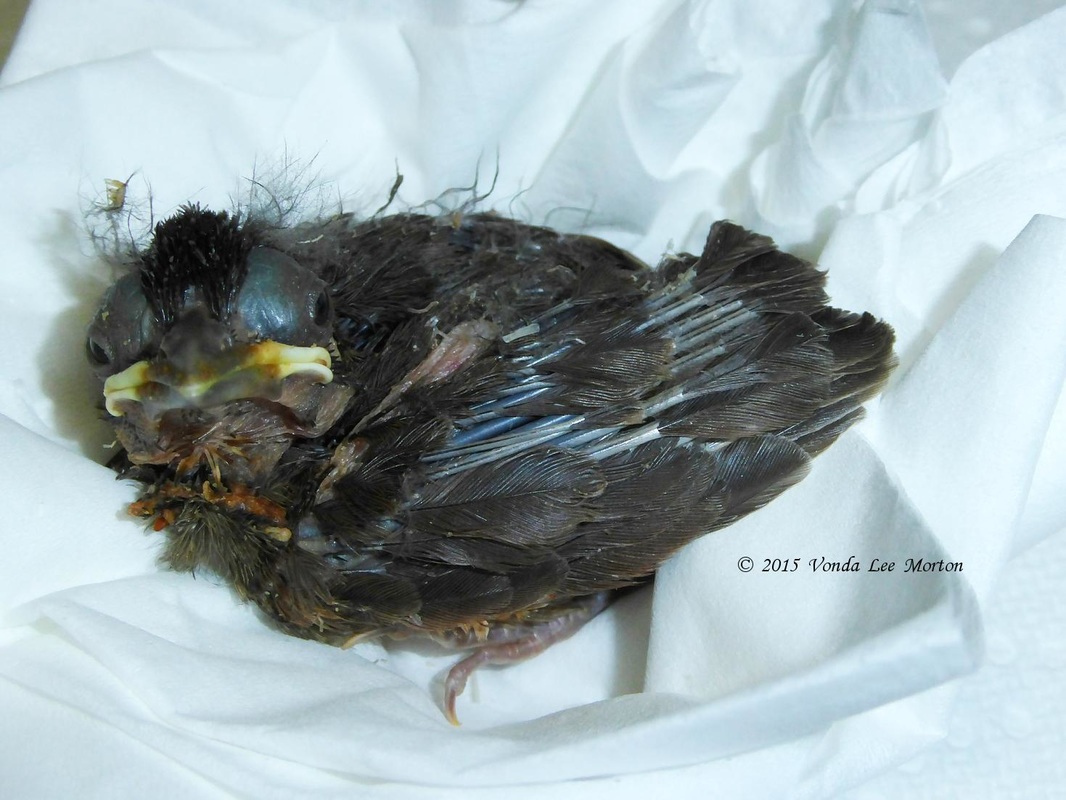
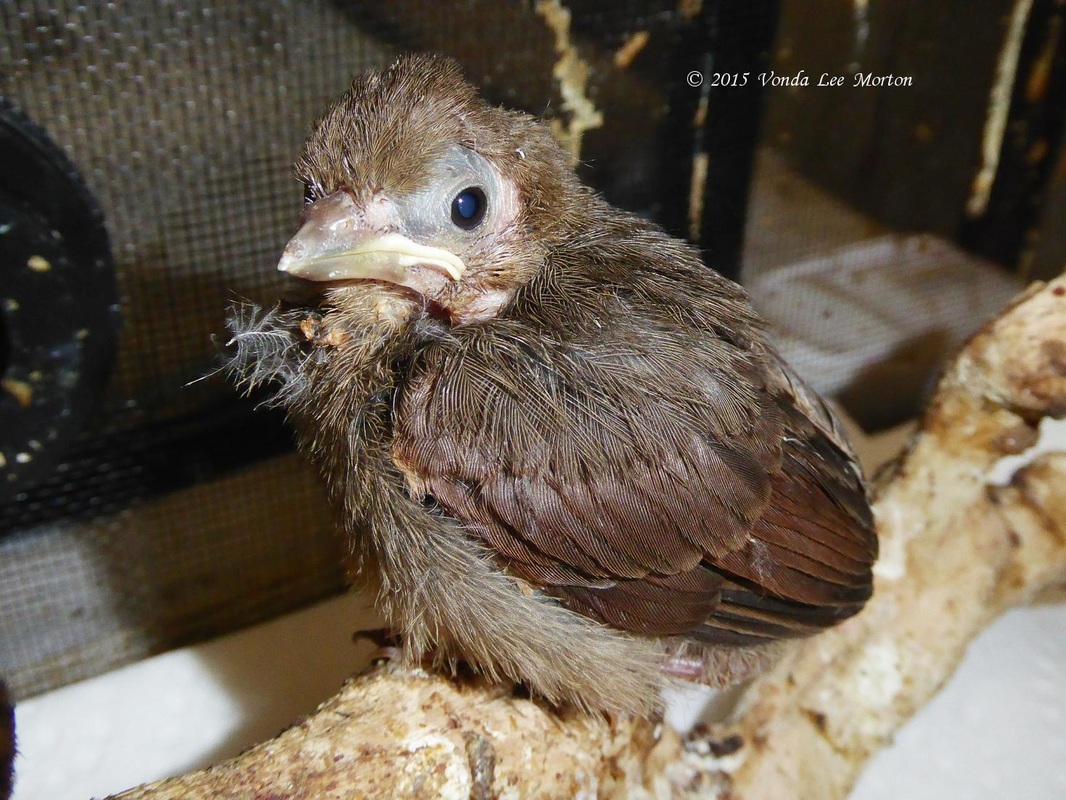
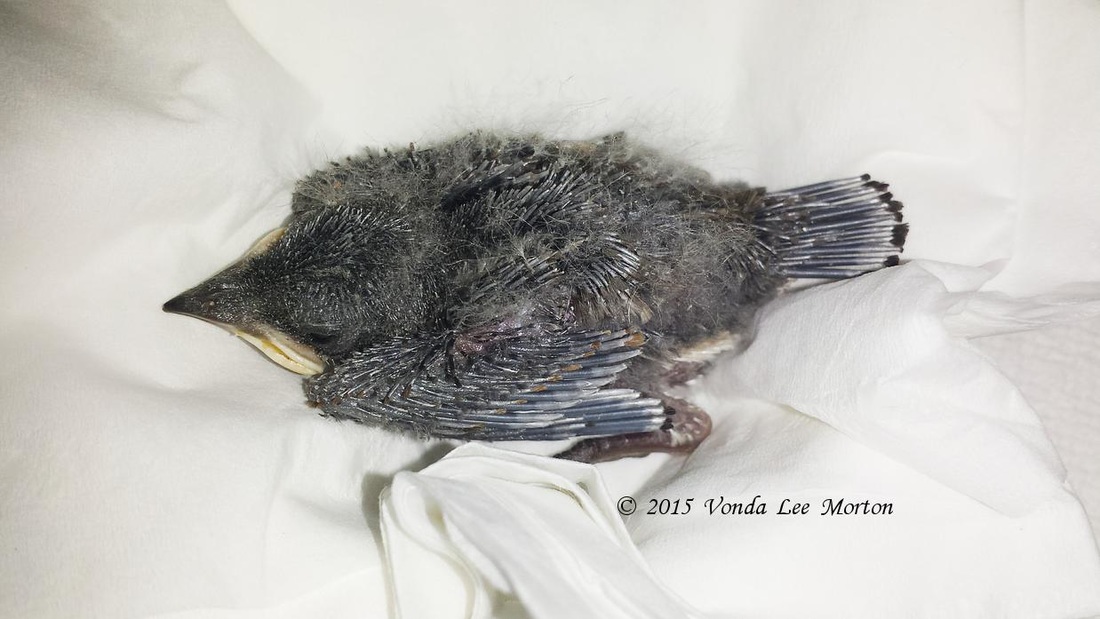
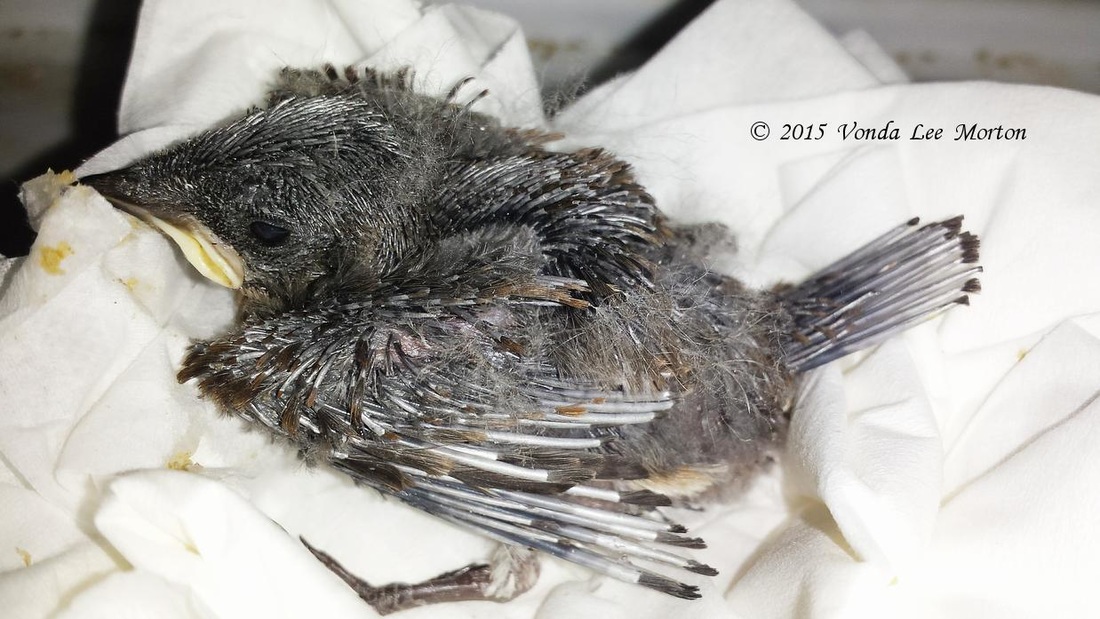
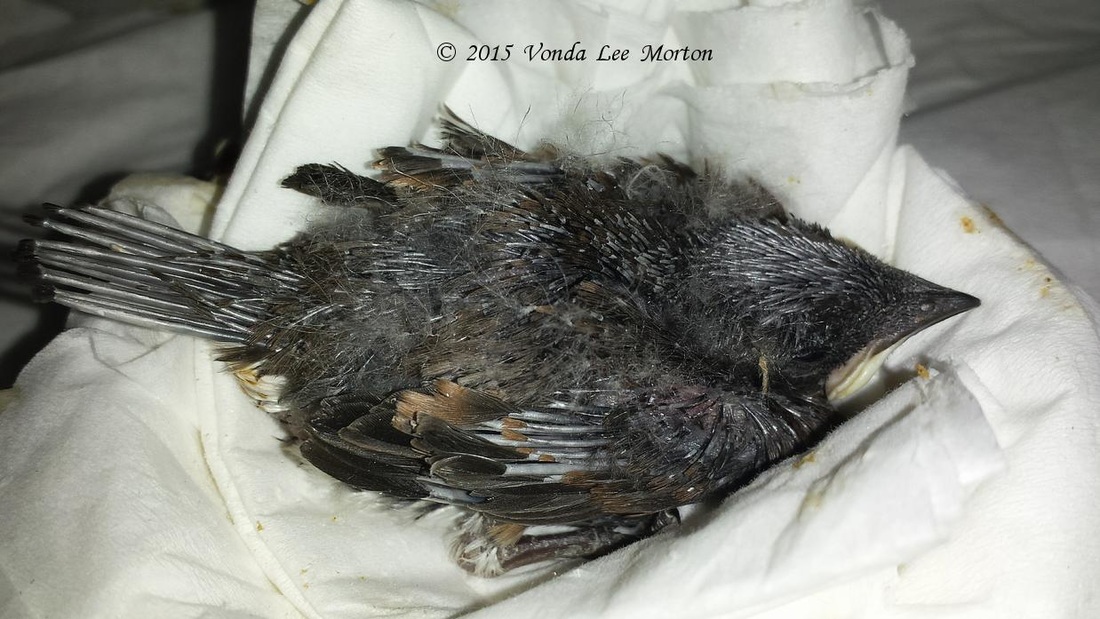
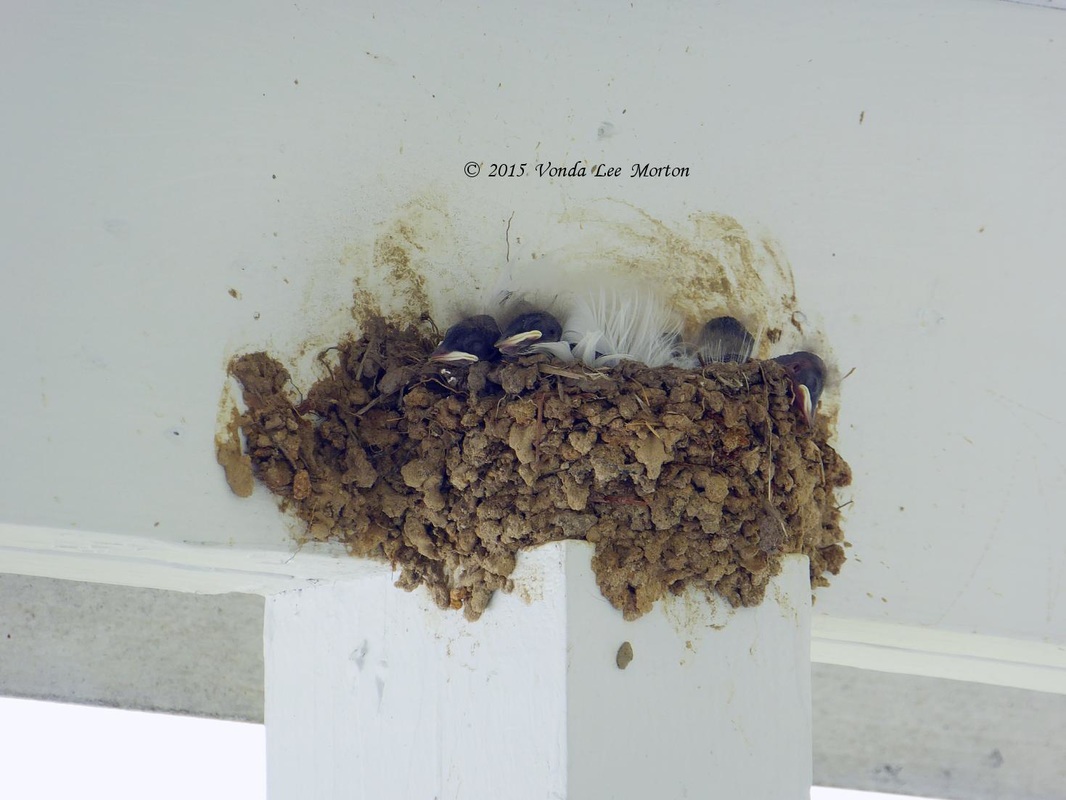
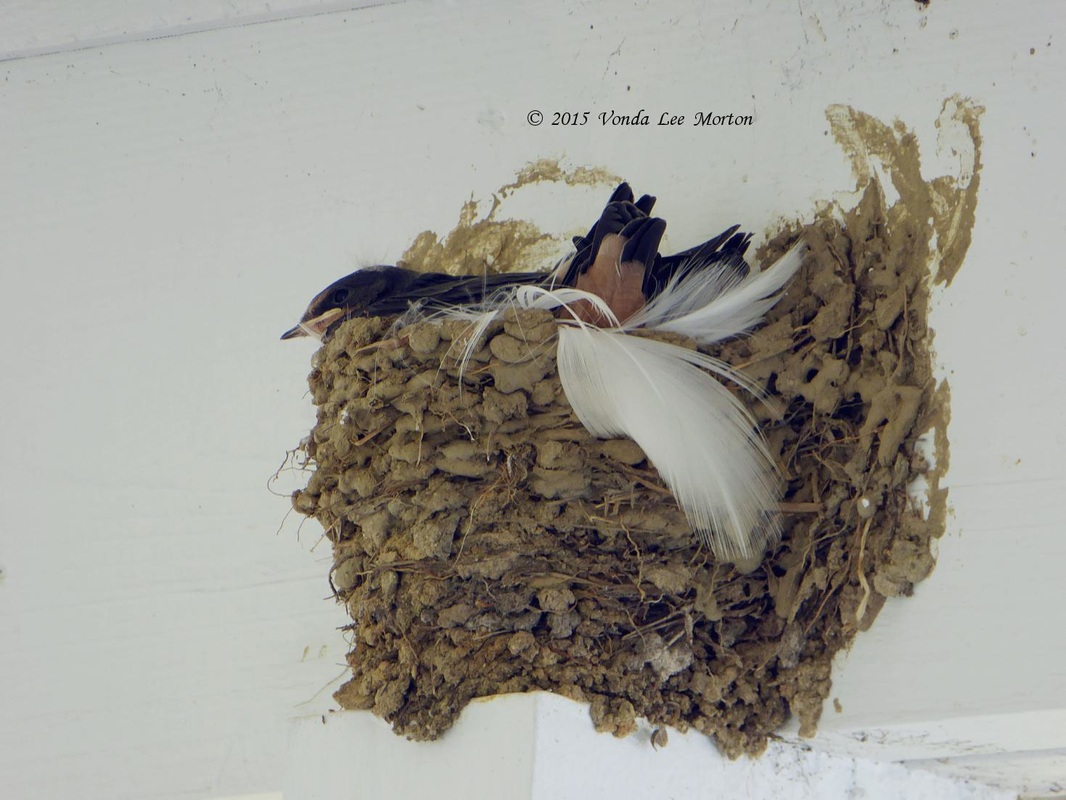
 RSS Feed
RSS Feed
